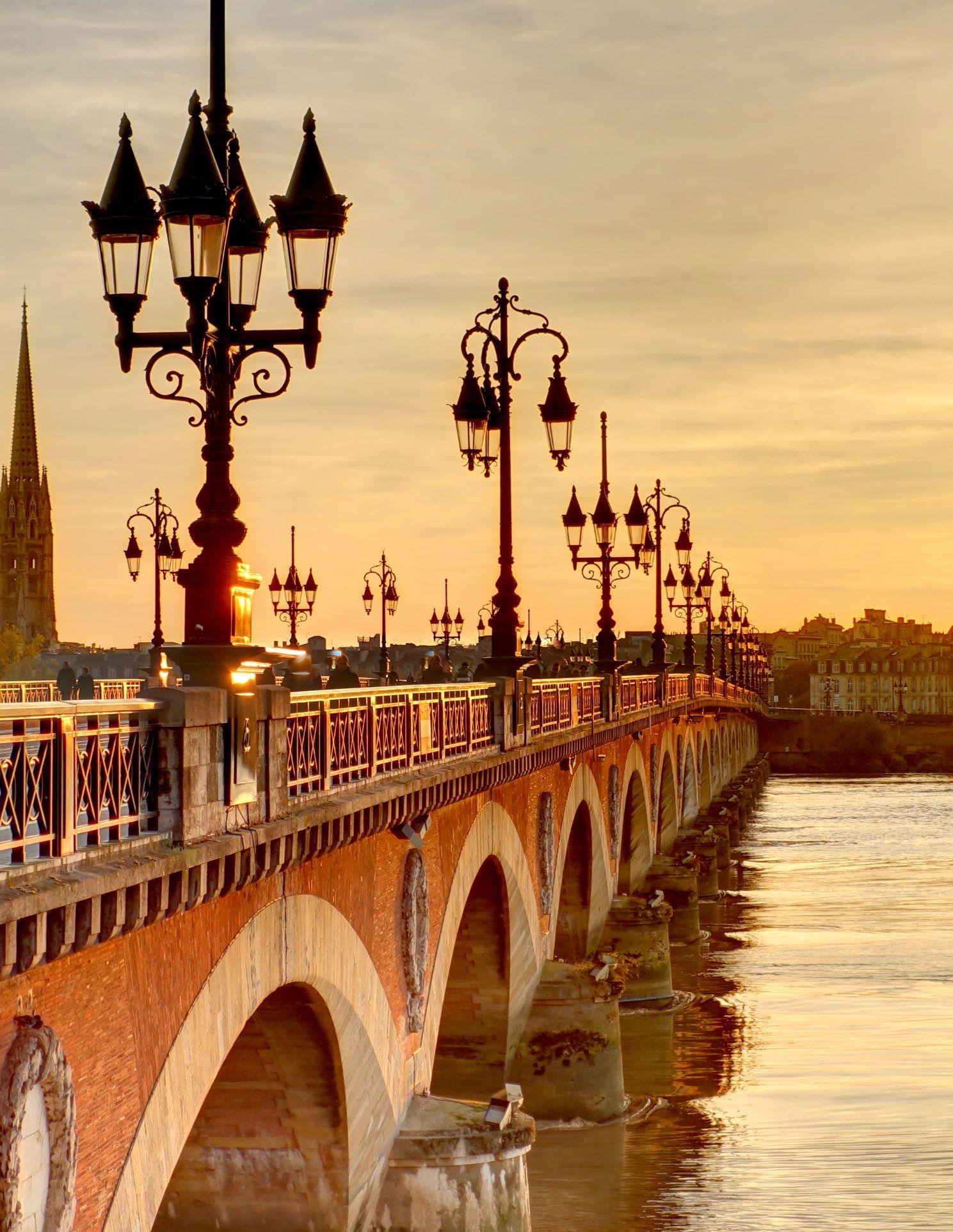Marian Shrines
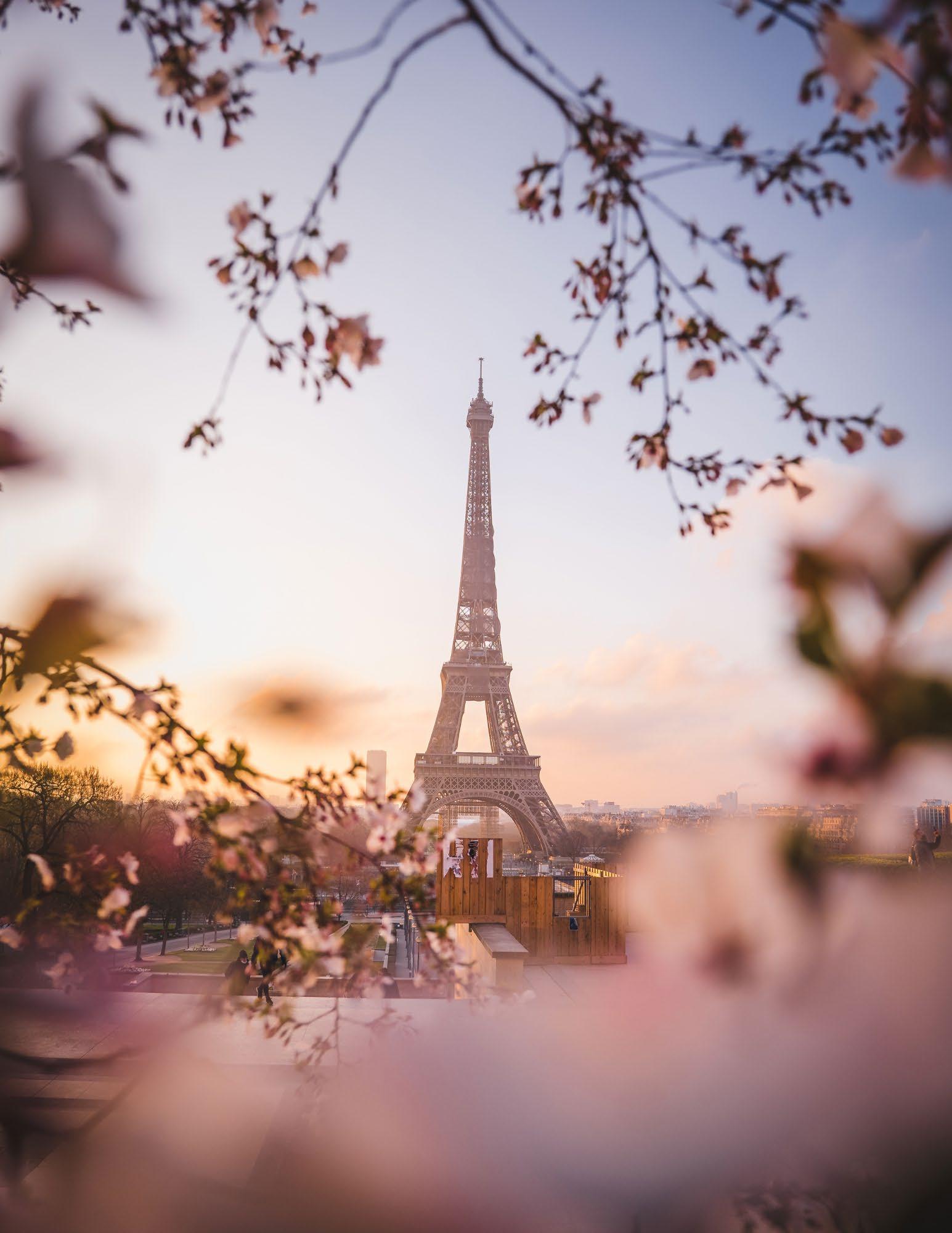
France, Spain, & Portugal
Top Sites & Destinations








Welcome to France, a country that captivates travelers with its rich history, stunning landscapes, and vibrant culture. From the iconic Eiffel Tower in Paris to the sun-drenched beaches of the French Riviera, France offers something for every kind of adventurer. Paris, the “City of Light,” dazzles with worldclass museums like the Louvre, historic landmarks such as Notre-Dame Cathedral, and charming streets filled with cafés and boutiques. Beyond the capital, you can explore the medieval charm of towns like Carcassonne, the grandeur of the Palace of Versailles, and the ancient Roman ruins in Nîmes. For nature lovers, France’s diverse regions provide endless possibilities. Wander through the lavender fields of Provence, hike the peaks of the

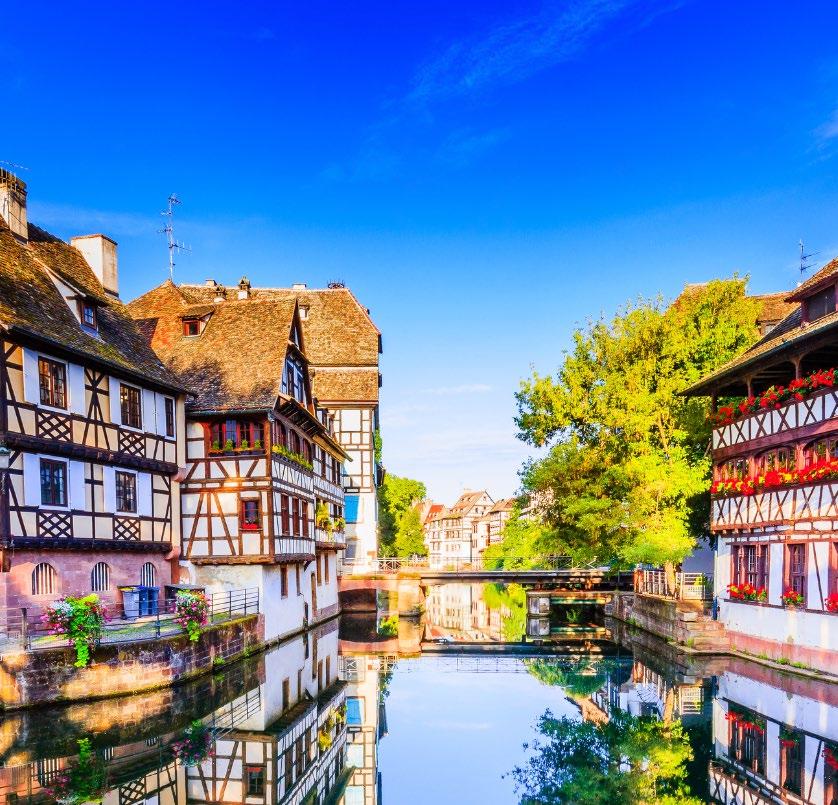
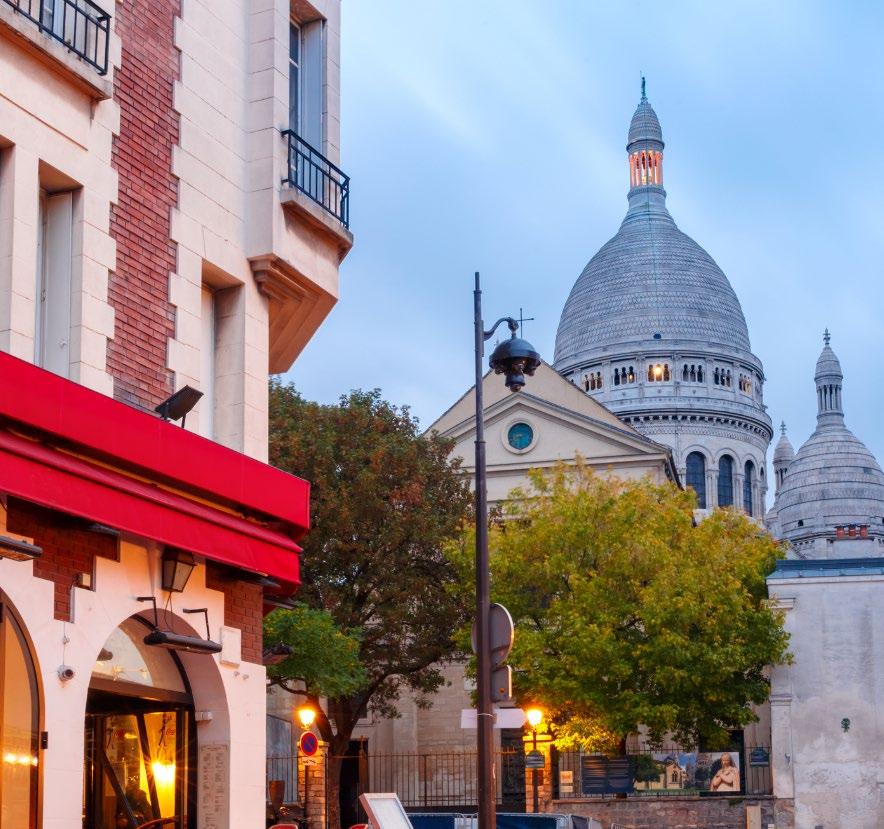
French Alps, or relax on the picturesque coastlines of Brittany and Corsica. Wine enthusiasts will revel in the vineyards of Bordeaux, Burgundy, and Champagne, where centuries of tradition meet modern viticulture. France’s cultural tapestry is as diverse as its geography. From the elegant cuisine that has made French cooking famous worldwide to its vibrant art, literature, and music scenes, France is a country where the past and present beautifully intertwine. Whether you’re exploring its grand châteaux, savoring a croissant in a Parisian café, or strolling through the charming villages of Normandy, France promises an unforgettable journey filled with beauty, history, and timeless charm.
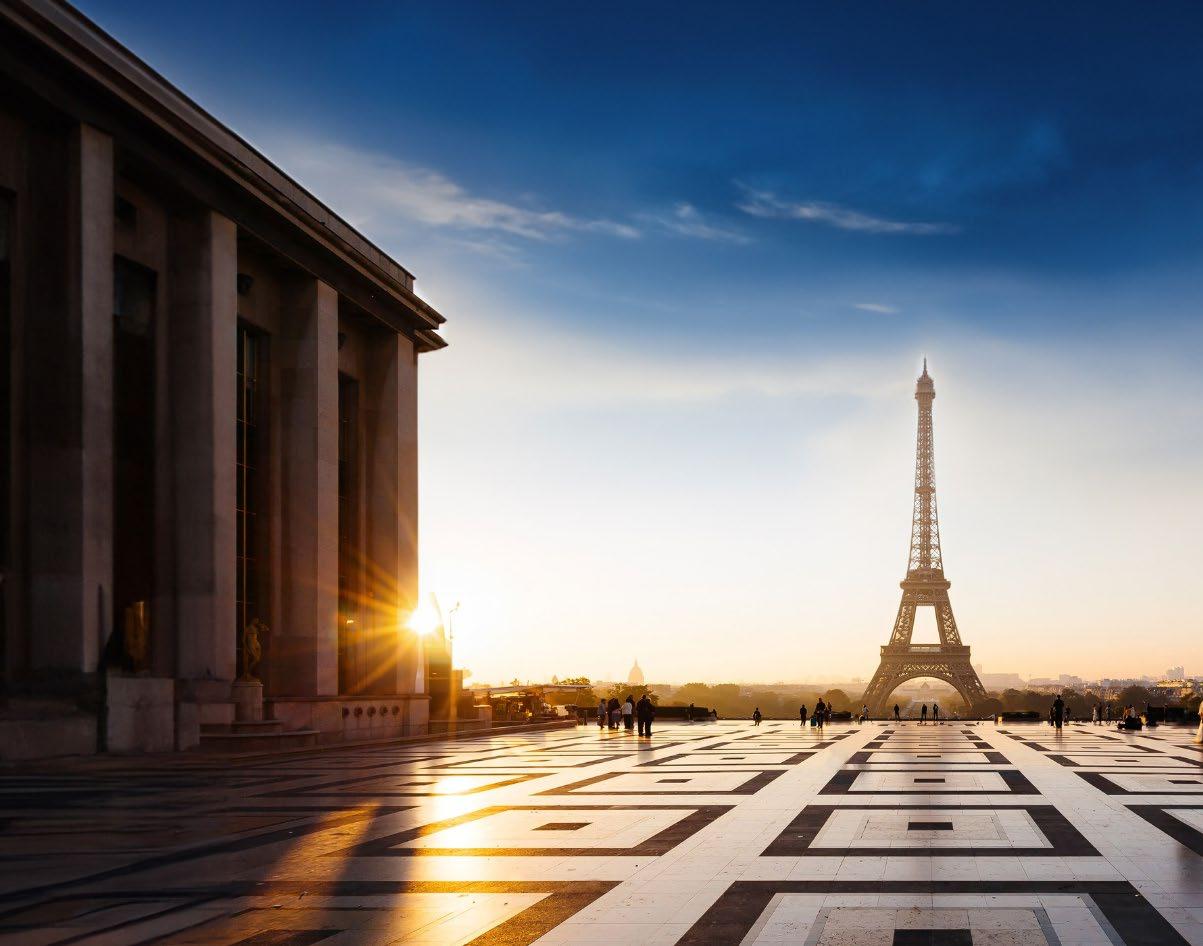
The Eiffel Tower is one of the most iconic landmarks in the world sand a symbol of Paris and France. Designed by engineer Gustave Eiffel for the 1889 World’s Fair, it was originally intended to be a temporary structure. However, due to its immense popularity, it remained and became a permanent fixture of the Paris skyline. Standing at 330 meters tall, the Eiffel Tower offers spectacular views of the city from its three levels, with the highest platform at 276 meters providing breathtaking panoramic vistas. The tower is made of wrought iron and weighs around 10,000 tons. At night, the Eiffel Tower is
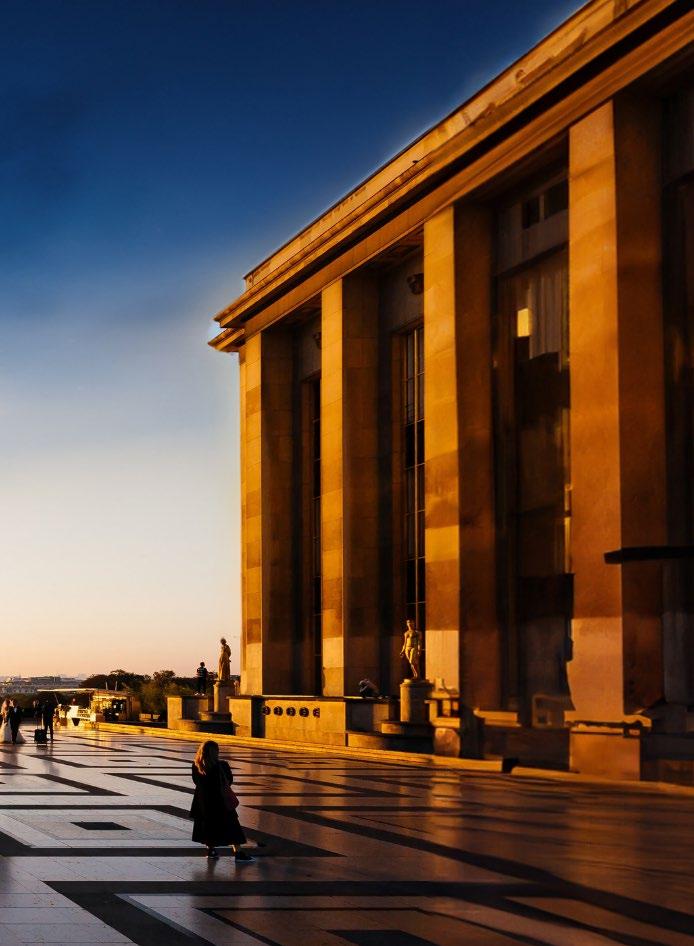
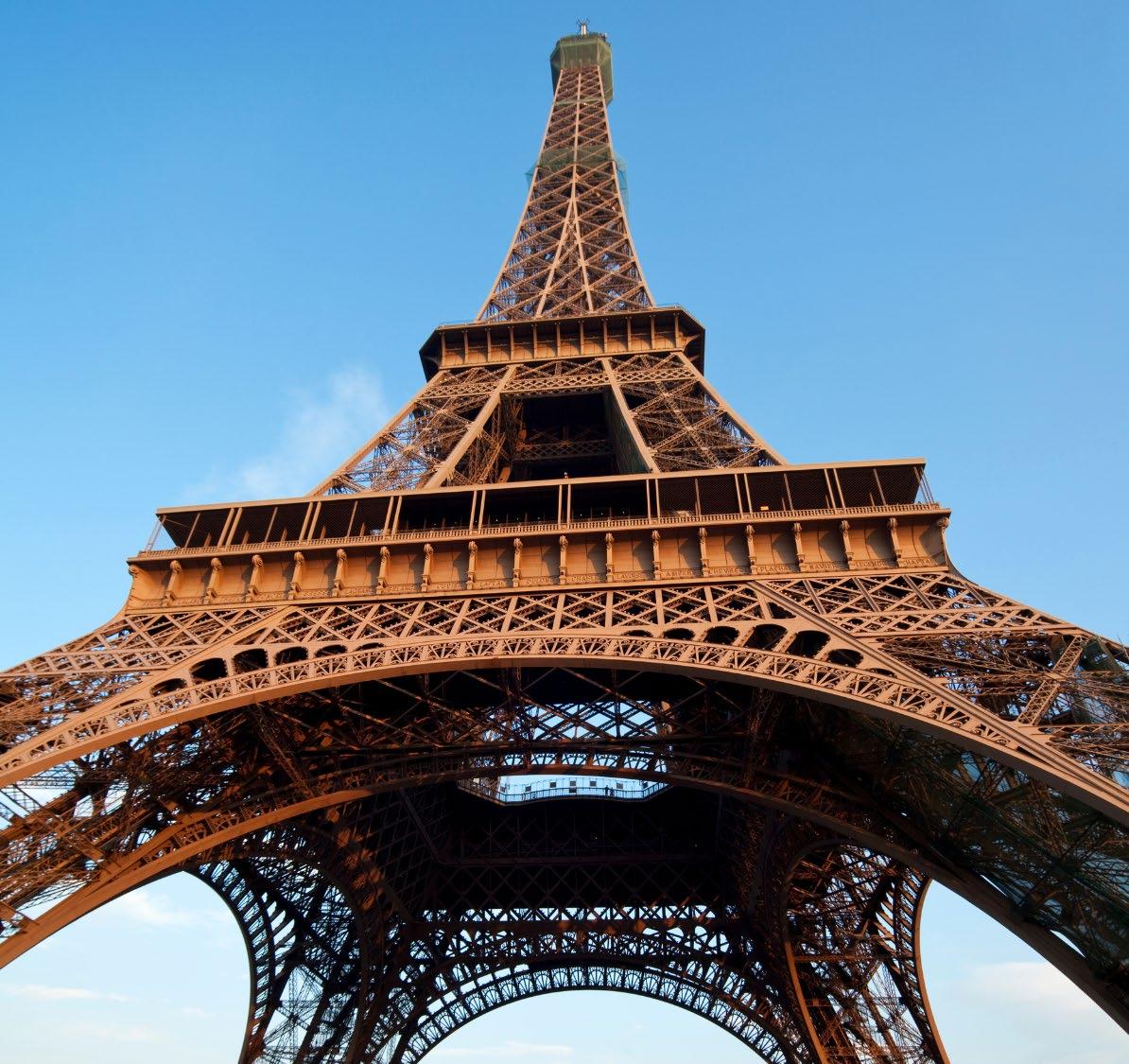

illuminated by thousands of lights, creating a magical sight that can be seen from various points in Paris. The tower has also become a hub for cultural events and celebrations, often hosting exhibitions, concerts, and special occasions such as Bastille Day fireworks. Visitors can take an elevator or climb the stairs to the first and second levels, where they will find restaurants, shops, and museums. The top level is accessible only by elevator and offers an observation deck with unparalleled views. The Eiffel Tower is more than just a tourist attraction; it is a global icon of architectural innovation and a must-see for anyone visiting Paris.
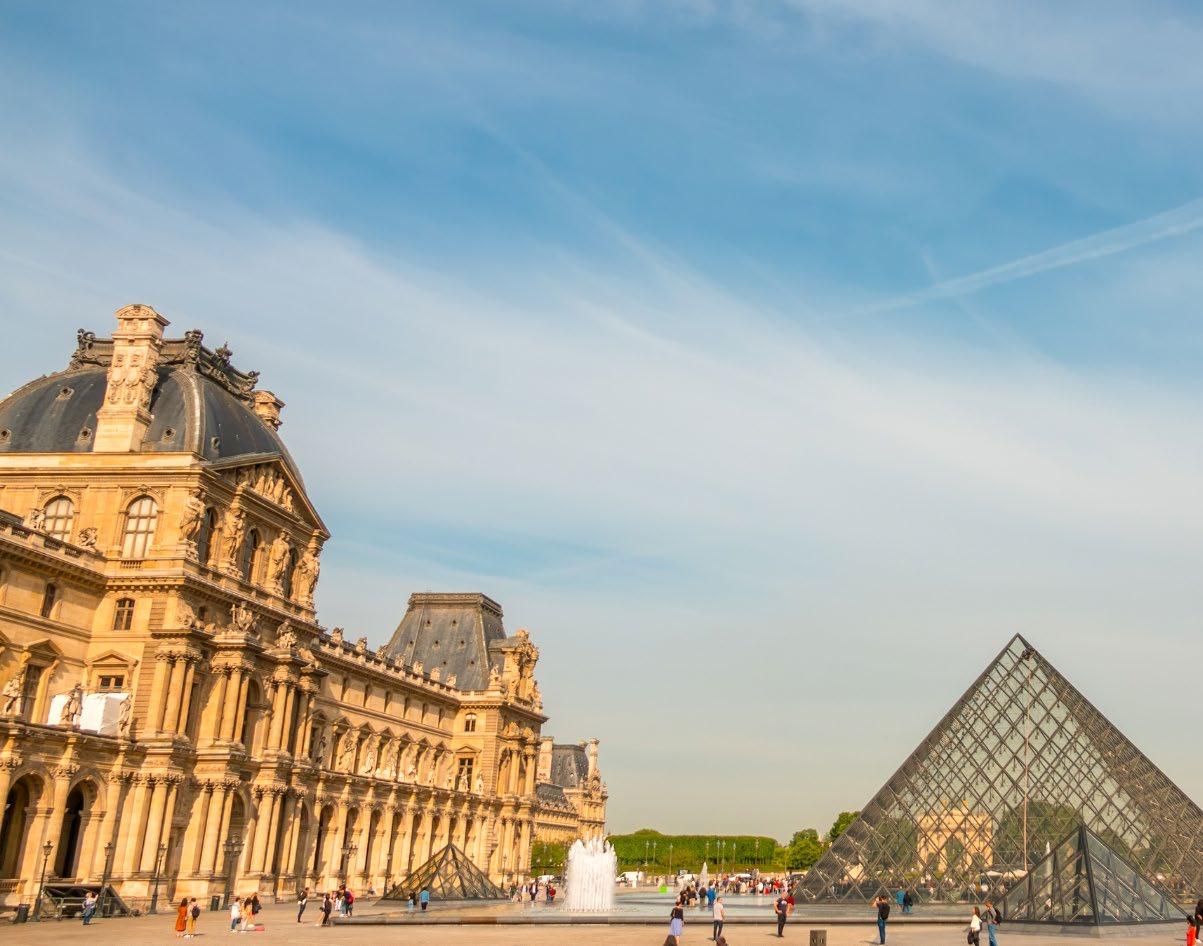
The Louvre is the largest and most visited art museum in the world, located in the heart of Paris. Originally built as a fortress in the late 12th century by King Philip II, it was transformed into a royal palace before becoming a public museum in 1793. Today, the Louvre houses over 38,000 works of art, spanning from ancient civilizations to the 19th century, making it a treasure trove of human history and creativity. The museum’s most famous piece is Leonardo da Vinci’s Mona Lisa, but the collection also includes masterpieces such as the Venus de Milo, The Winged Victory of Samothrace, and Liberty Leading the People by Eugène Delacroix. Visitors can explore a vast array of
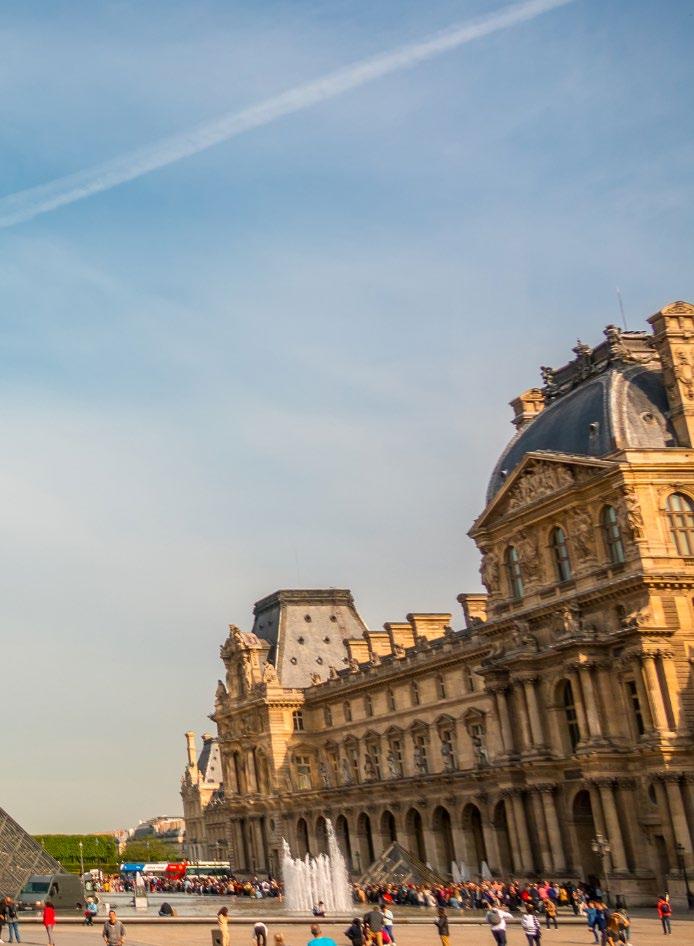
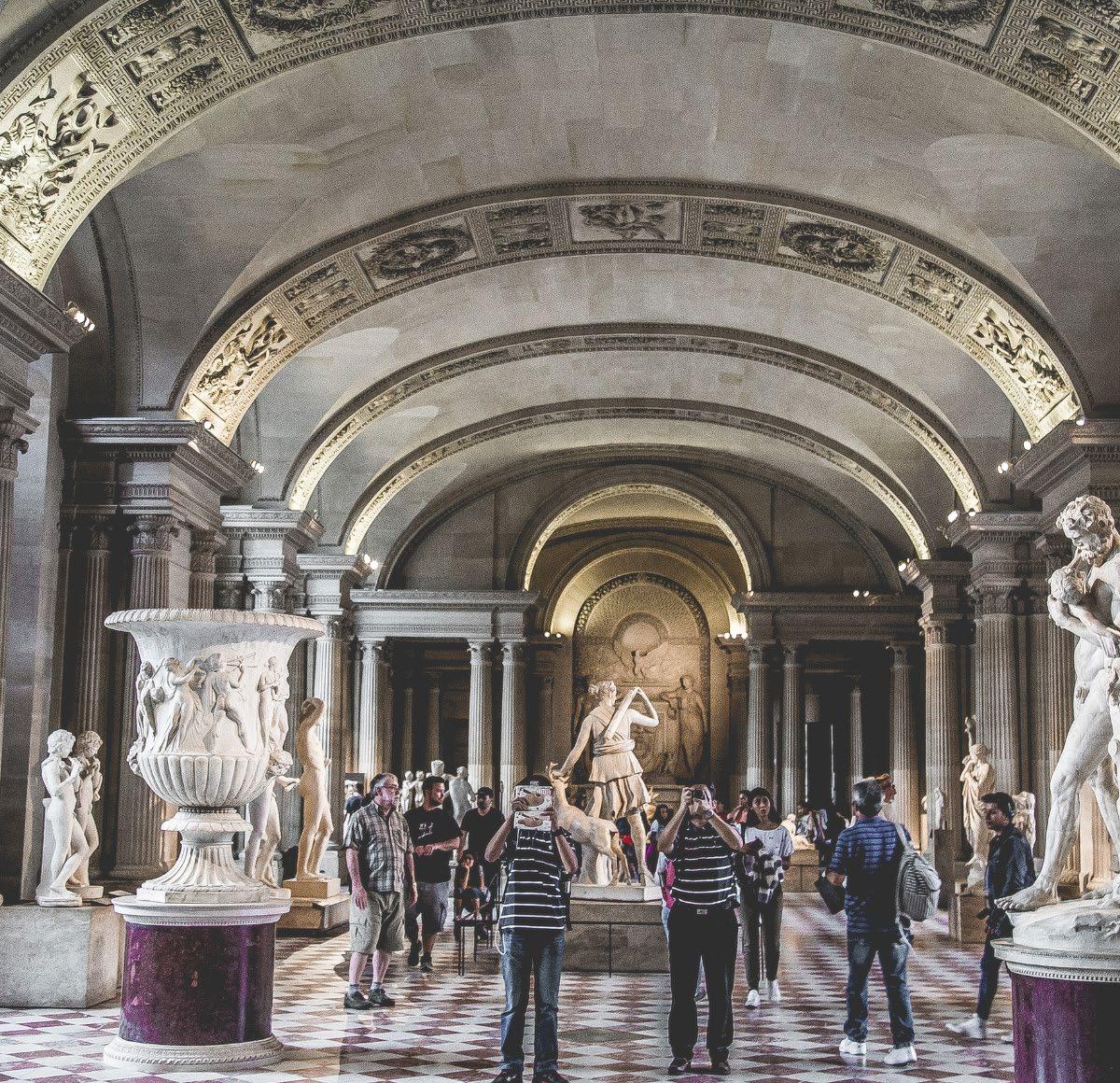

galleries showcasing everything from ancient Egyptian artifacts and Greek sculptures to French and Italian Renaissance paintings. The Louvre itself is a work of art, with its glass pyramid entrance designed by architect I. M. Pei becoming an iconic symbol of modernity blending with historical grandeur. Visitors can spend hours wandering through its many wings, discovering world-famous masterpieces and lesser-known gems. The Louvre’s immense collection and its stunning architecture make it an essential stop for art lovers and history enthusiasts alike.
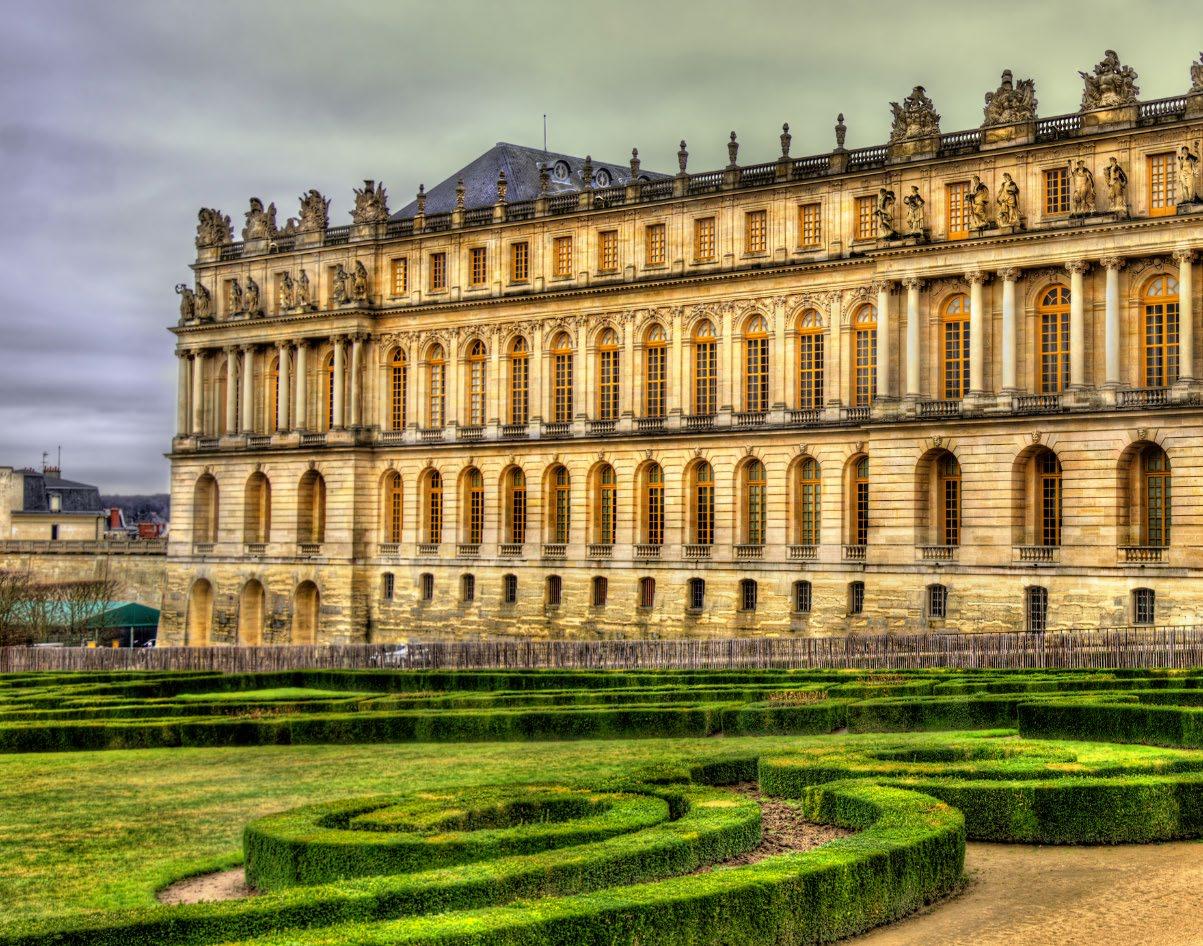
The Palace of Versailles is one of the most extravagant royal residences in the world, symbolizing the absolute power of the French monarchy in the 17th and 18th centuries. Originally a hunting lodge for King Louis XIII, it was transformed and expanded by his son, Louis XIV, into the sprawling palace we see today. Located about 20 kilometers southwest of Paris, Versailles became the center of political power in France until the French Revolution in 1789. The palace is renowned for its opulent design, with over 2,300 rooms, including the grand Hall of Mirrors, where the Treaty of Versailles was signed in 1919. This long gallery, lined with 17 mirrors on one side and
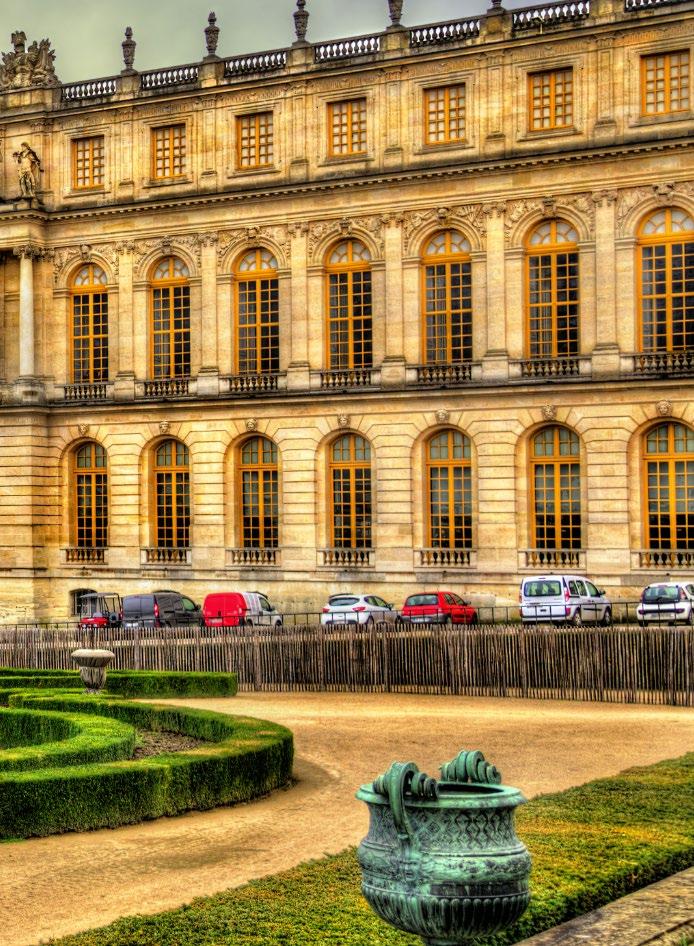
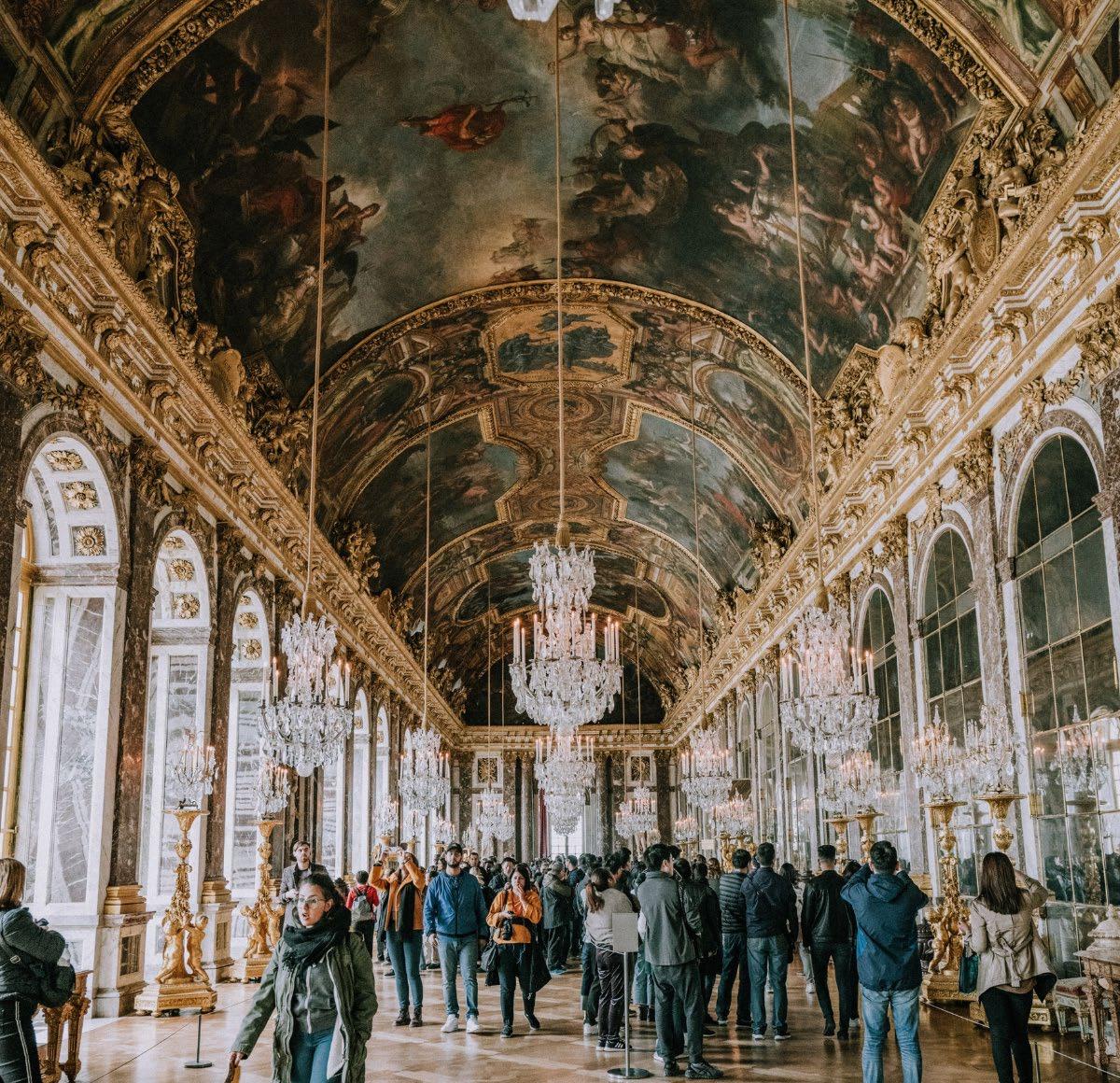
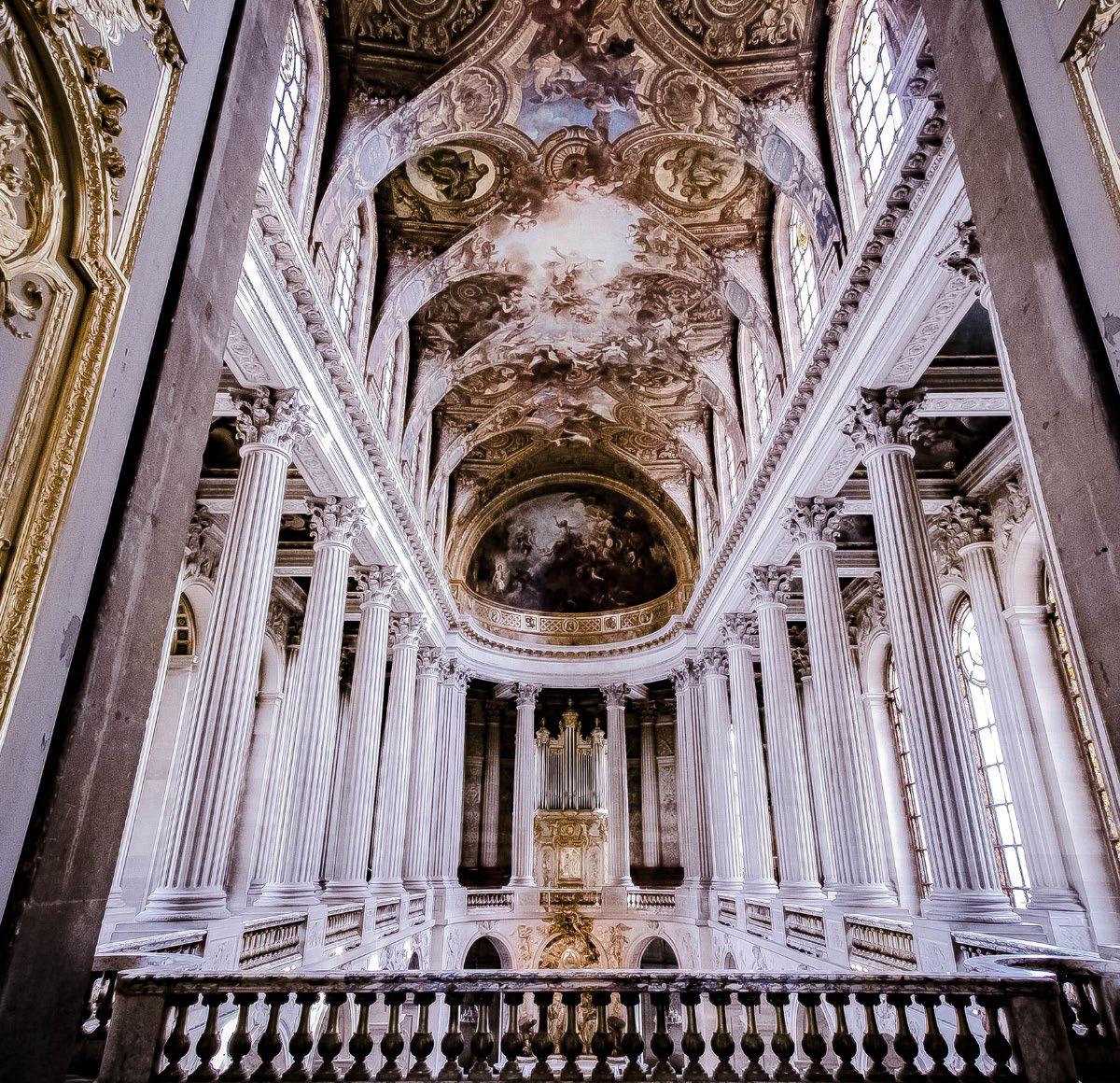
arched windows on the other, reflects the gardens outside and is illuminated by sparkling chandeliers. Visitors can explore the king’s and queen’s private apartments, the royal chapel, and the stunning gardens designed by landscape architect André Le Nôtre. The meticulously manicured gardens, with their fountains, statues, and geometrically arranged flowerbeds, cover 800 hectares and offer a serene contrast to the grandeur of the palace interiors. Versailles represents the height of French artistic and architectural achievement and is a must-see for those interested in history, architecture, and garden design.
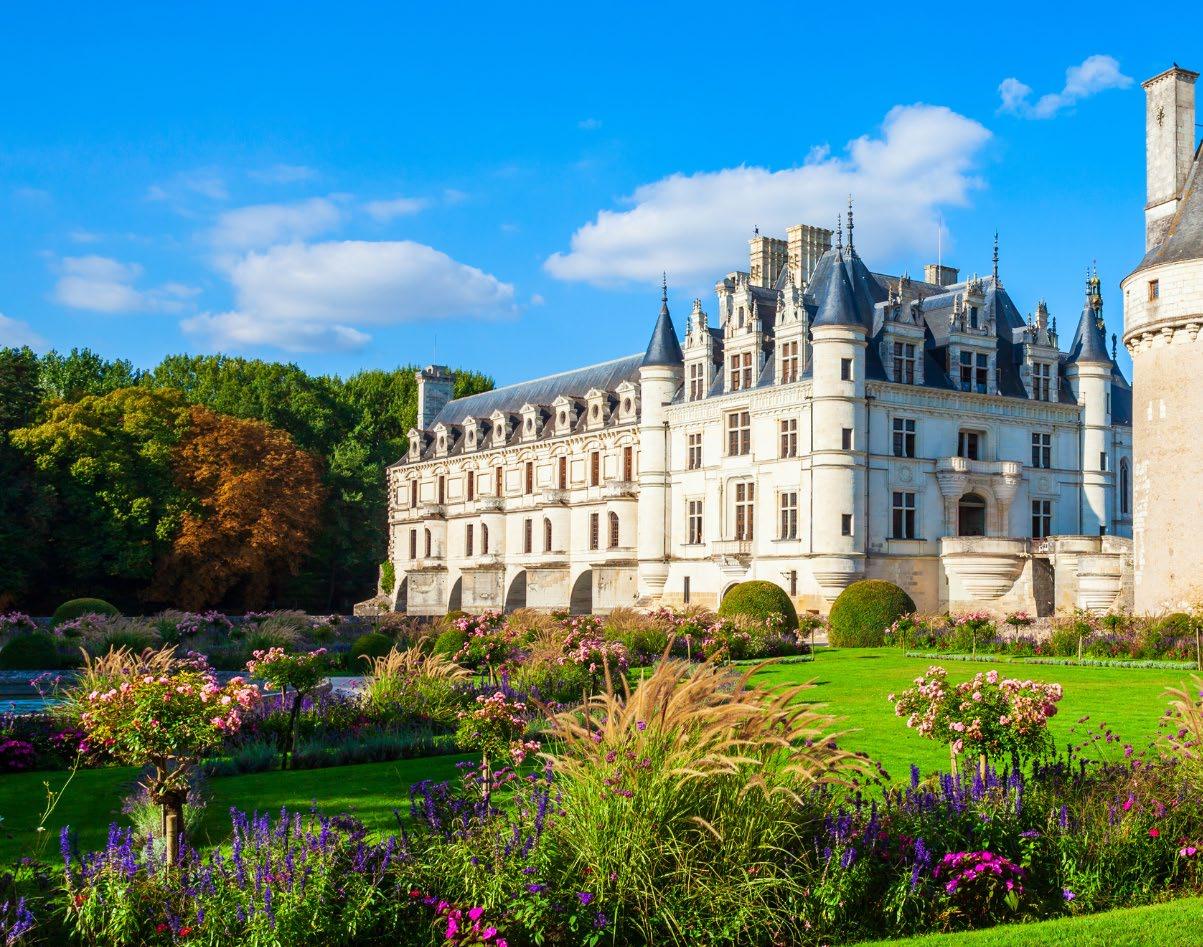
Château de Chenonceau, often referred to as the “Ladies’ Castle,” is one of the most enchanting castles in the Loire Valley. Built in the early 16th century by Catherine Briçonnet and later expanded by notable women such as Diane de Poitiers and Catherine de’ Medici, the château is renowned for its elegant architecture and picturesque setting. The castle spans the River Cher, with its long gallery extending over the water, creating a striking reflection in the river below. Its interior is adorned with period furniture, tapestries, and
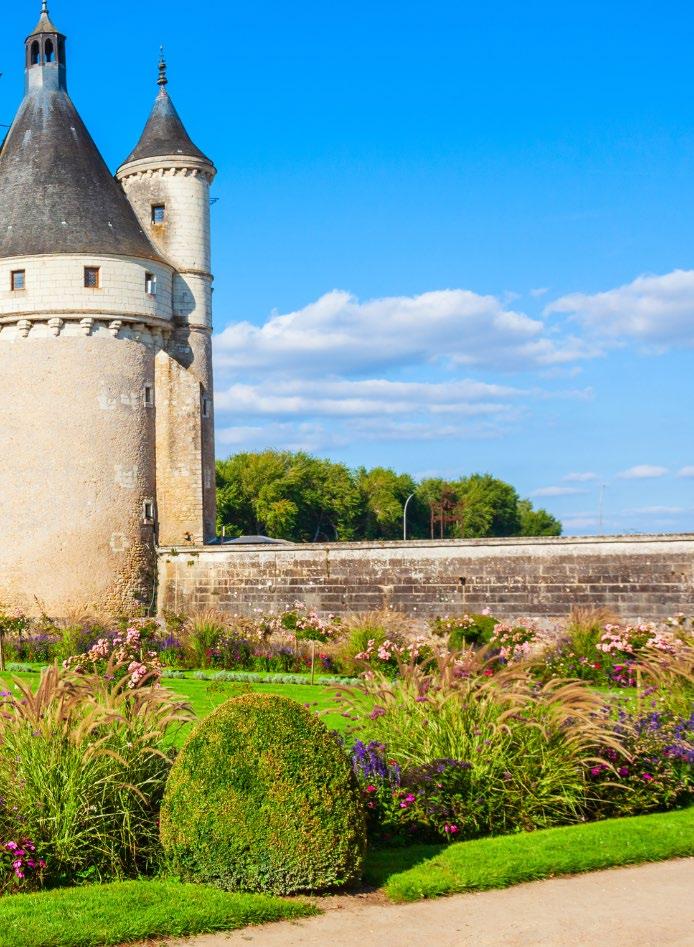
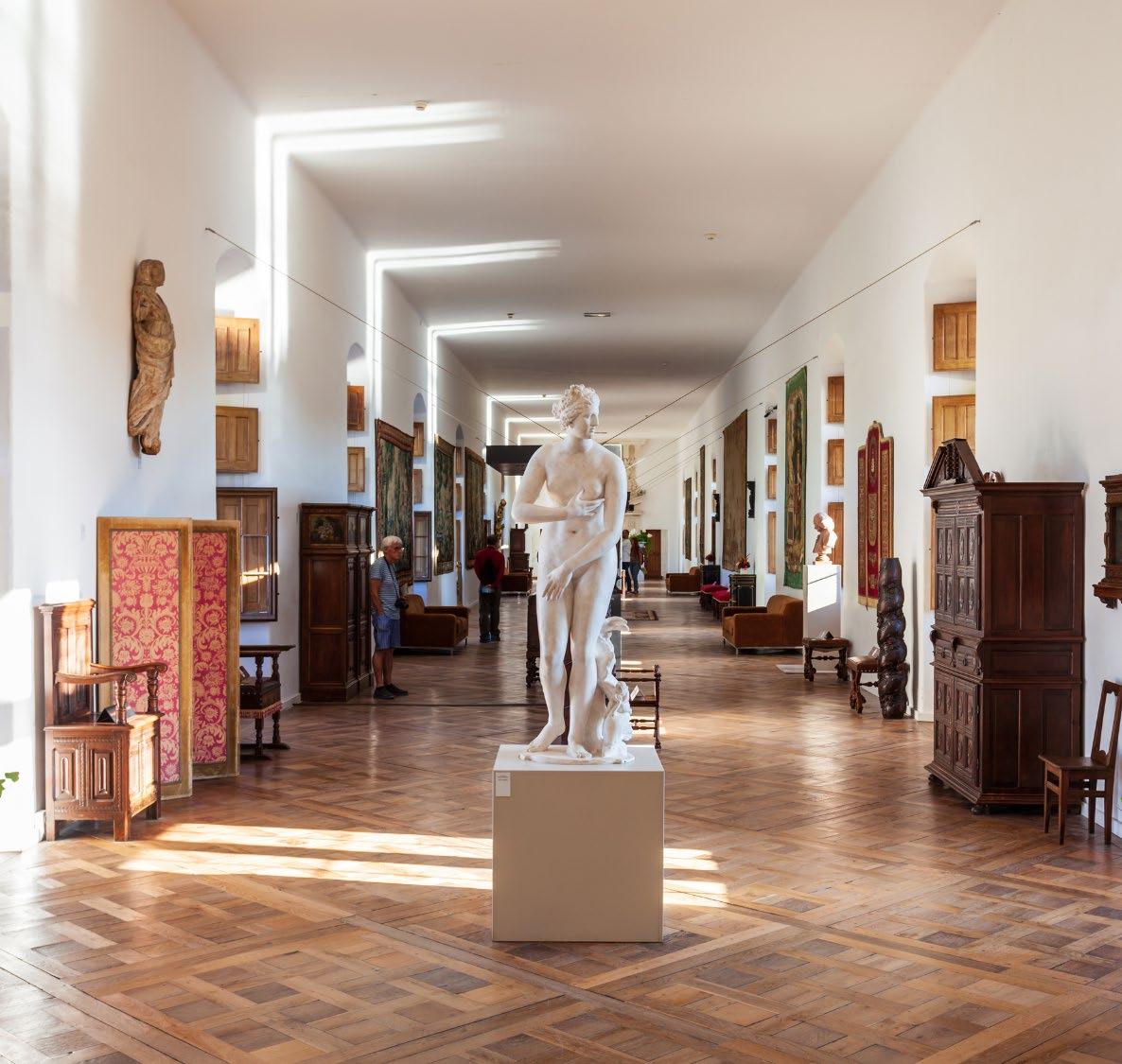
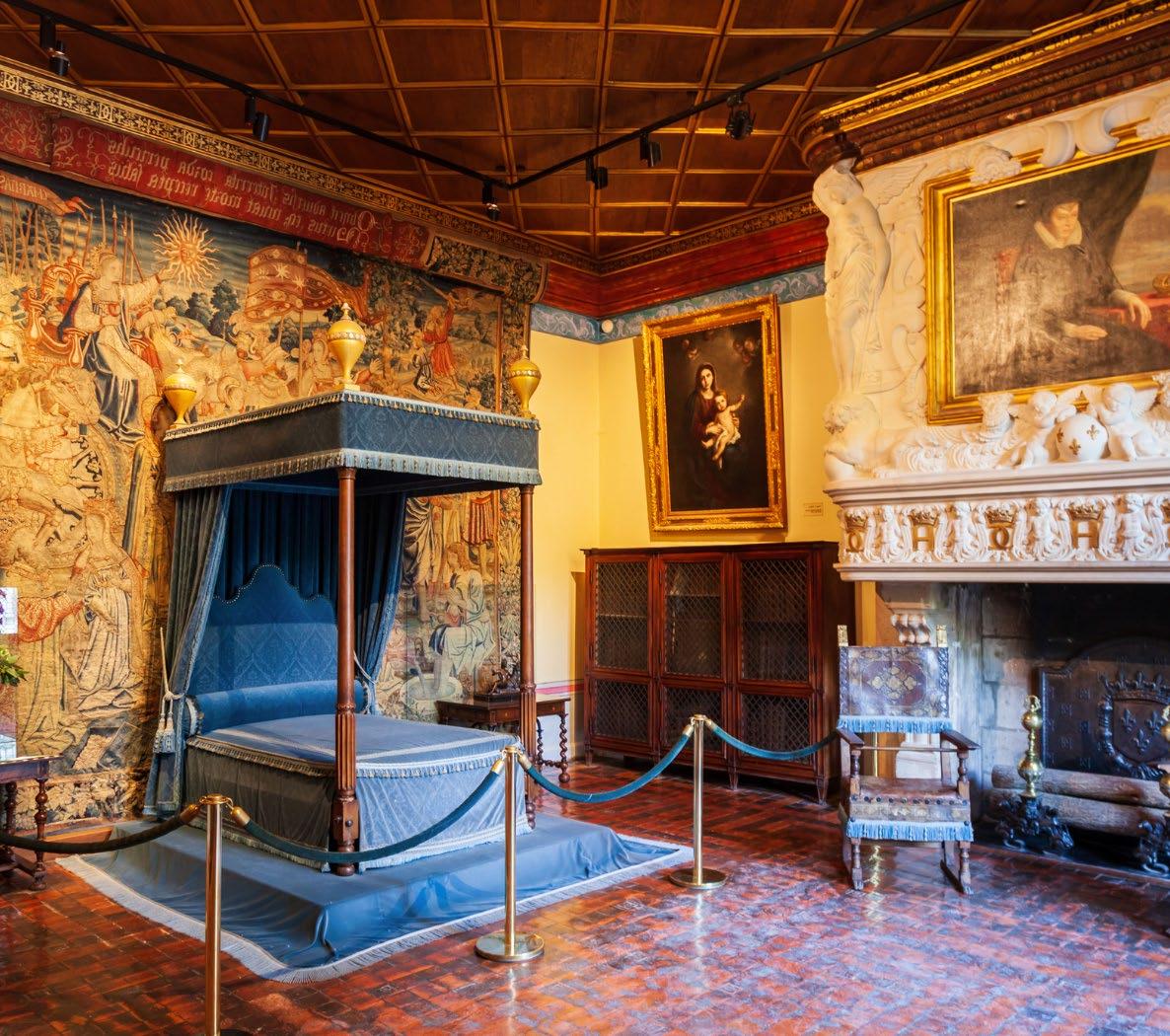
artworks, while the beautifully landscaped gardens and park offer a serene environment for visitors. The château’s distinctive bridge and stunning floral displays contribute to its reputation as one of France’s most romantic and photogenic castles. Château de Chenonceau’s rich history, artistic heritage, and scenic beauty make it a must-visit destination in the Loire Valley. The château’s unique architectural design and its association with influential women in French history add to its allure and historical significance.
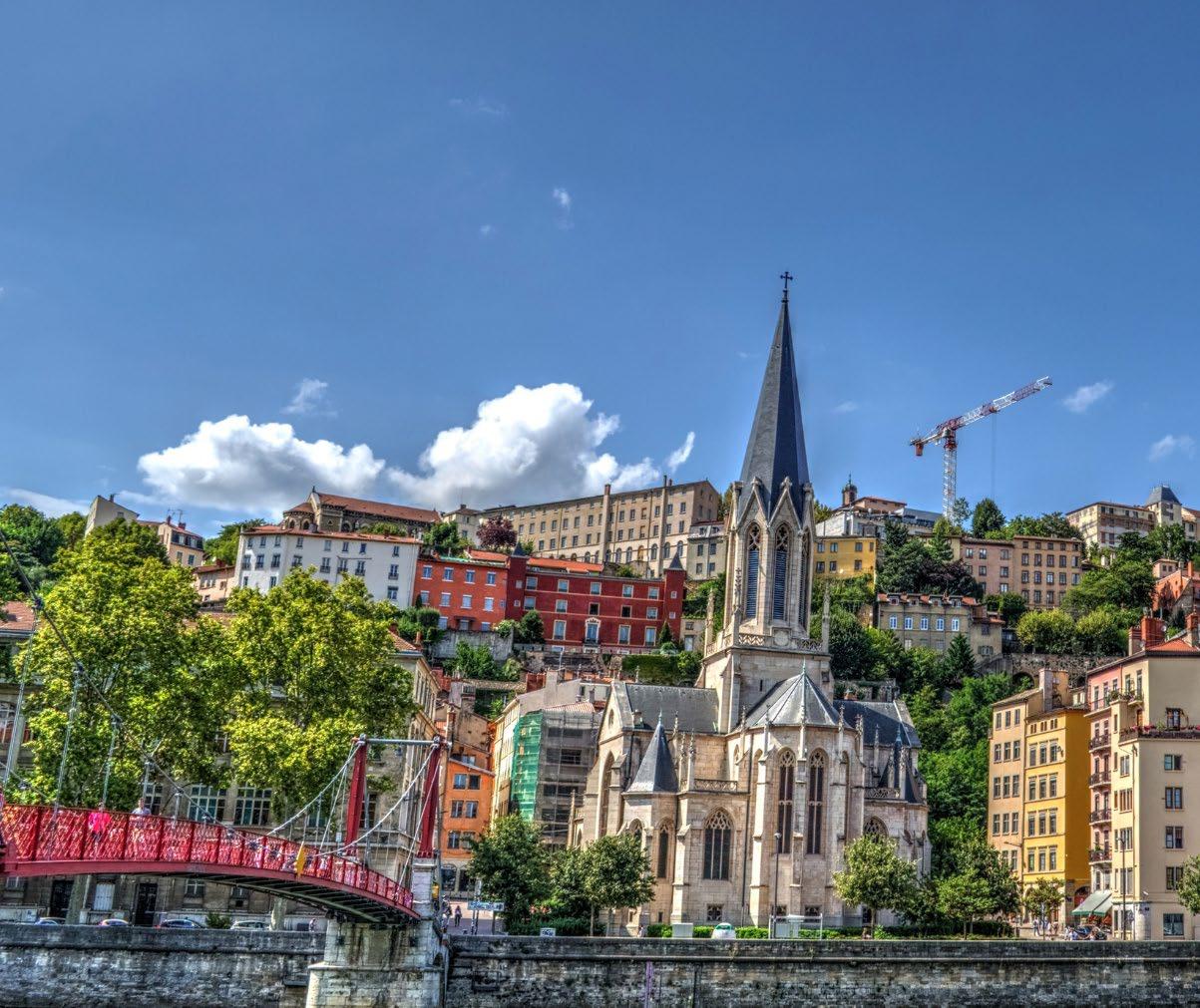
Lyon’s Old Town, or Vieux Lyon, is a remarkably well-preserved Renaissance district located in the heart of Lyon, France’s third-largest city. This historic neighborhood is characterized by its narrow, winding streets, medieval architecture, and charming courtyards. The area is a UNESCO World Heritage Site and offers a glimpse into Lyon’s rich history, with its beautifully restored buildings dating back to the 15th and 16th centuries. Visitors can explore landmarks such as the Saint-Jean Cathedral, known for its stunning Gothic architecture and astronomical clock, and the traboules, hidden
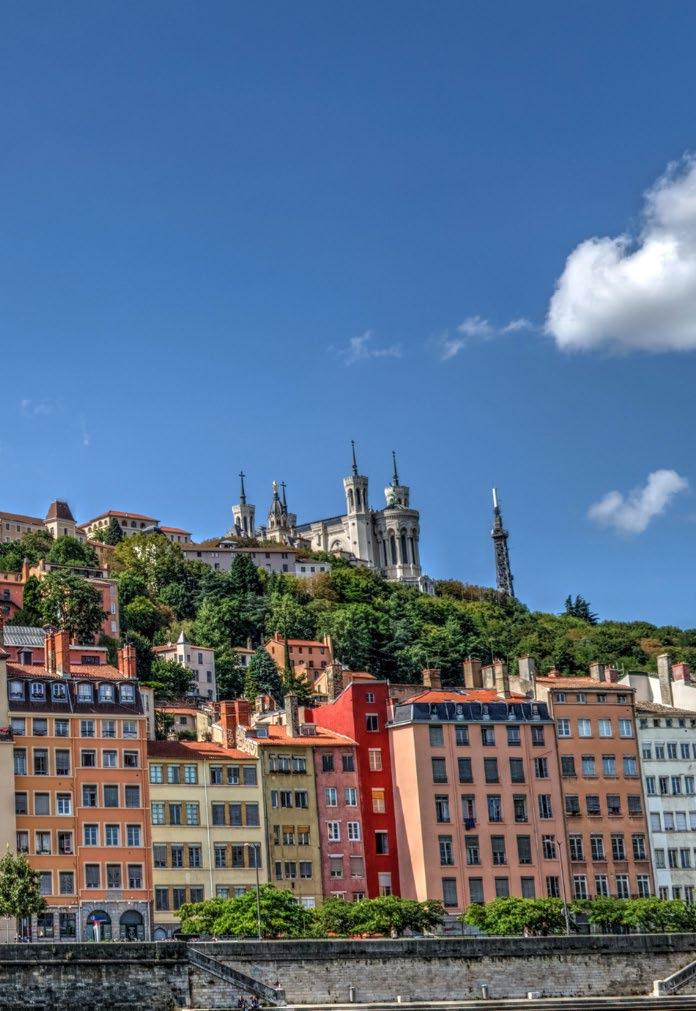
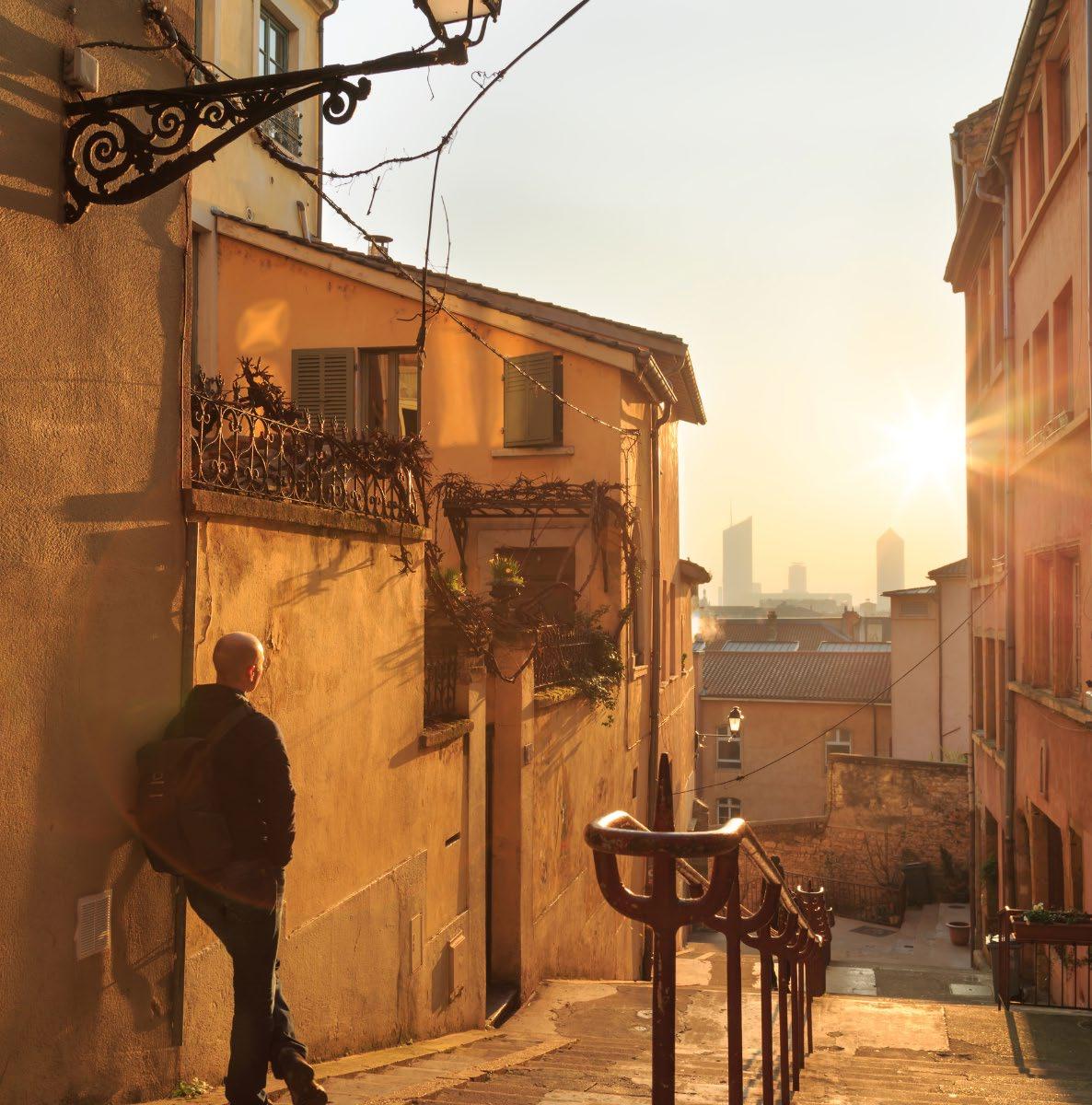
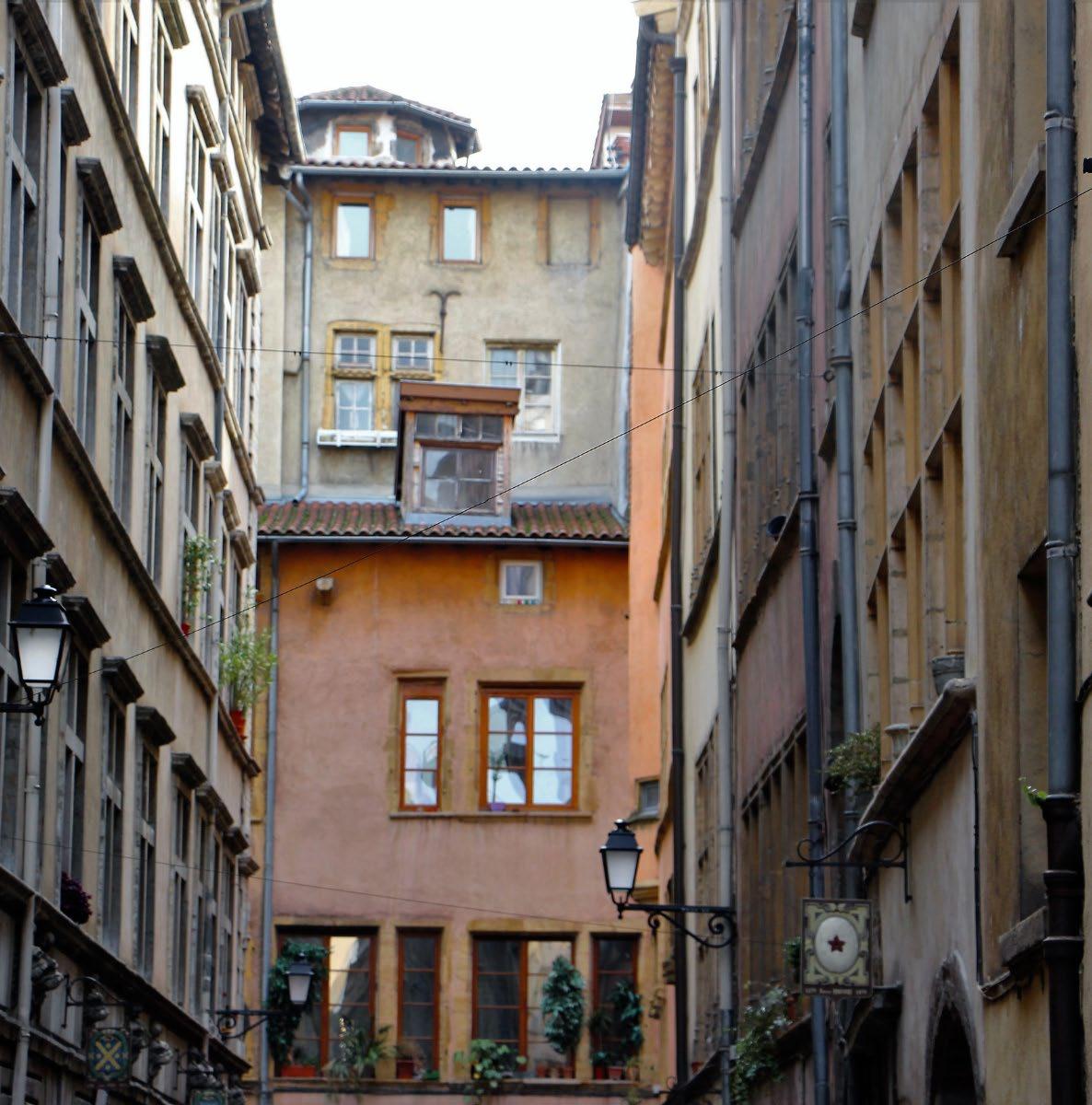
passageways that were used by silk merchants in the past. The neighborhood is also famous for its bouchons, traditional Lyonnaise restaurants that serve local specialties such as quenelles and coq au vin. The area’s vibrant atmosphere, historical significance, and culinary delights make it a mustvisit destination for anyone exploring Lyon. Vieux Lyon’s combination of historical charm, architectural beauty, and local gastronomy provides a rich cultural experience, showcasing Lyon’s role as a center of history, culture, and cuisine.
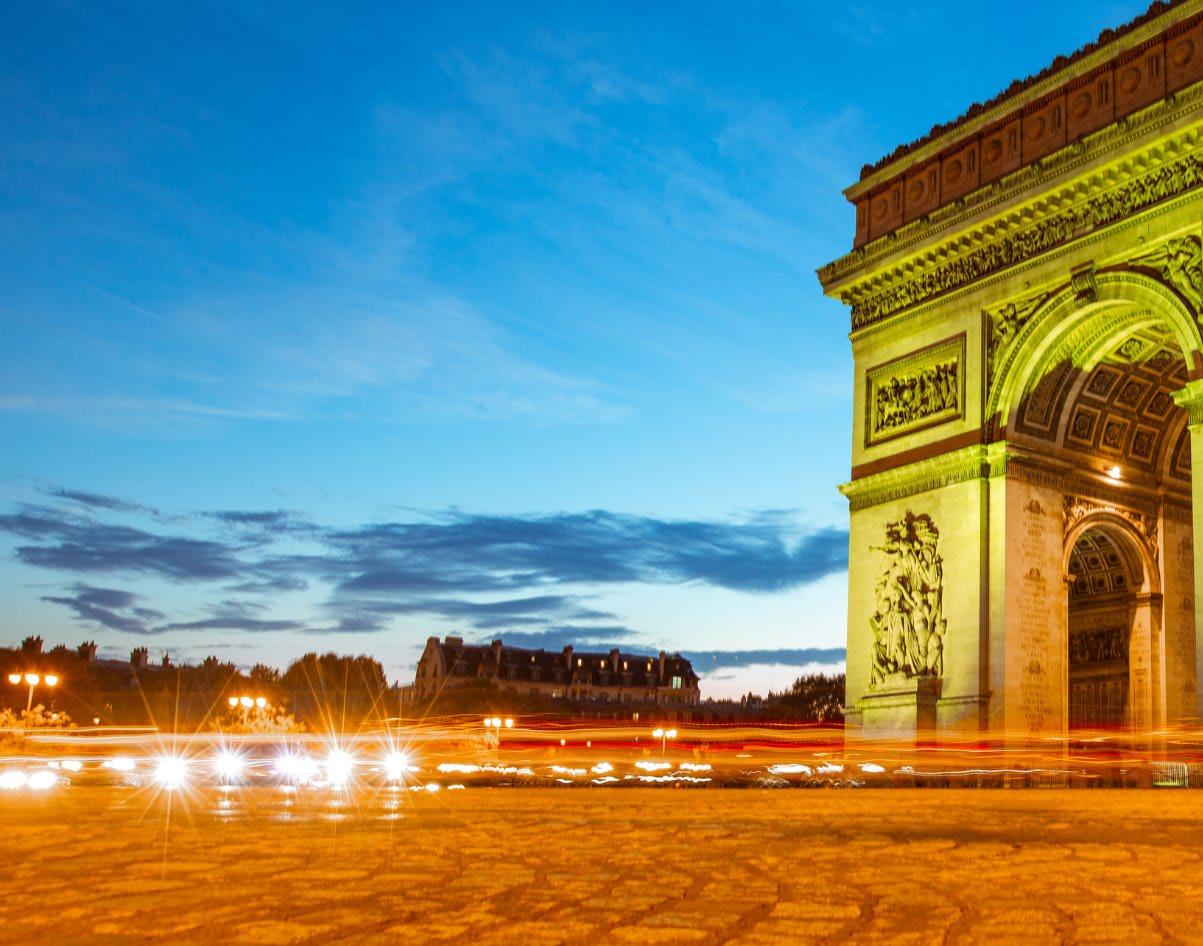
The Arc de Triomphe is one of Paris’s most famous landmarks, located at the western end of the Champs-Élysées. Commissioned by Napoleon Bonaparte in 1806 to commemorate his military victories, the arch is a monumental tribute to French military history and national pride. Standing at 50 meters tall, 45 meters wide, and 22 meters deep, the arch is adorned with intricate reliefs depicting scenes from the French Revolution and the Napoleonic Wars. Visitors can climb the 284 steps to the top of the arch, where they
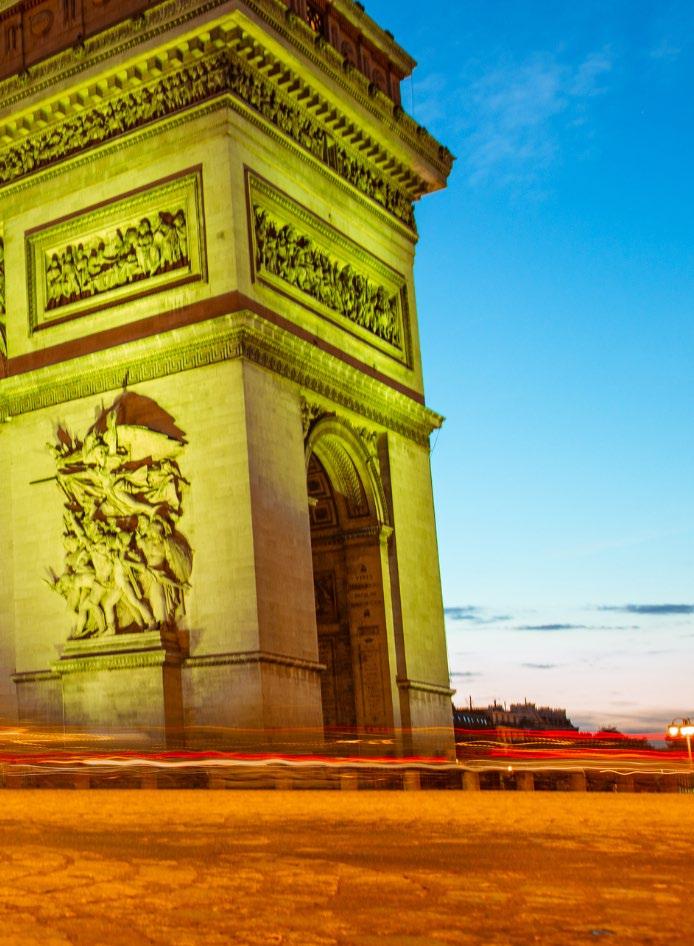
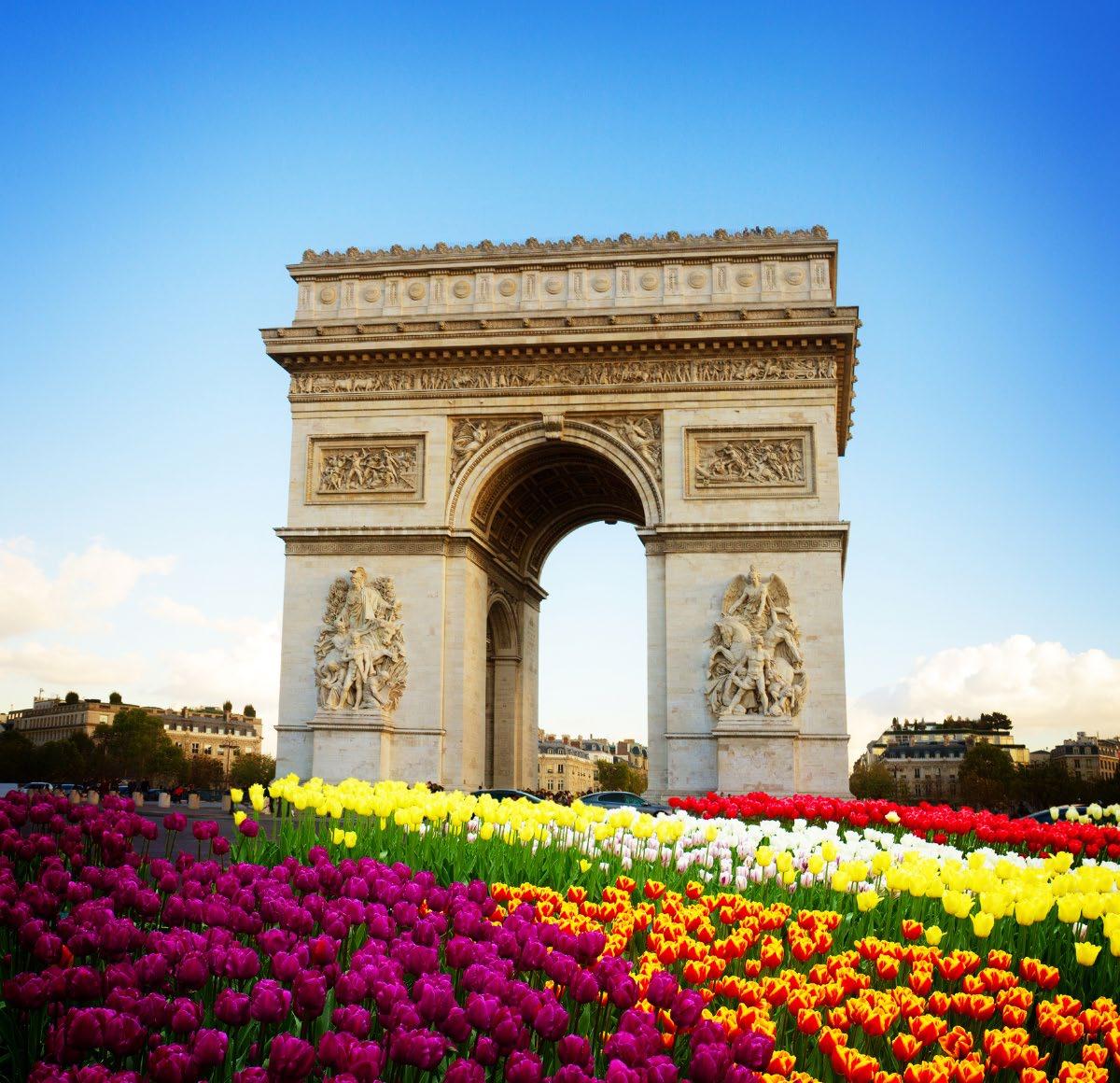
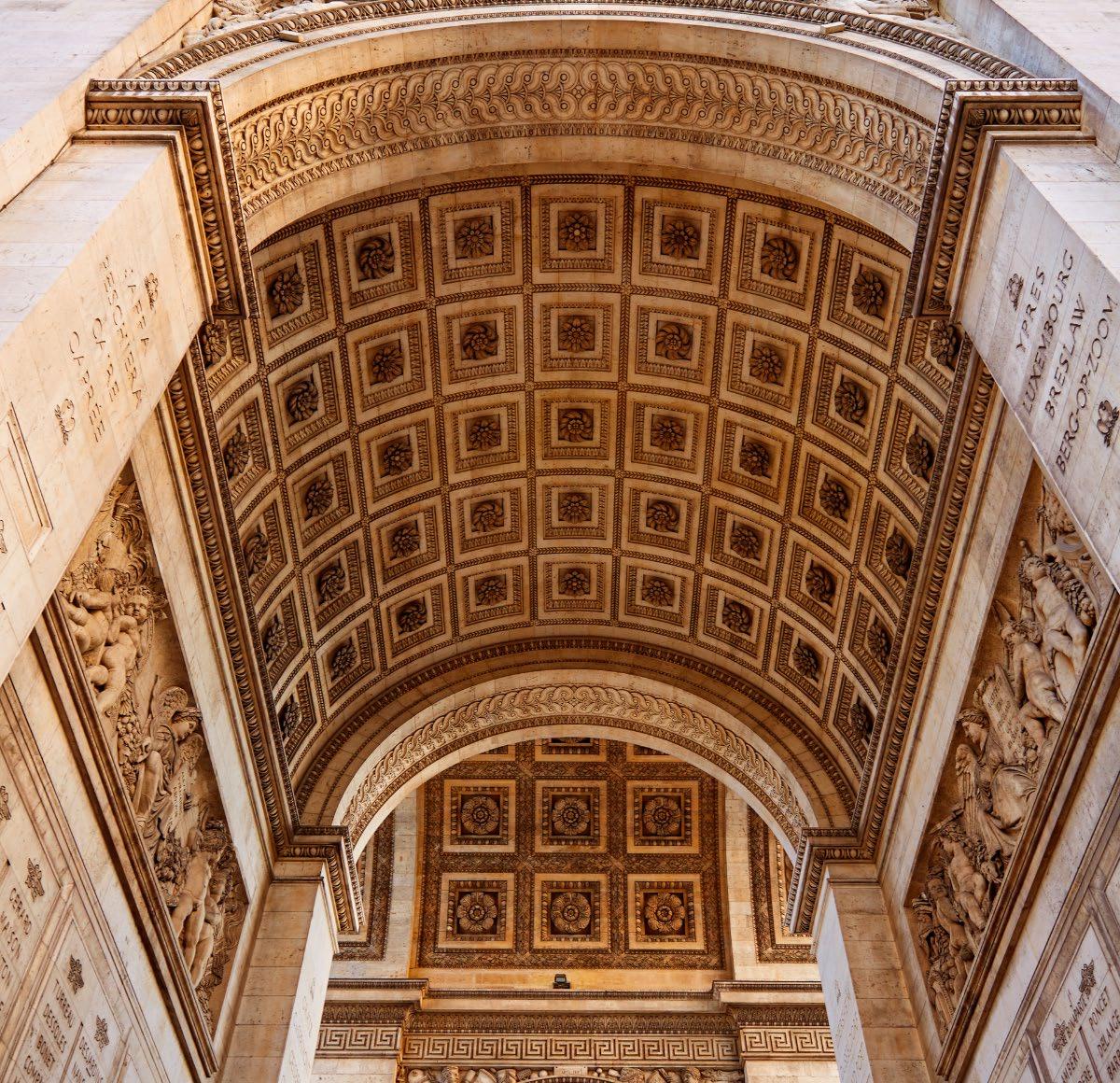
are rewarded with panoramic views of Paris, including the Champs-Élysées and the Eiffel Tower. The arch also serves as the focal point of the annual Bastille Day military parade and hosts the Tomb of the Unknown Soldier, a memorial honoring France’s unidentified war dead. The Arc de Triomphe’s grand design, historical significance, and central location make it a prominent feature of Paris’s urban landscape and a key destination for visitors interested in French history and architecture.
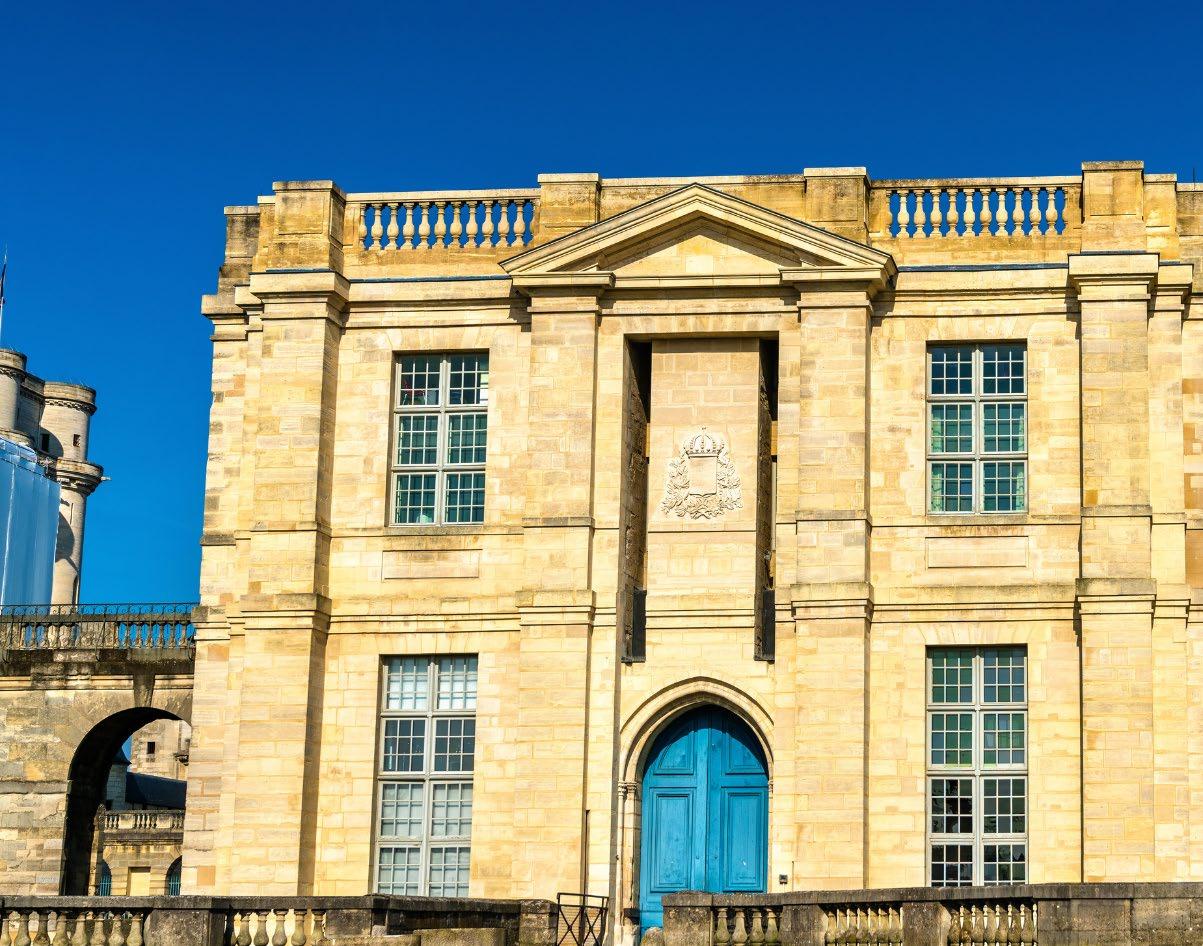
The Château de Vincennes is a well-preserved medieval fortress located in the eastern suburbs of Paris. Built in the 14th century under King Philippe VI, the castle served as a royal hunting lodge and a defensive stronghold. It is renowned for its imposing structure, including a large keep, four corner towers, and a moat that still surrounds the fortress. The Château de Vincennes was used by French monarchs for various purposes, including as a royal residence and a state prison. Visitors can explore the castle’s defensive
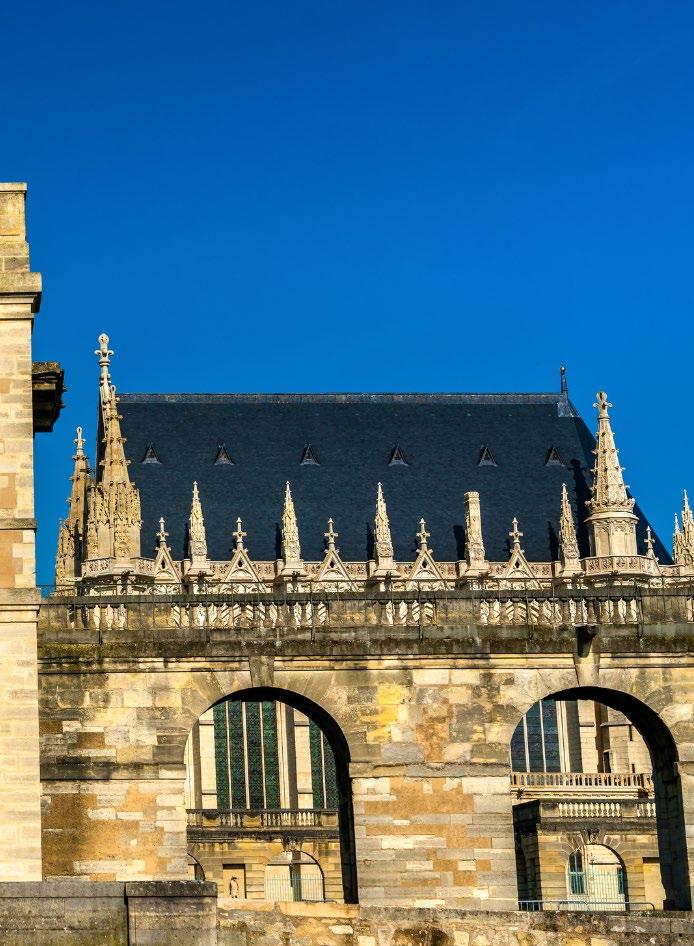
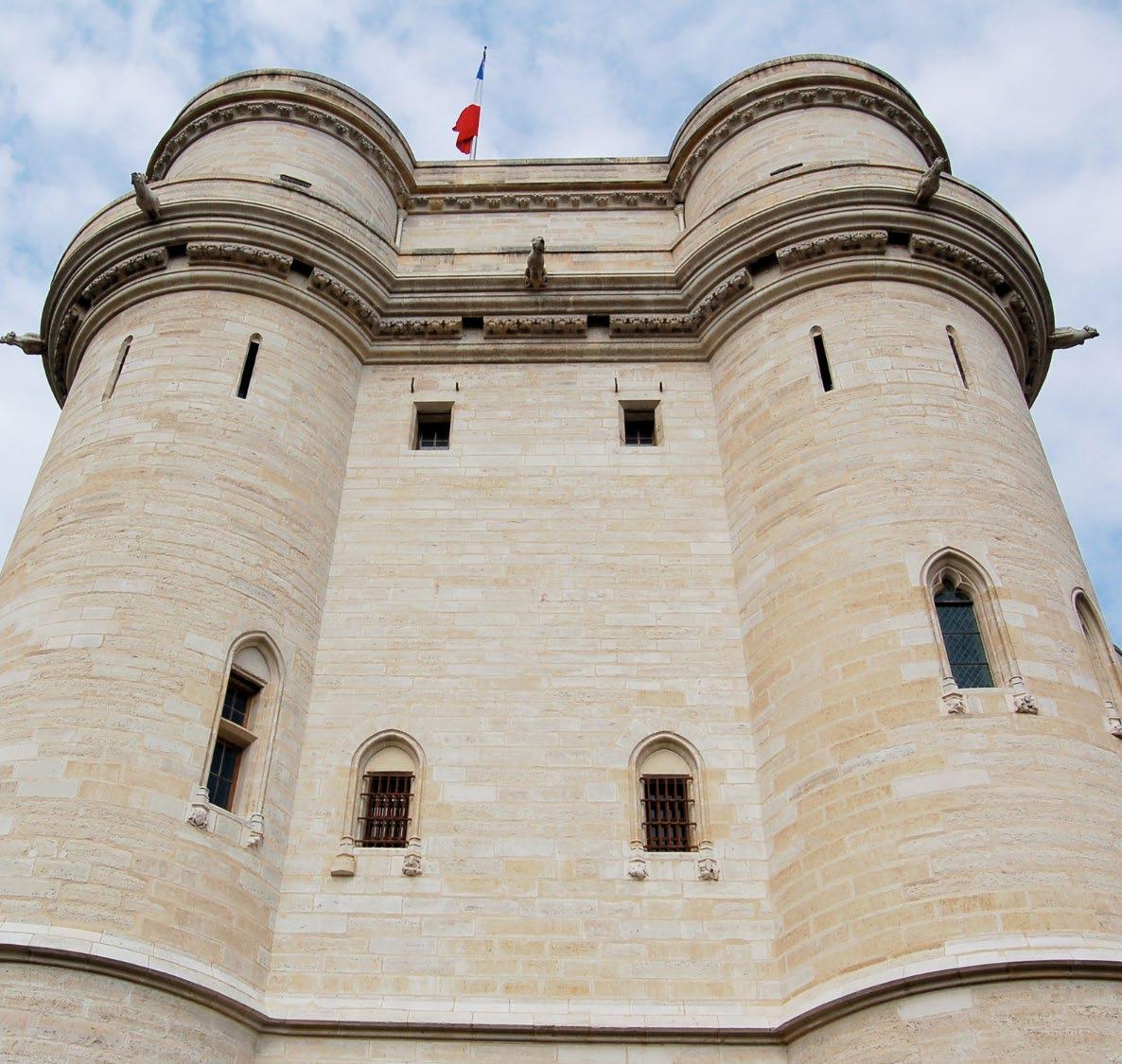
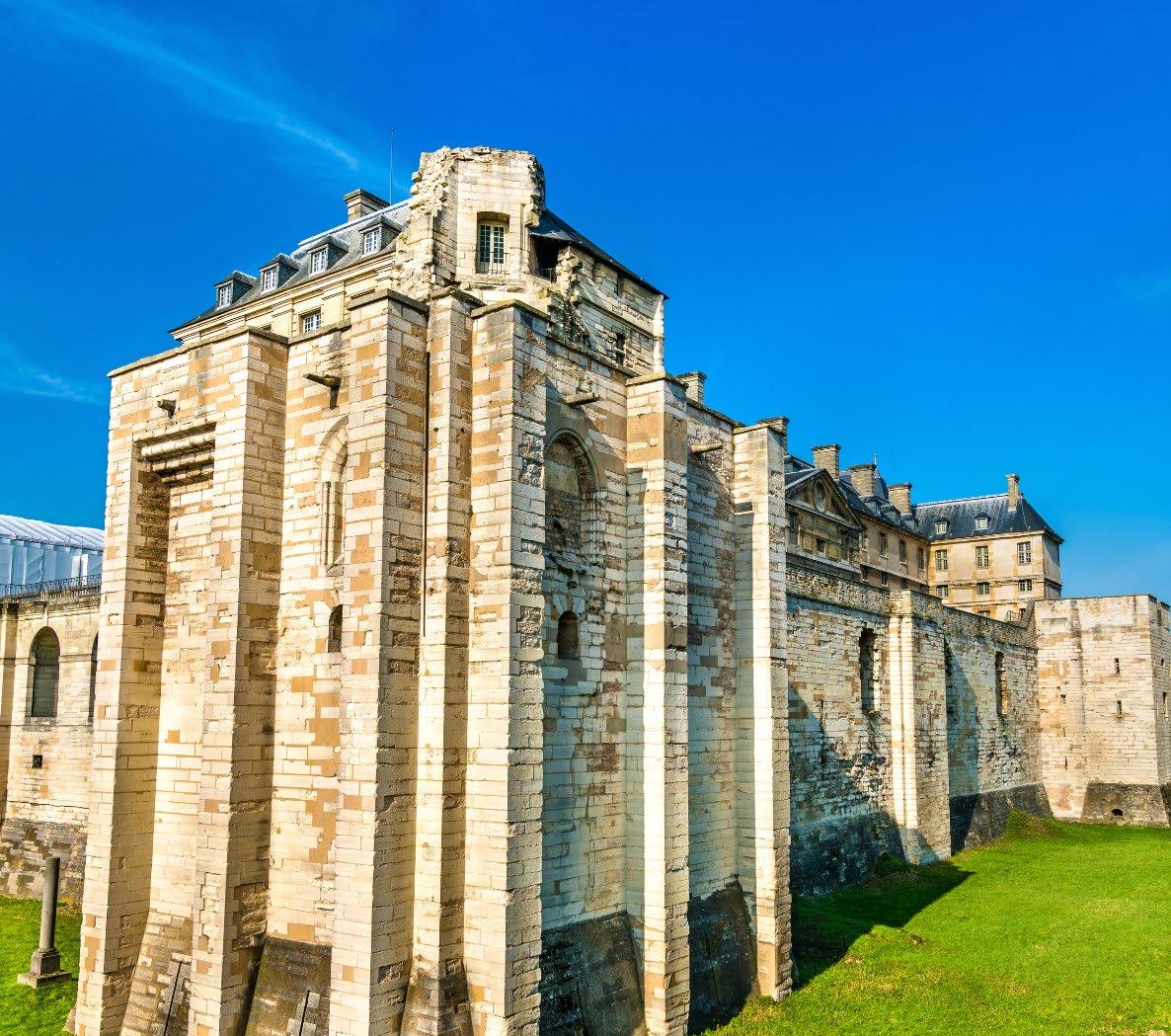
walls, the grand keep, and the medieval drawbridge. The castle’s layout and architectural features provide a glimpse into the military and domestic life of medieval France. The Château de Vincennes is also notable for its role in French history, including its use as a royal residence and its connection to notable historical figures. Its impressive fortifications and historical significance make it a fascinating destination for history enthusiasts and visitors interested.
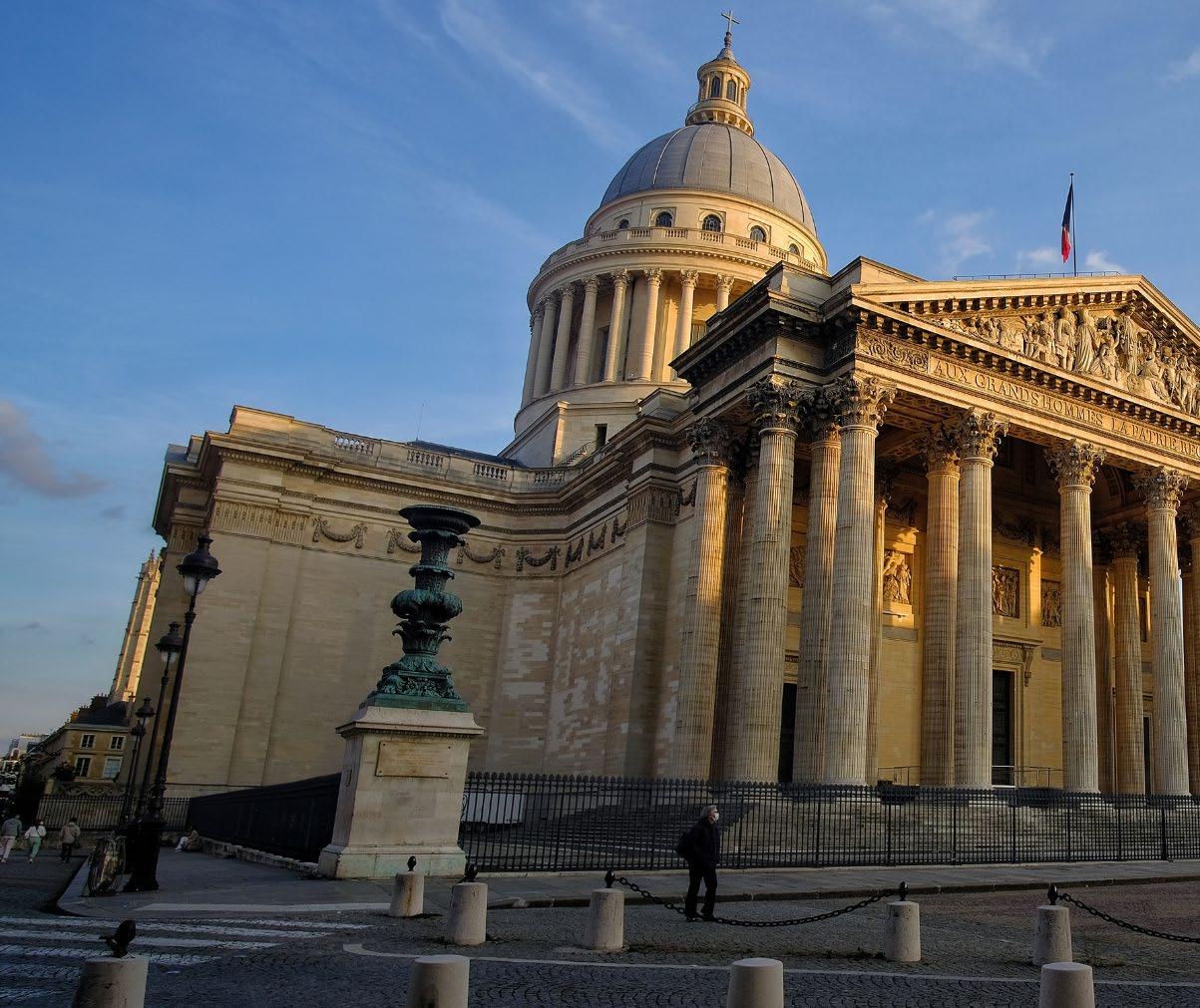
The Panthéon is a monumental building in the Latin Quarter of Paris, originally conceived as a church but now serving as a mausoleum for notable French figures. Completed in 1790, its neoclassical design features a grand dome that rises 83 meters above the ground, making it one of Paris’s architectural landmarks. The Panthéon’s facade is adorned with Corinthian columns and intricate sculptures, while its interior boasts a vast, domed nave with impressive frescoes. The Panthéon houses the remains of some of France’s most distinguished citizens, including Voltaire, Rousseau, Victor
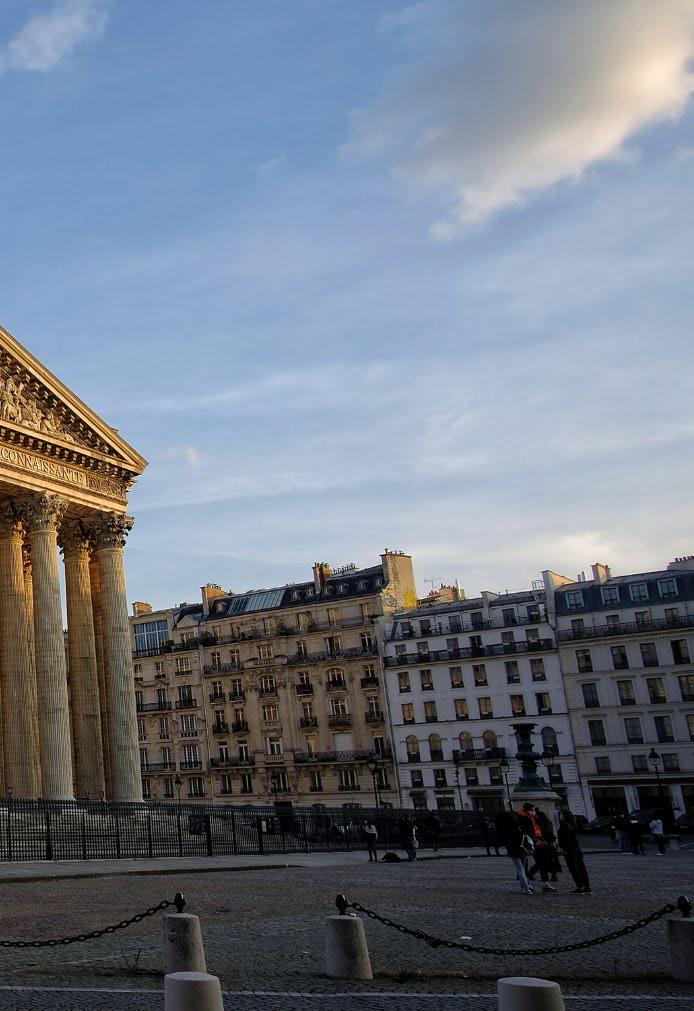
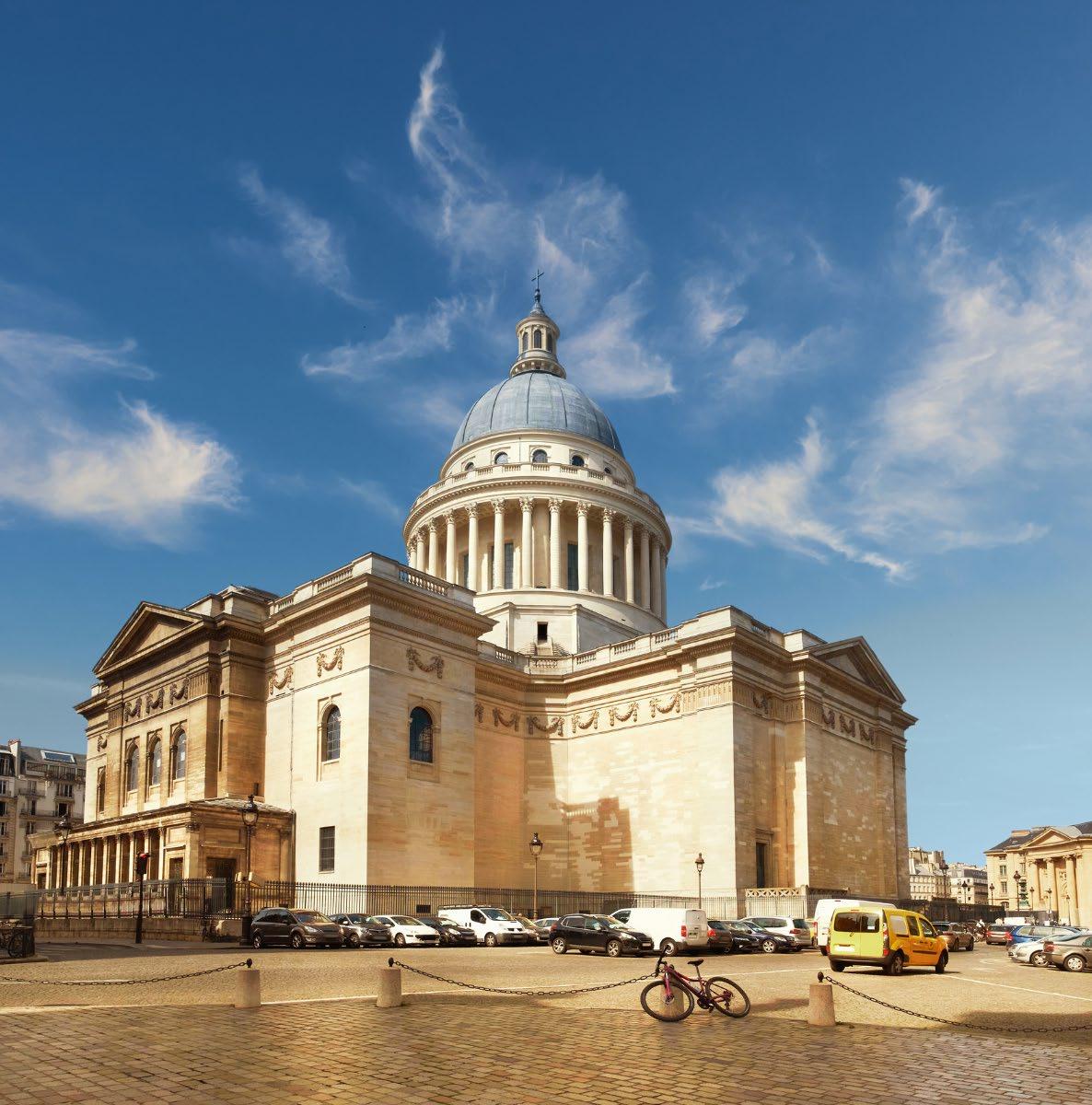
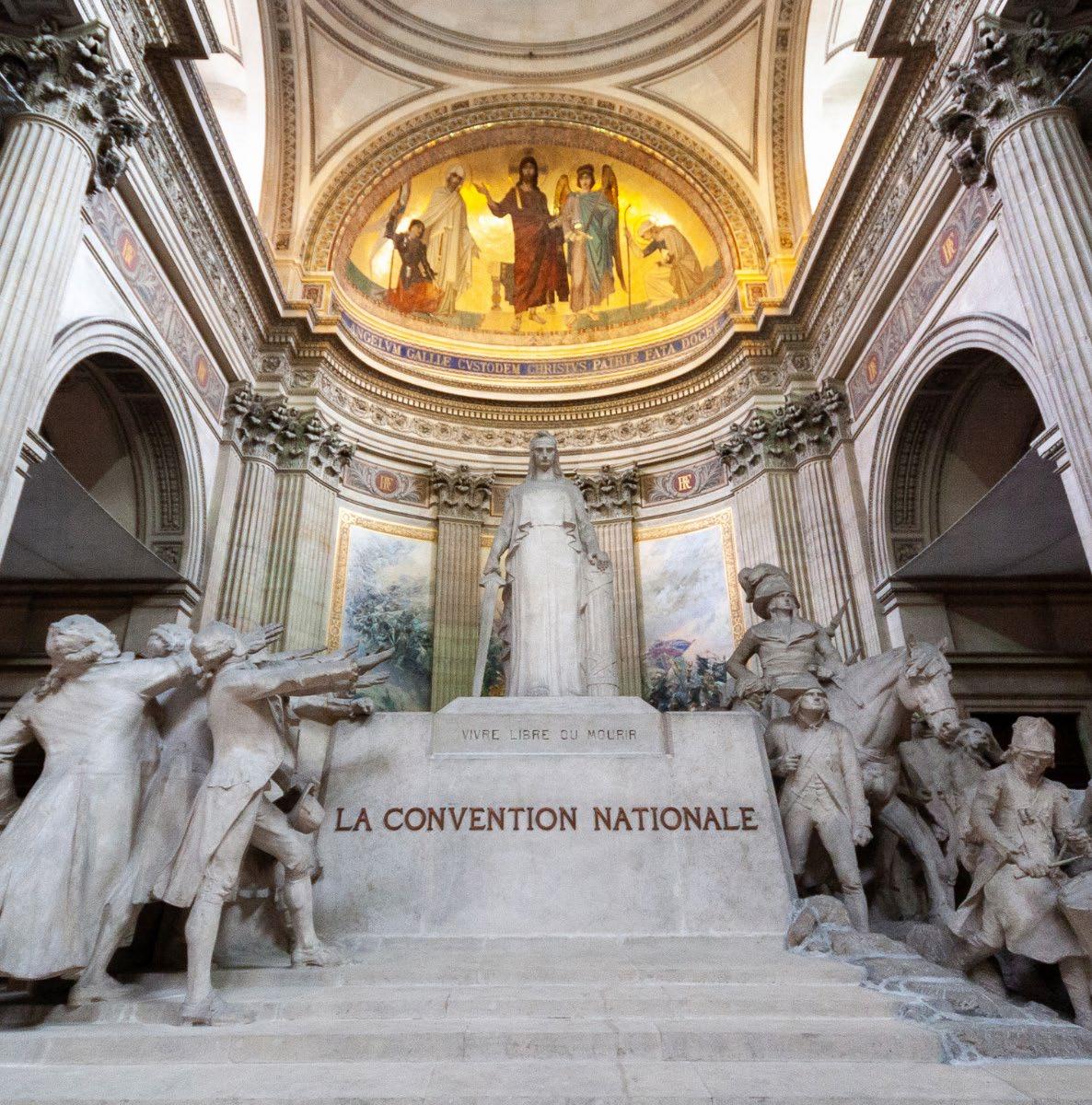
Hugo, and Émile Zola. Visitors can explore the crypts and admire the intricate marble and mosaic decorations that honor these influential figures. The Panthéon also offers panoramic views of Paris from its dome, accessible via a spiral staircase. As a symbol of French national identity and intellectual heritage, the Panthéon serves both as a tribute to France’s great minds and a significant piece of architectural history. Its combination of grandeur and historical importance makes it a must-see attraction in Paris.
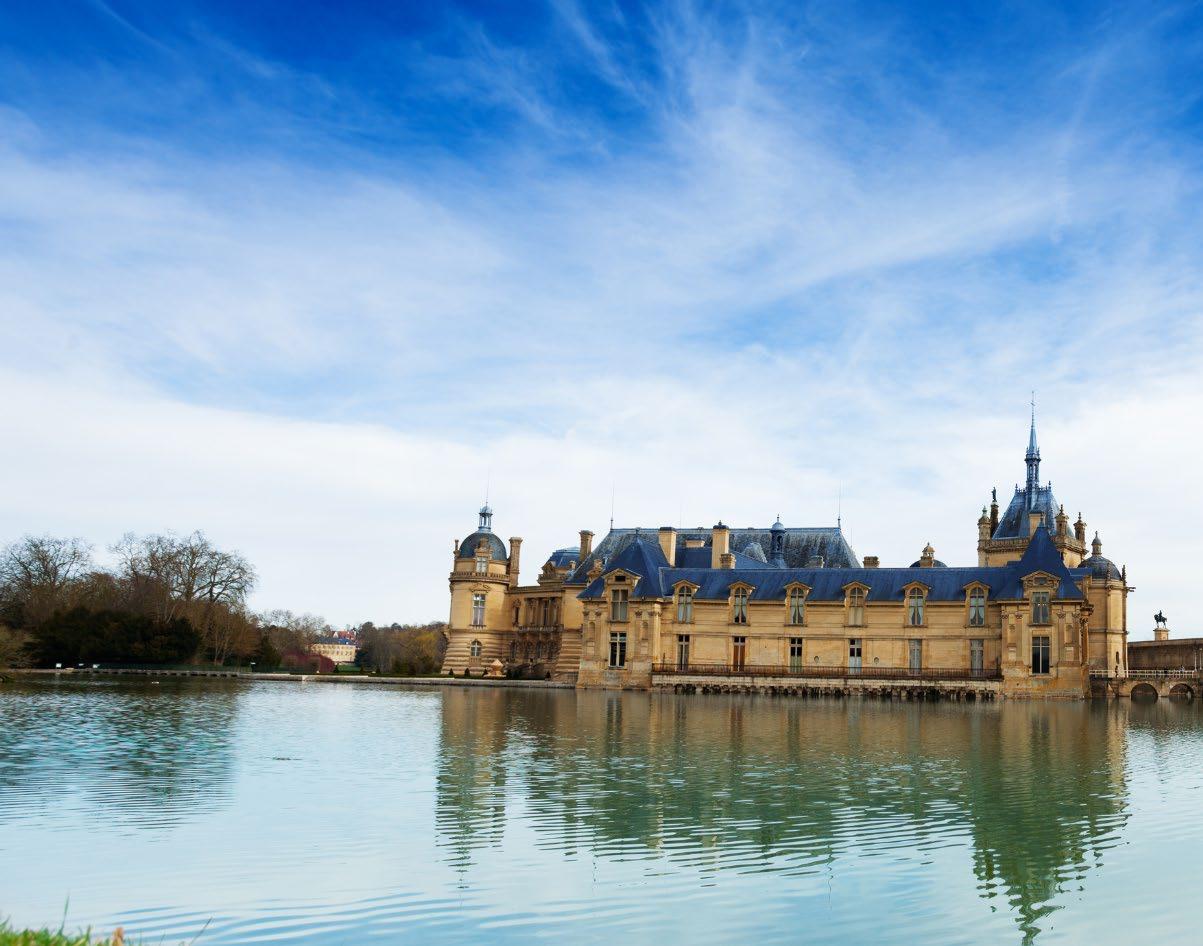
Château de Chantilly is a stunning French château located in the town of Chantilly, about 50 kilometers north of Paris. Built in the 16th century, the château is renowned for its elegant Renaissance architecture and its role as a residence for the Condé family. The château is surrounded by a vast park and a picturesque moat, adding to its fairytale charm. One of the highlights of Château de Chantilly is the Condé Museum, which houses one of the most extensive private collections of art in France. The collection includes works by Raphael, Delacroix, and other renowned artists. The château’s interiors
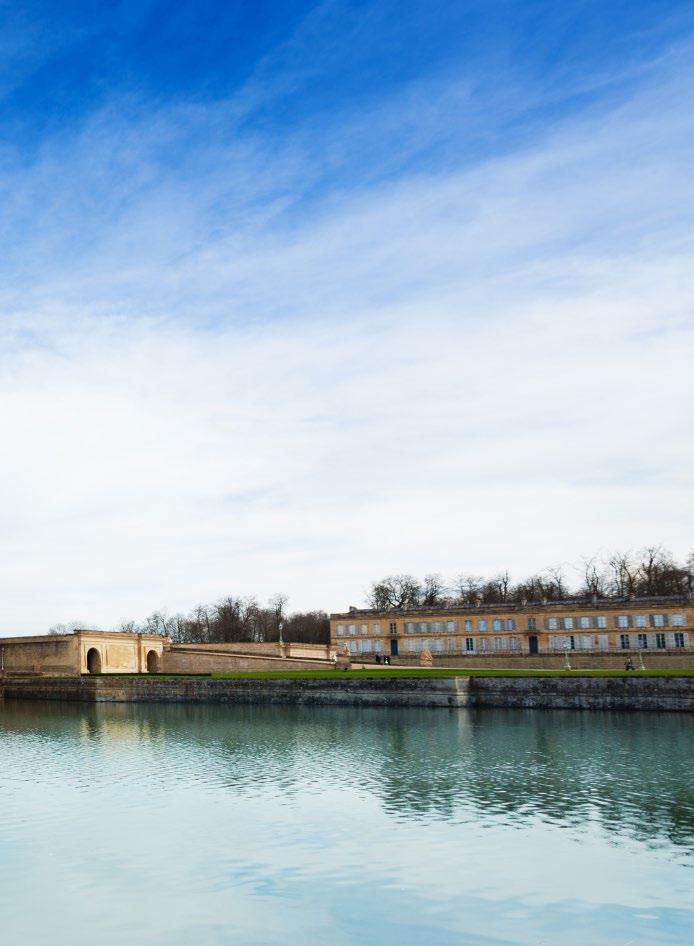
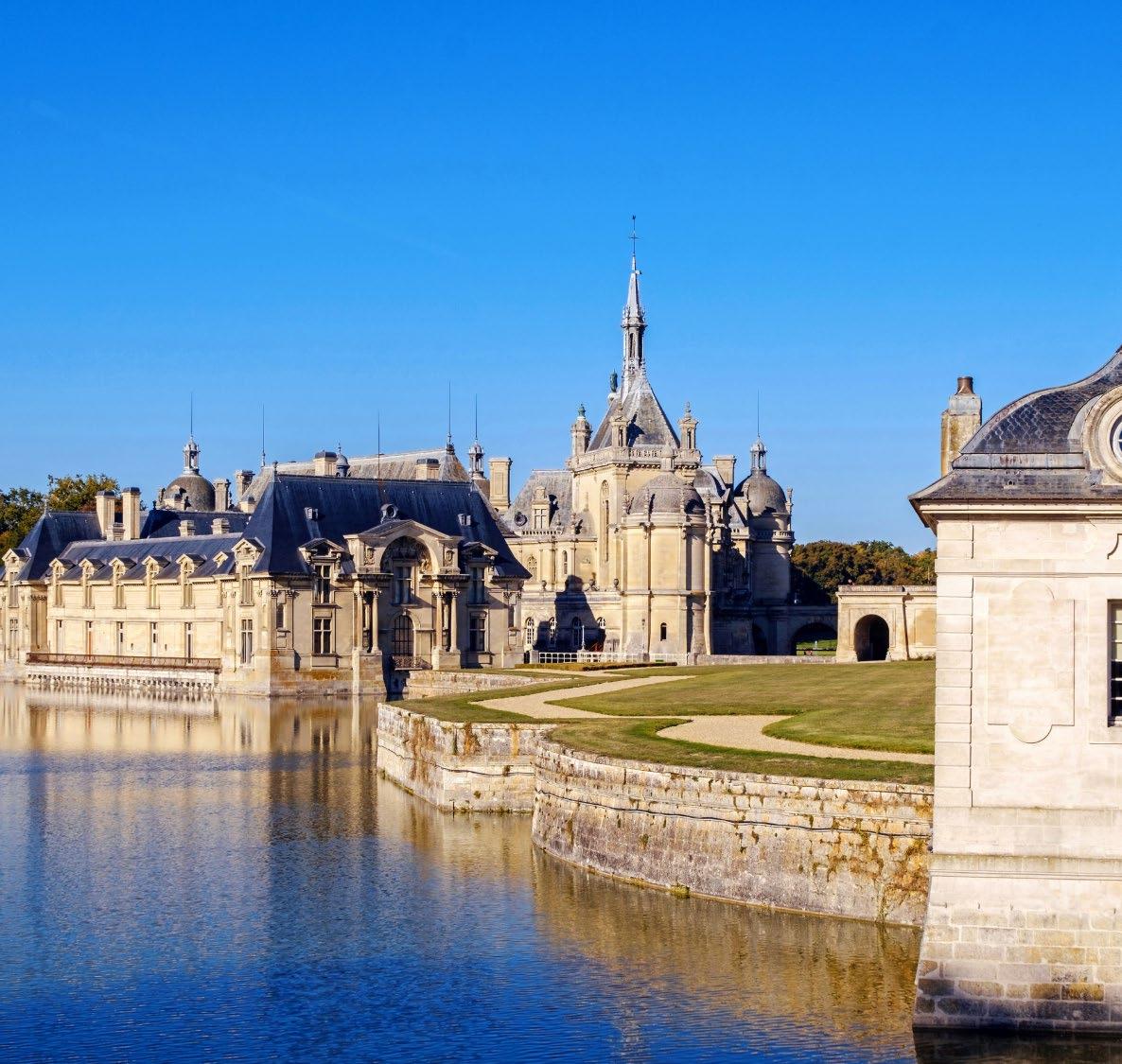
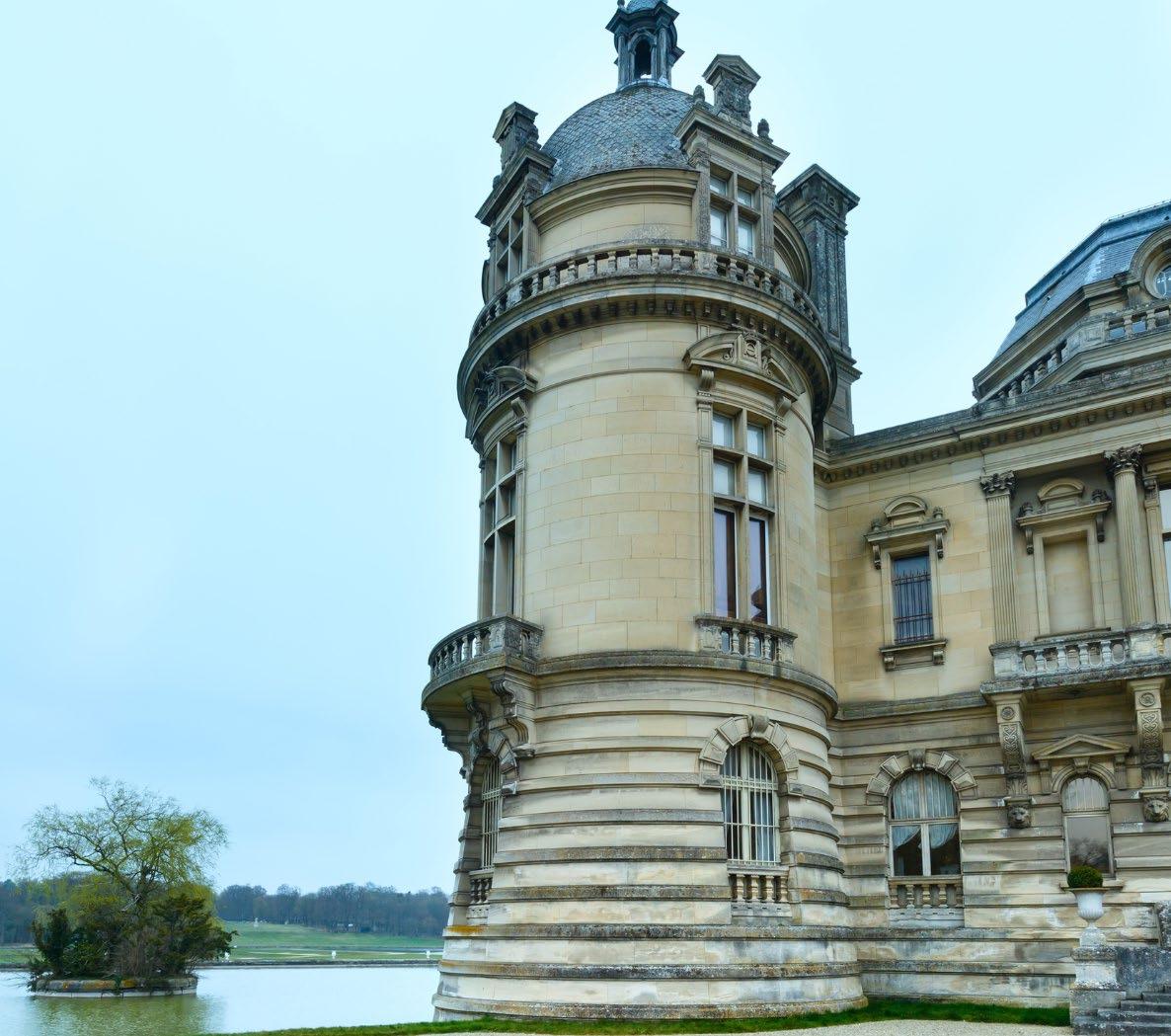
are richly decorated, featuring ornate rooms, grand salons, and an impressive library with over 30,000 volumes. The château’s gardens, designed by André Le Nôtre, are equally impressive, with their formal layout, fountains, and expansive lawns. The Grand Stables, which house the Musée du Cheval, offer a fascinating look at the history of equestrianism. Château de Chantilly’s combination of art, architecture, and natural beauty makes it a must-visit destination.
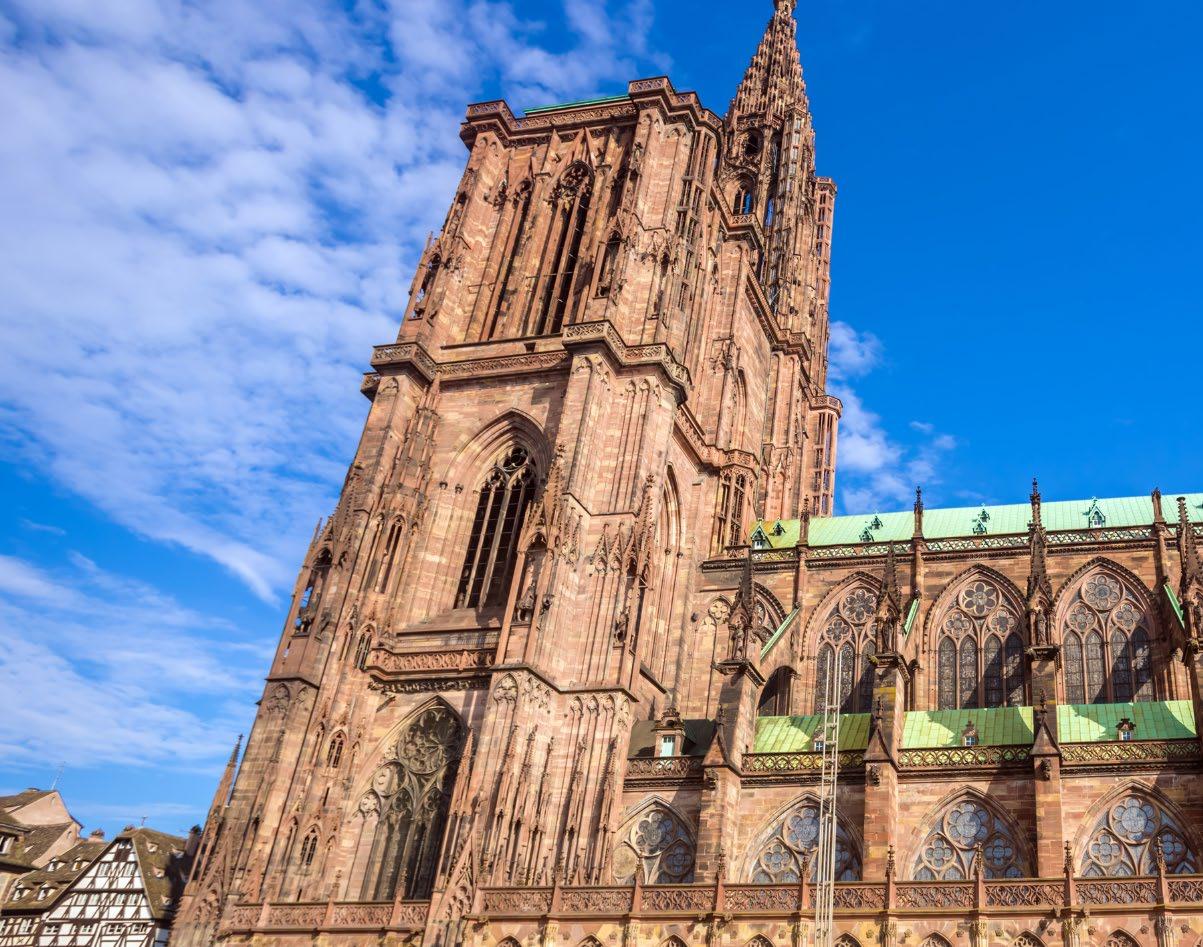
The Strasbourg Cathedral, or Cathédrale Notre-Dame de Strasbourg, is a magnificent Gothic church located in the city of Strasbourg, northeastern France. Construction began in the 12th century and continued into the 15th century, resulting in a stunning example of Gothic architecture with its intricate façade, soaring spires, and detailed sculptures. The cathedral is renowned for its impressive astronomical clock, which features an elaborate display of planetary movements and celestial events. Visitors can witness the clock’s daily show, which includes the procession of the Apostles and other
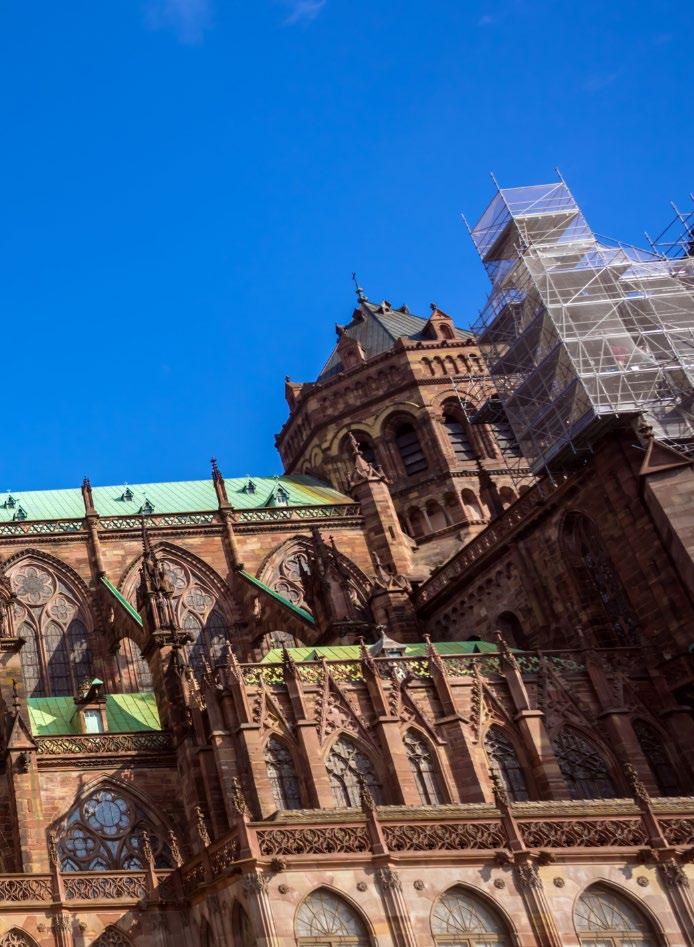
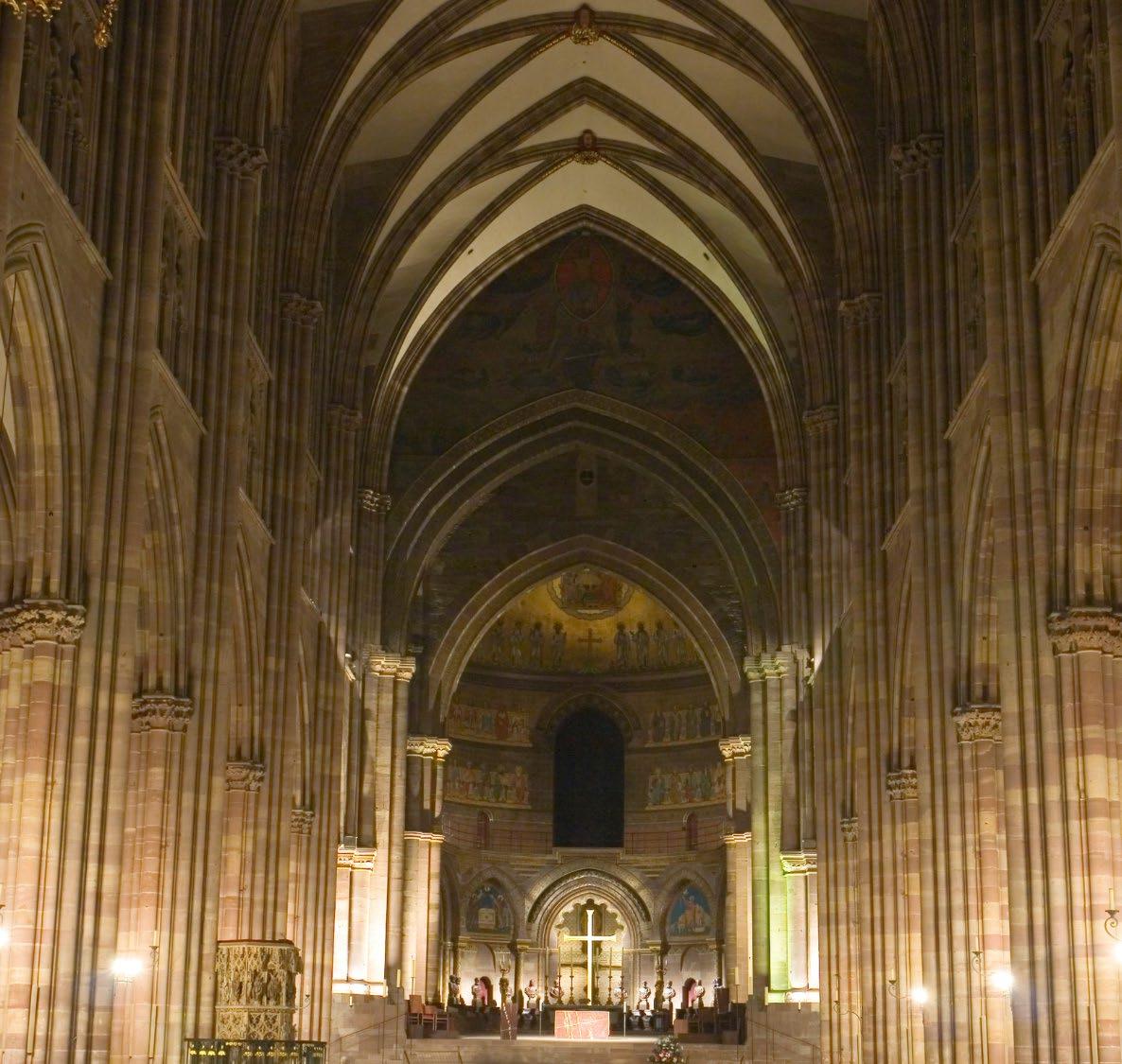
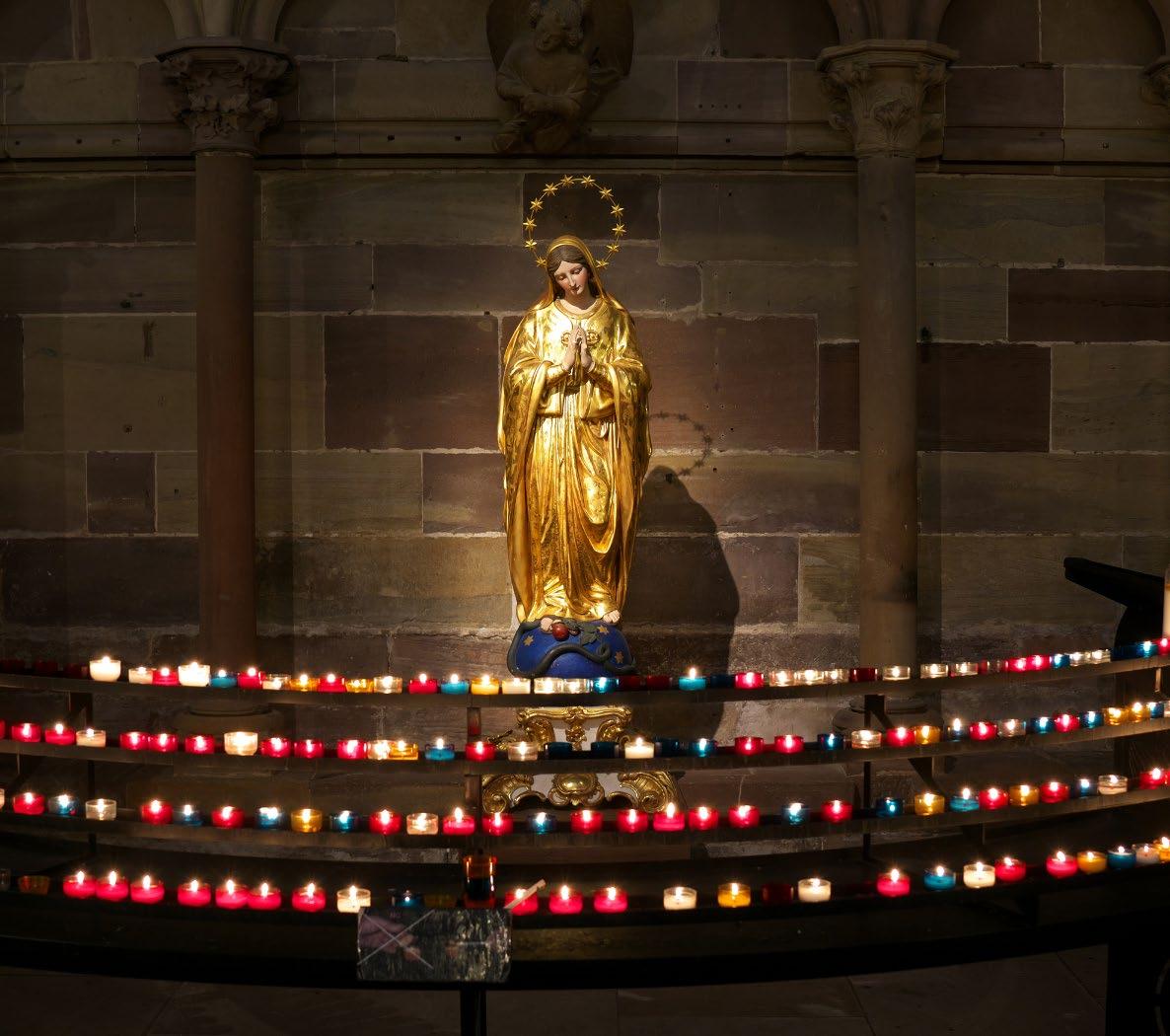
intricate mechanical displays. The cathedral’s interior is equally impressive, with its towering columns, stained glass windows, and beautiful wooden choir stalls. Strasbourg Cathedral is also known for its role in the city’s history and its influence on the development of Gothic architecture across Europe. The cathedral’s striking design, historical significance, and cultural importance make it a must-visit landmark in Strasbourg. Its grandeur and architectural beauty continue to captivate visitors from around the world.
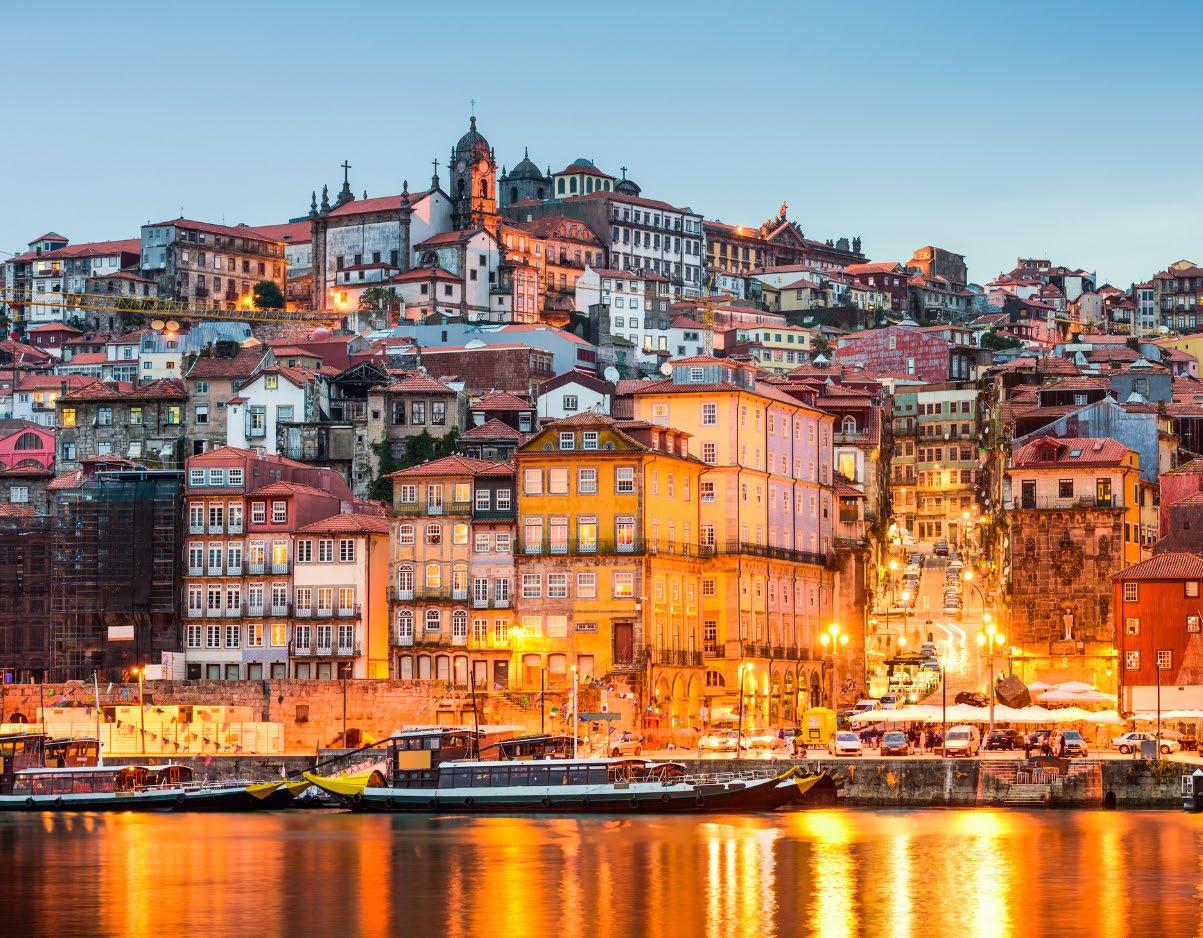
Welcome to Portugal, a country where rich history, stunning landscapes, and vibrant culture blend seamlessly to offer an unforgettable travel experience. Nestled on the western edge of Europe, Portugal is known for its medieval castles, picturesque villages, and sun-drenched coastline. Begin your journey in Lisbon, the capital, where historic tram rides take you through cobblestone streets lined with pastel-colored buildings. Explore iconic landmarks such as Belém Tower and the Jerónimos Monastery, both UNESCO World Heritage Sites, before enjoying the lively café culture and a taste of Portugal’s famous custard tarts, pastéis de nata. Beyond Lisbon, Portugal’s diverse regions each offer their own unique charms. In Porto, known for its namesake port wine, wander through the colorful Ribeira district along the Douro River. Head
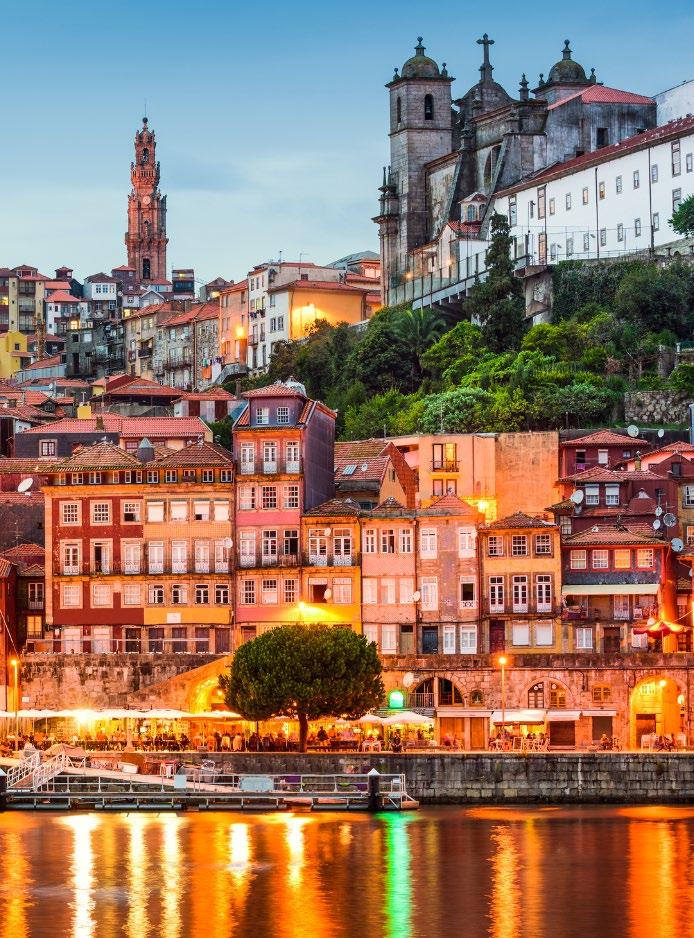

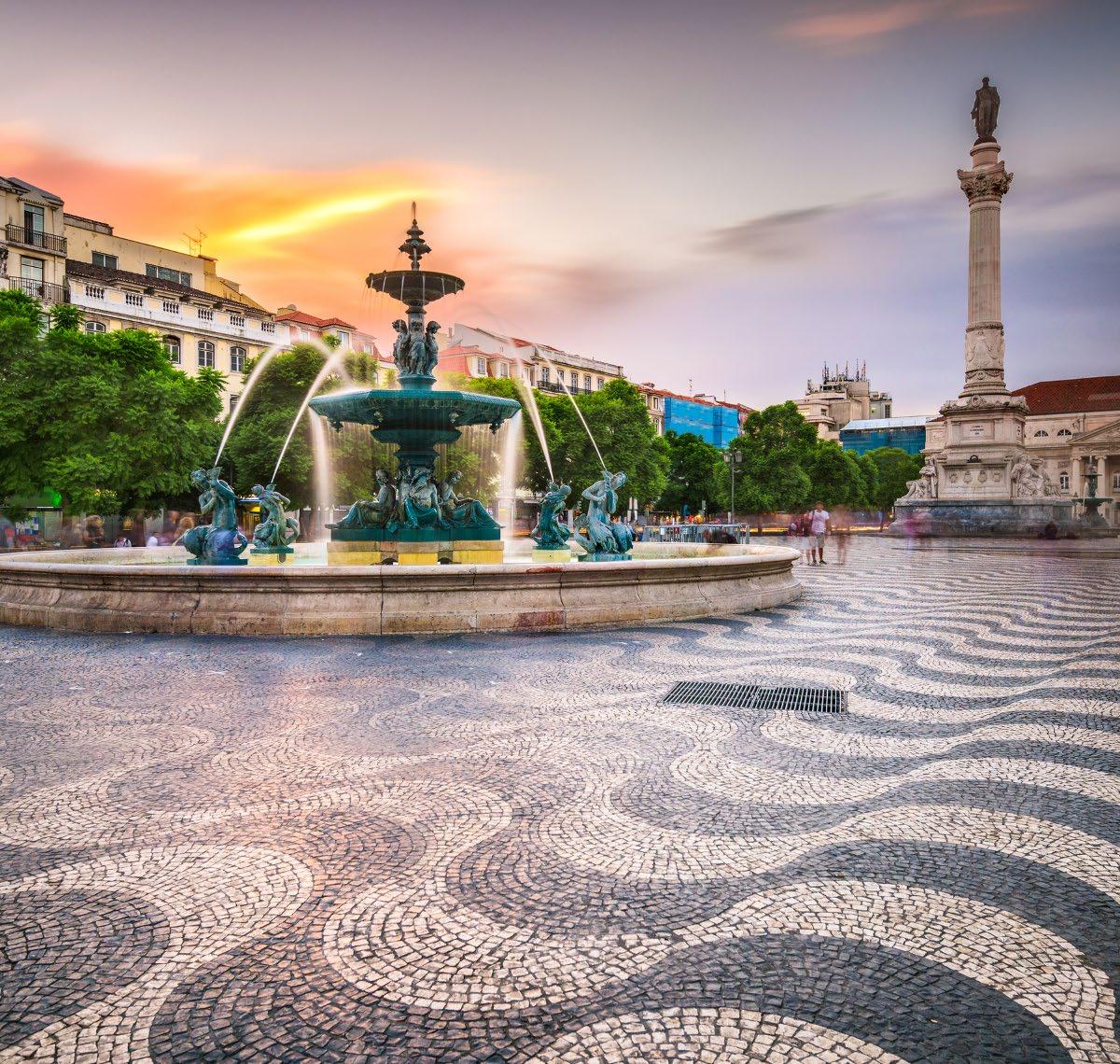
south to the Algarve for its golden beaches, dramatic cliffs, and crystal-clear waters, ideal for both relaxation and adventure. Portugal’s history is woven into its landscapes, from the medieval town of Óbidos to the stunning palace of Sintra. The country’s seafaring past is celebrated in coastal towns like Lagos, where explorers once set sail during the Age of Discovery. Culturally, Portugal is a land of soulful Fado music, rich culinary traditions, and a warm, welcoming spirit. Whether you’re hiking in the lush Azores, sipping wine in the Douro Valley, or discovering ancient ruins, Portugal’s charm and beauty make it a must-visit destination for travelers seeking both relaxation and discovery.
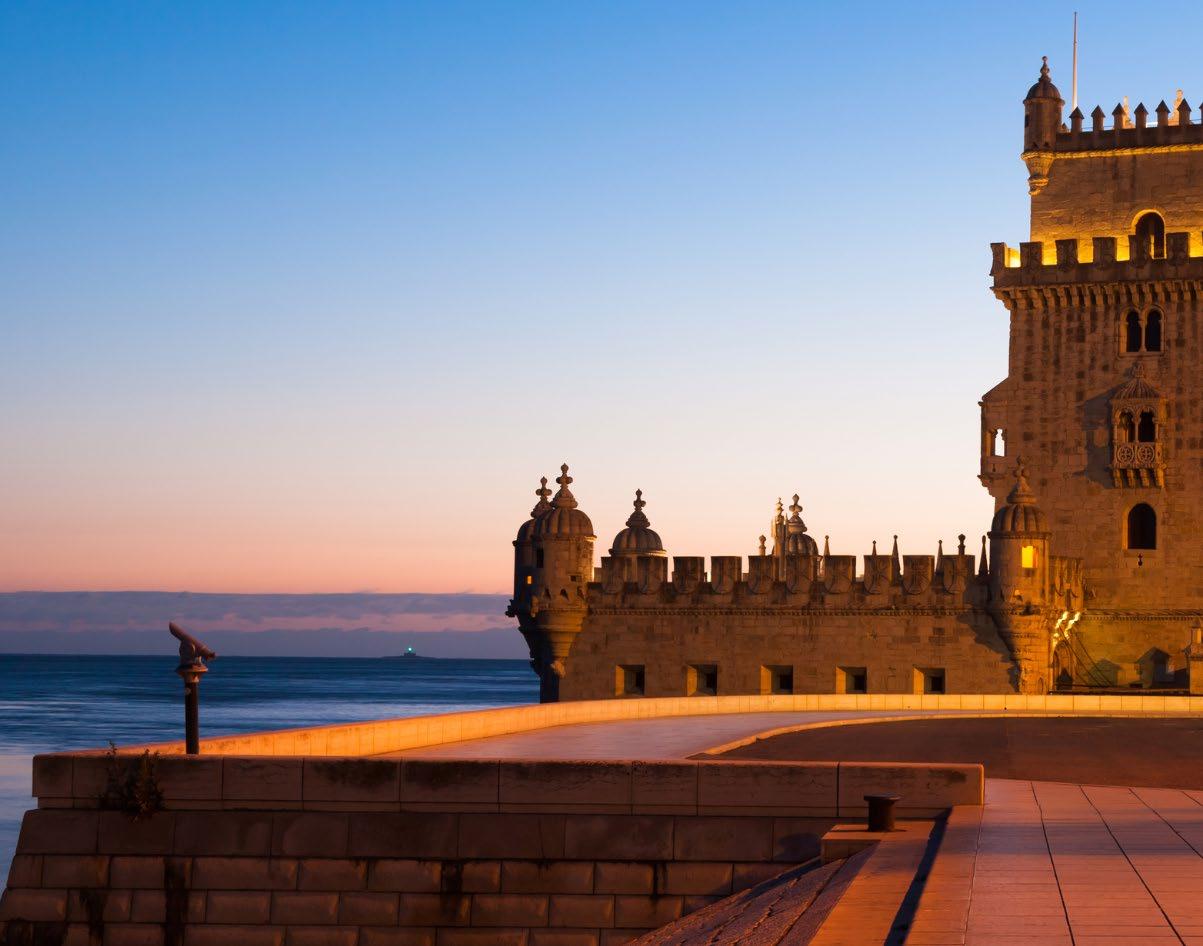
The Tower of Belém, located in Lisbon, Portugal, is a historic fortress that stands as one of the most iconic symbols of the country’s maritime heritage. Constructed between 1514 and 1520, it was originally designed to guard the entrance to the city’s harbor and played a critical role in the defense of Lisbon against potential invaders. The tower is an excellent example of Manueline architecture, a distinctive Portuguese style that combines Gothic, Renaissance, and Moorish elements with nautical motifs, reflecting Portugal’s status as a powerful seafaring nation during the Age of Discovery. Its intricate carvings include ropes, knots, and crosses of the Order of Christ, symbolizing Portugal’s exploration and Christian influence. Originally built on a small
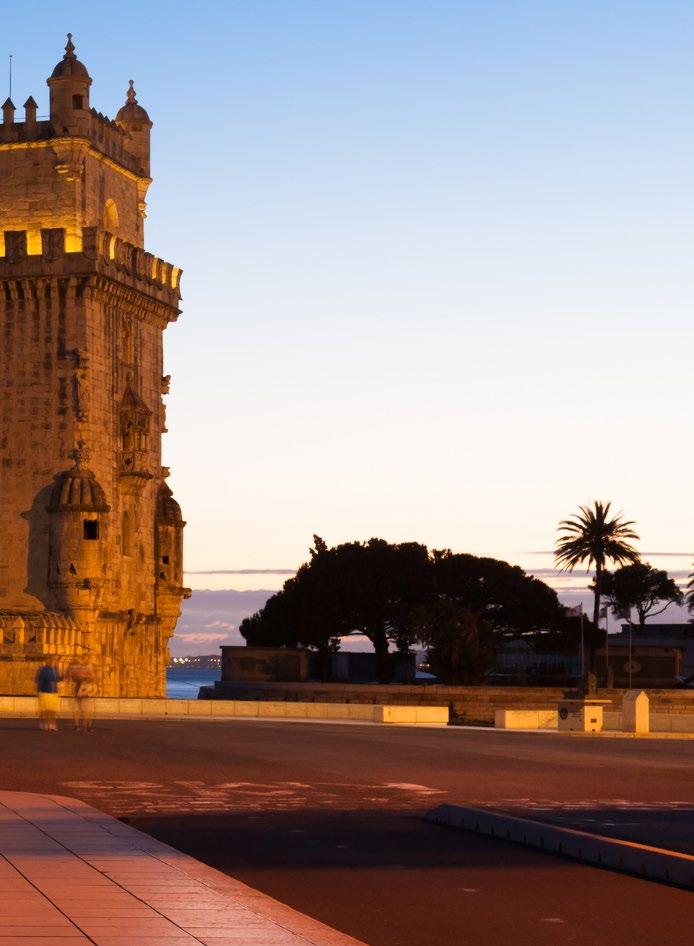
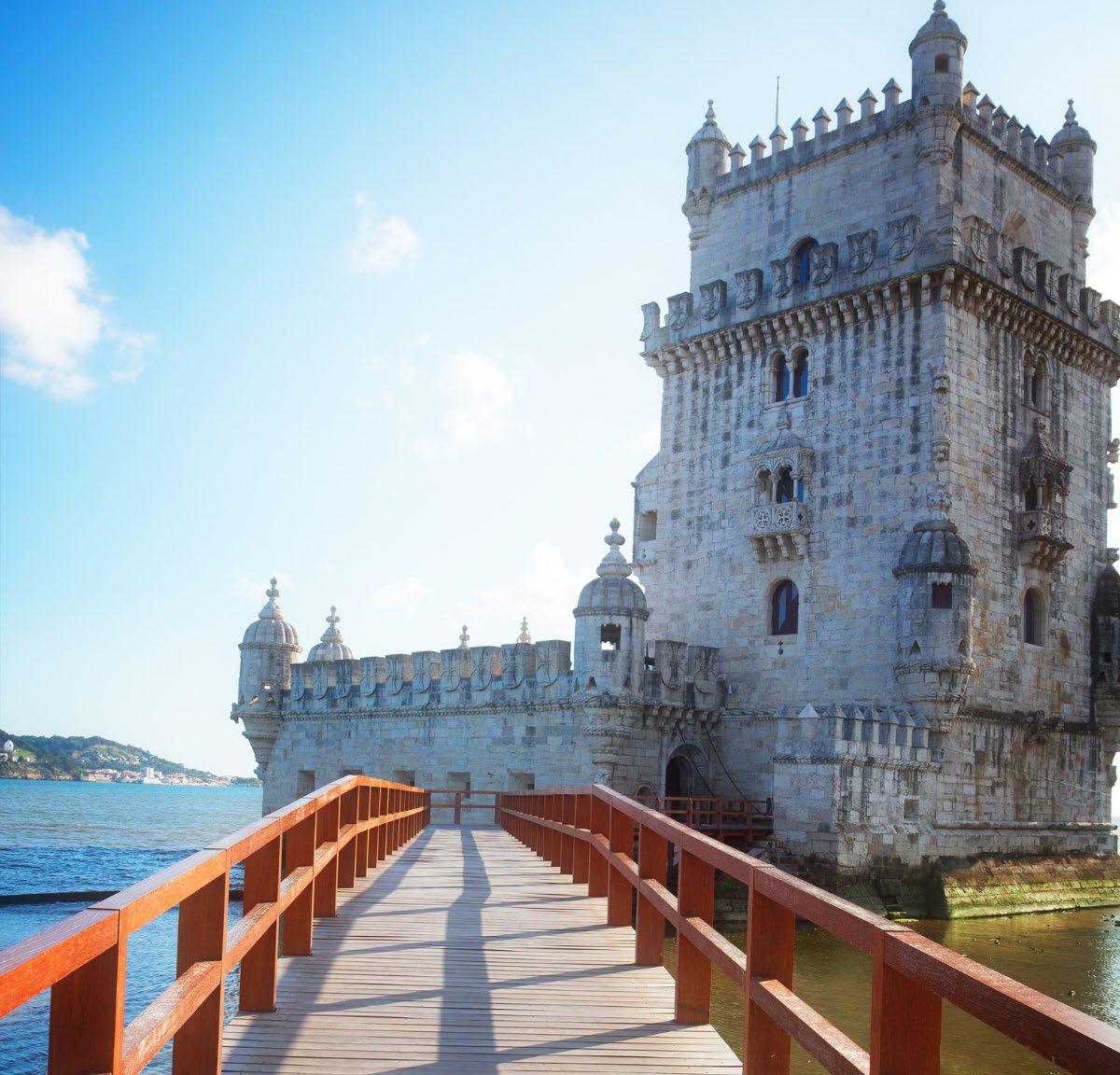
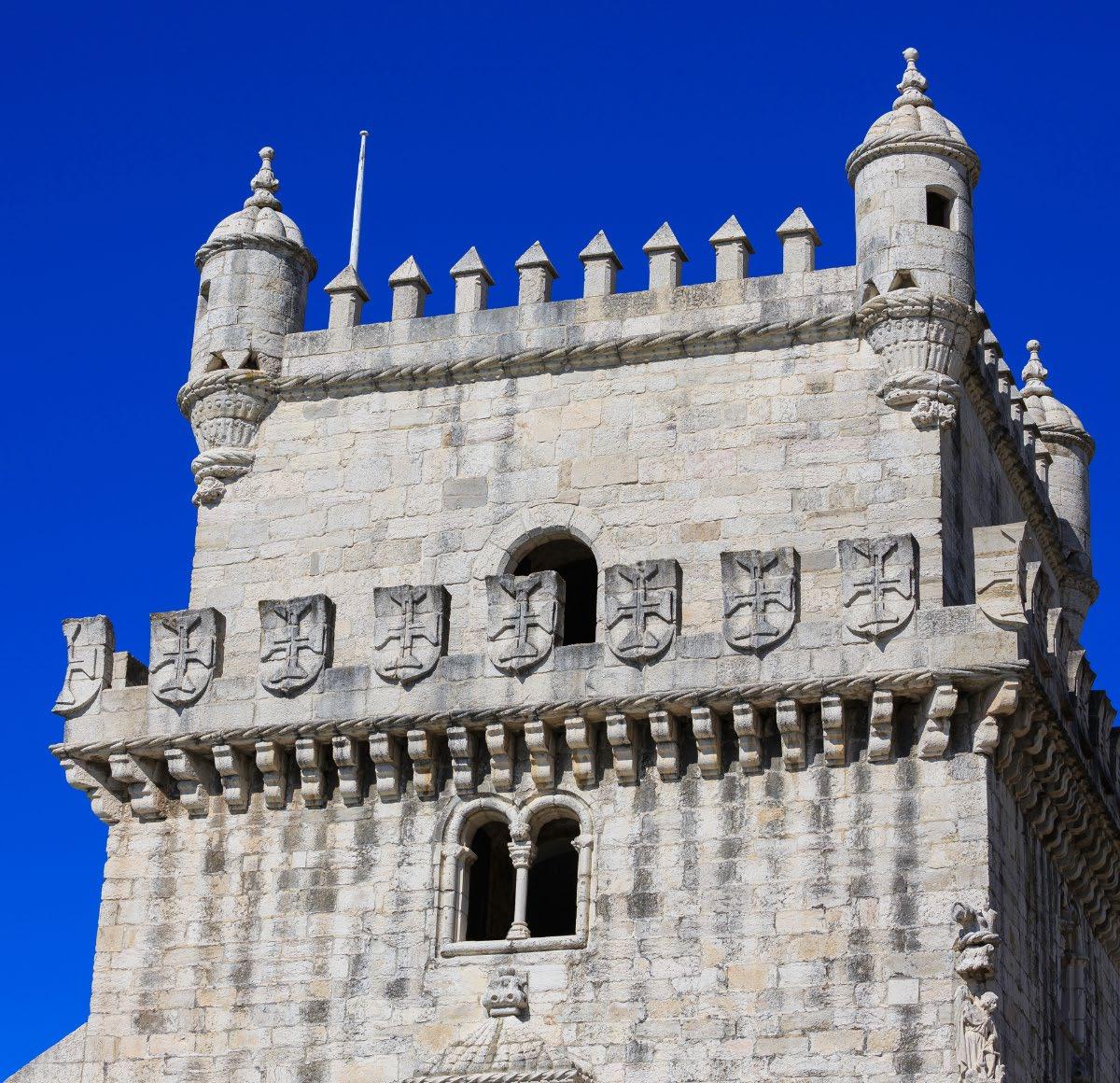
island in the Tagus River, the shifting course of the river has since brought the tower closer to the shore. It served various functions throughout history, including as a customs office, a telegraph station, and even a prison during the Spanish occupation of Portugal in the late 16th century. In 1983, the Tower of Belém was designated a UNESCO World Heritage Site, recognized for its cultural significance and architectural beauty. Today, it is a popular tourist attraction, drawing visitors who come to admire its striking façade, panoramic views of the river, and historical importance. The tower stands not only as a testament to Portugal’s past maritime achievements but also as a symbol of the nation’s enduring connection to the sea.
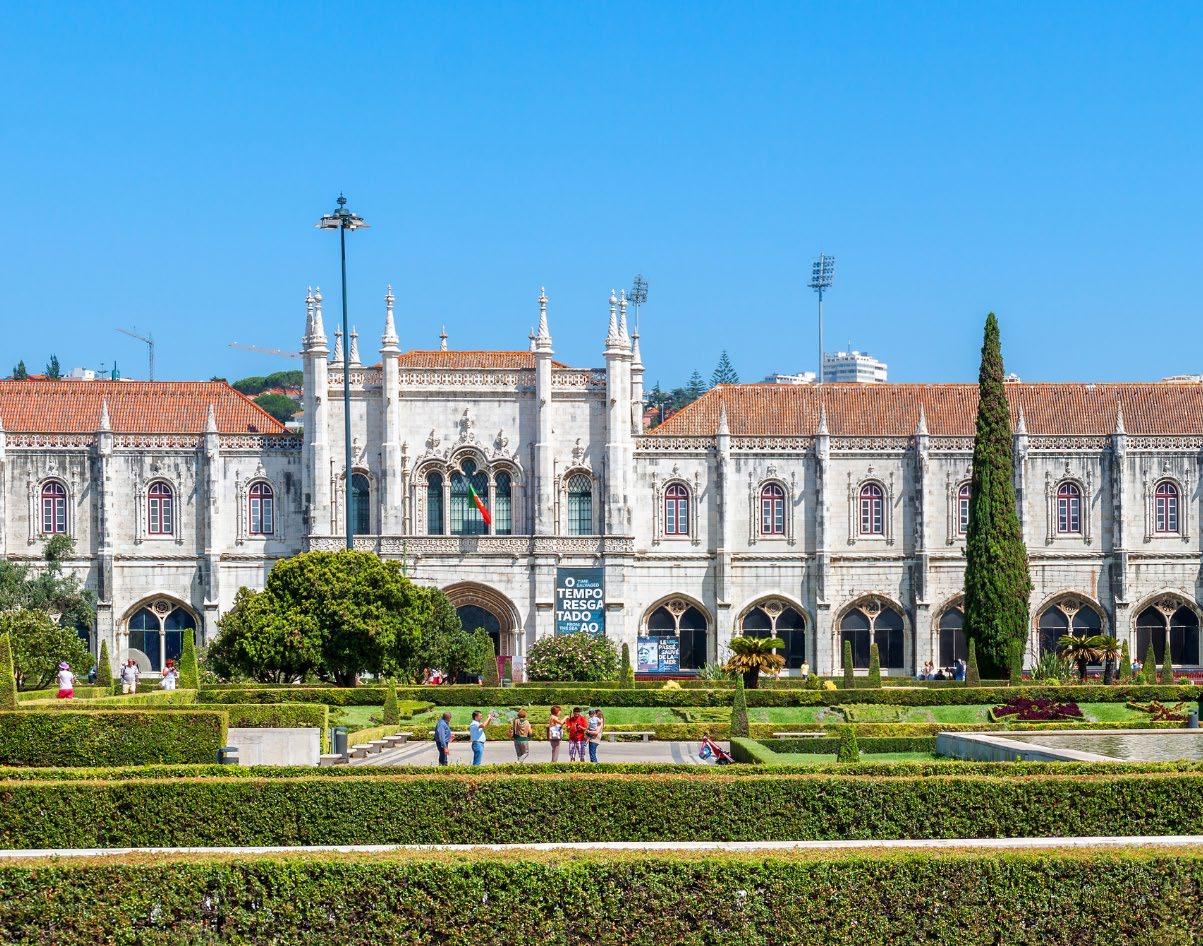
The Jerónimos Monastery, located in the Belém district of Lisbon, Portugal, is a masterpiece of Manueline architecture, a style unique to Portugal that incorporates Gothic, Renaissance, and maritime elements. Construction of the monastery began in 1501 under the reign of King Manuel I and was completed almost a century later. Built to commemorate Vasco da Gama’s successful voyage to India, it stands as a symbol of the Age of Discovery, during which Portugal became a leading global maritime power. The monastery was originally home to the Order of Saint Jerome, whose monks provided spiritual guidance to sailors and prayed for the king’s soul. Its intricate stone carvings, massive columns, and expansive cloisters reflect the wealth and
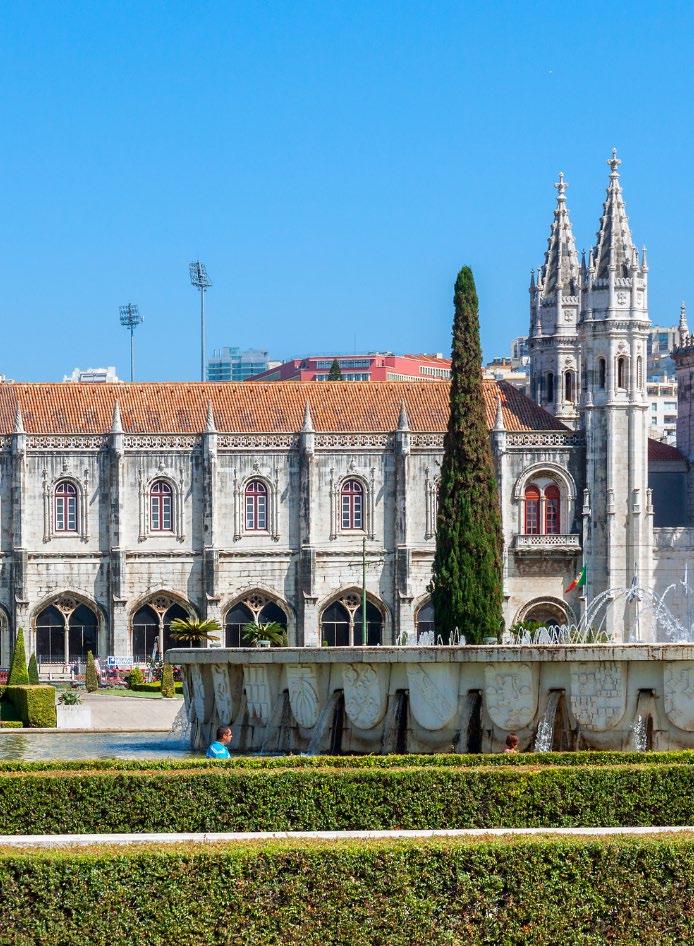
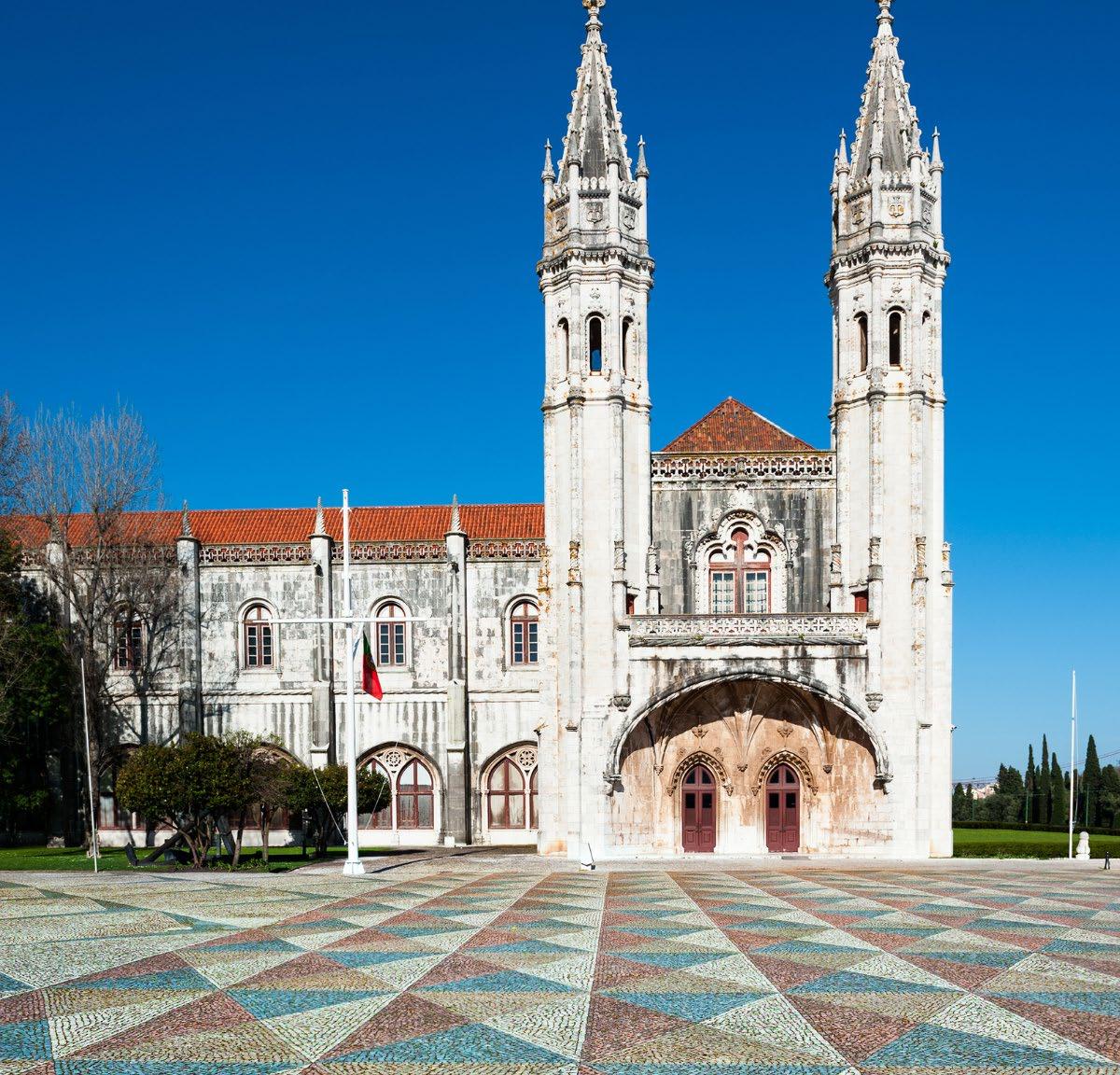
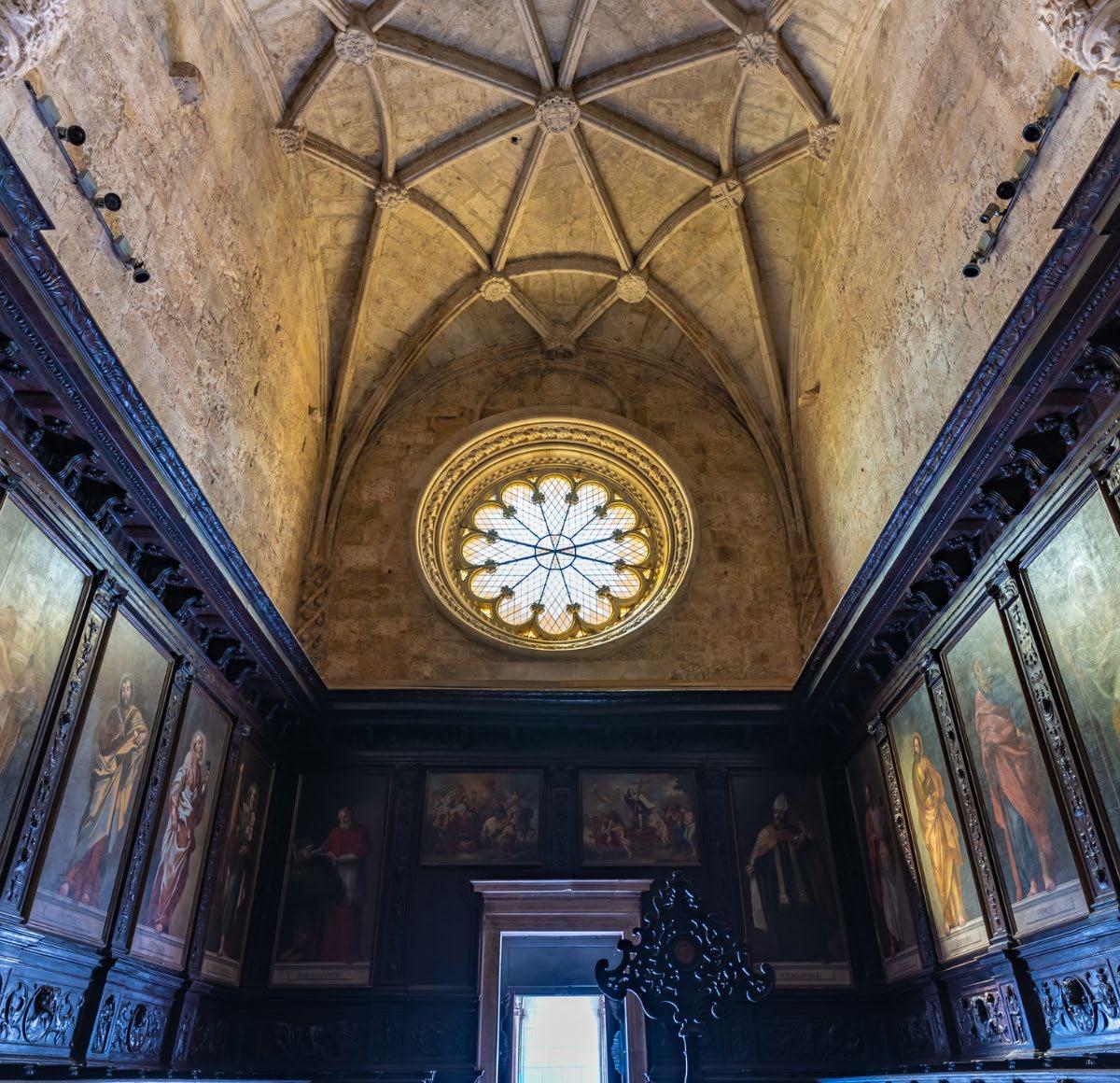
prestige of Portugal during this golden age. Inside, the Church of Santa Maria houses the tombs of King Manuel I, Vasco da Gama, and other notable Portuguese figures. The cloister is a stunning example of the Manueline style, with elaborate stonework and motifs inspired by the sea, such as ropes, coral, and sea creatures. The monastery has been recognized as a UNESCO World Heritage Site since 1983, underlining its historical and architectural significance. Today, it remains one of Portugal’s most visited landmarks, offering a glimpse into the nation’s rich history and cultural heritage during the height of its maritime empire. The Jerónimos Monastery continues to be a symbol of Portugal’s exploration spirit and a major monument in Lisbon’s cultural landscape.
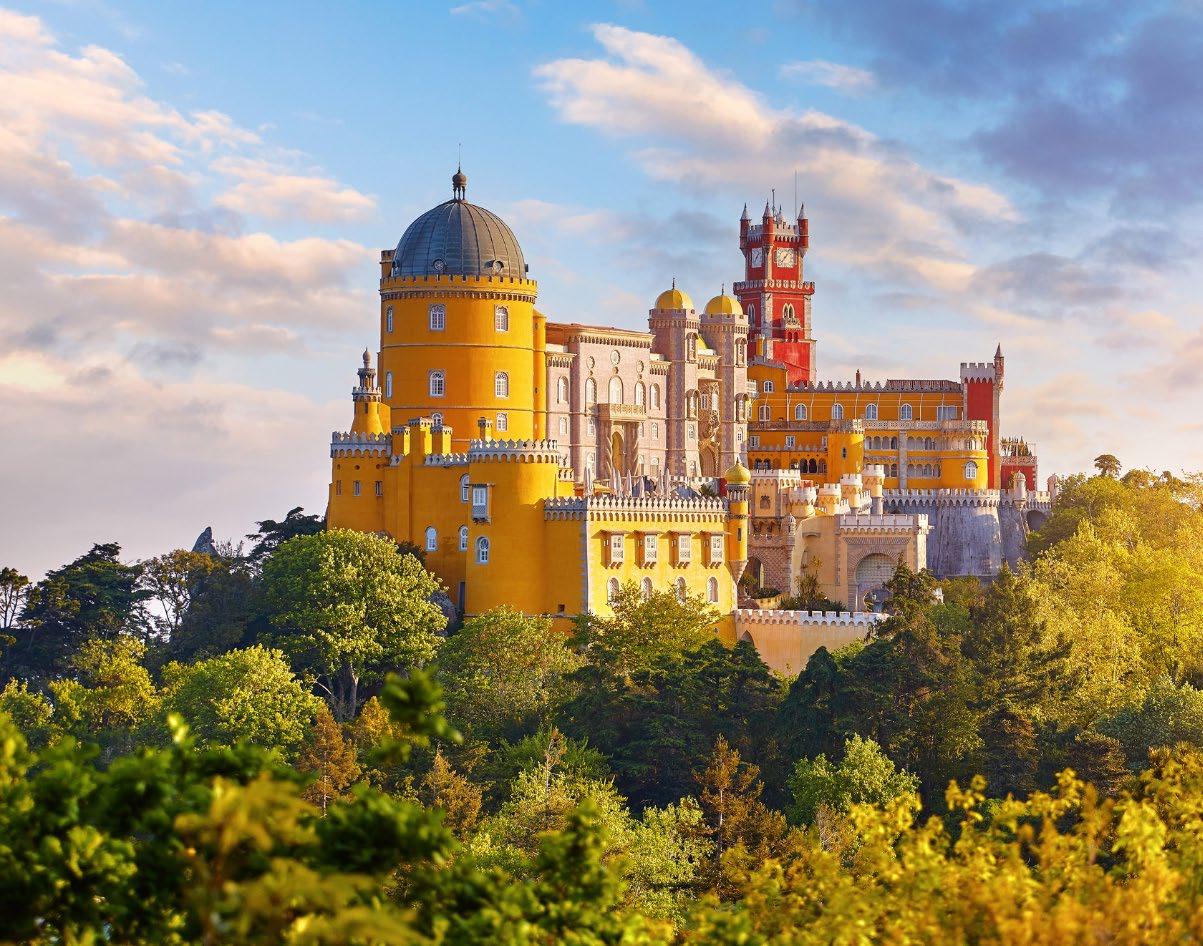
Pena Palace is a striking example of 19th-century Romanticism, perched atop a hill in the Sintra Mountains of Portugal. Its colorful, whimsical design blends Gothic, Moorish, and Manueline architectural styles, creating a fairytale-like appearance. Commissioned by King Ferdinand II in 1838, the palace was intended as a summer residence for the Portuguese royal family and was built on the ruins of a former monastery. Its vibrant facade, painted in shades of red, yellow, and blue, is adorned with towers, turrets, and decorative stone carvings. The interior is equally extravagant, featuring ornate rooms filled with lavish furniture, frescoes, and intricate woodwork. Surrounding the palace is the Pena Park, a lush, forested area with winding paths, exotic

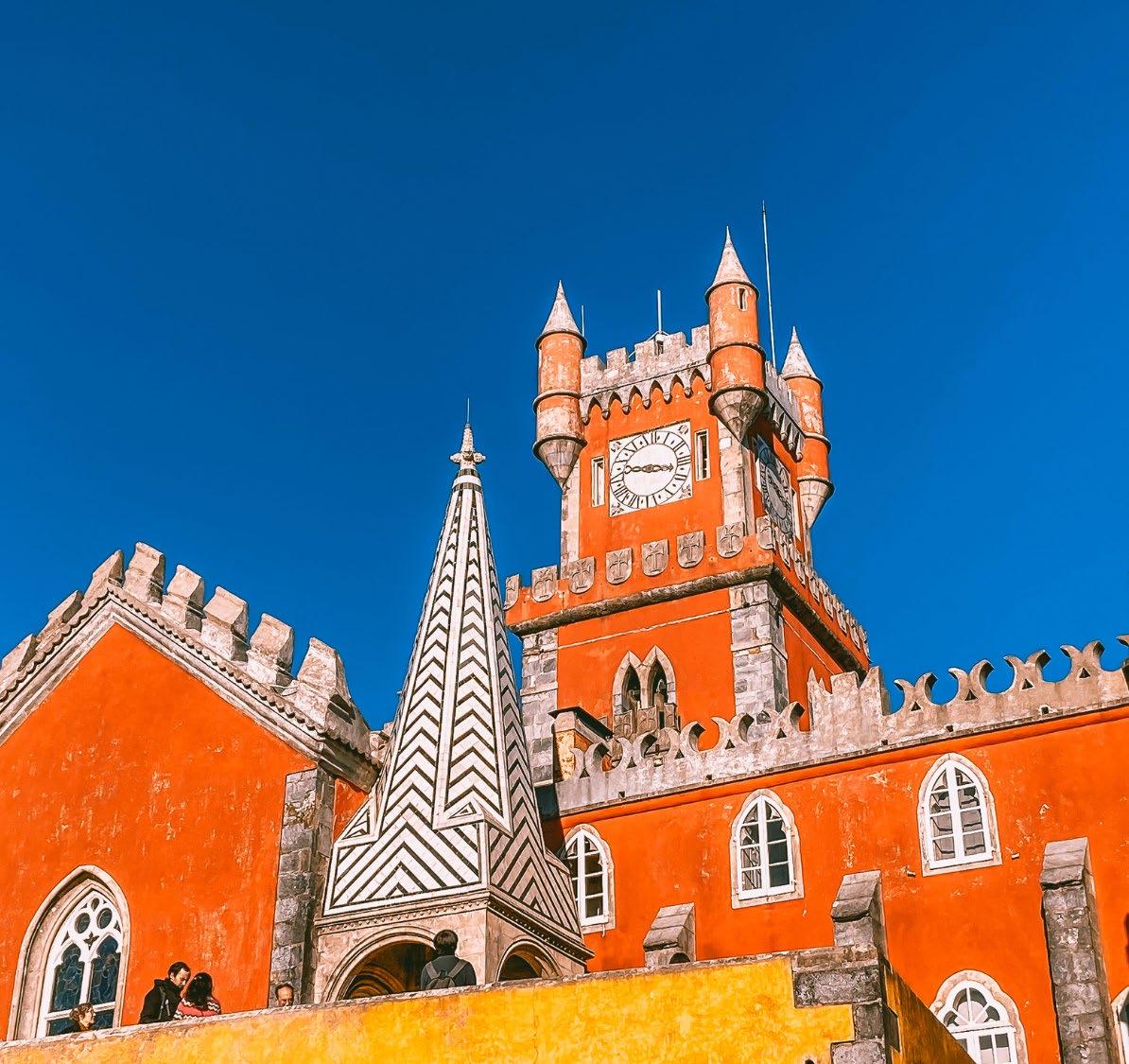
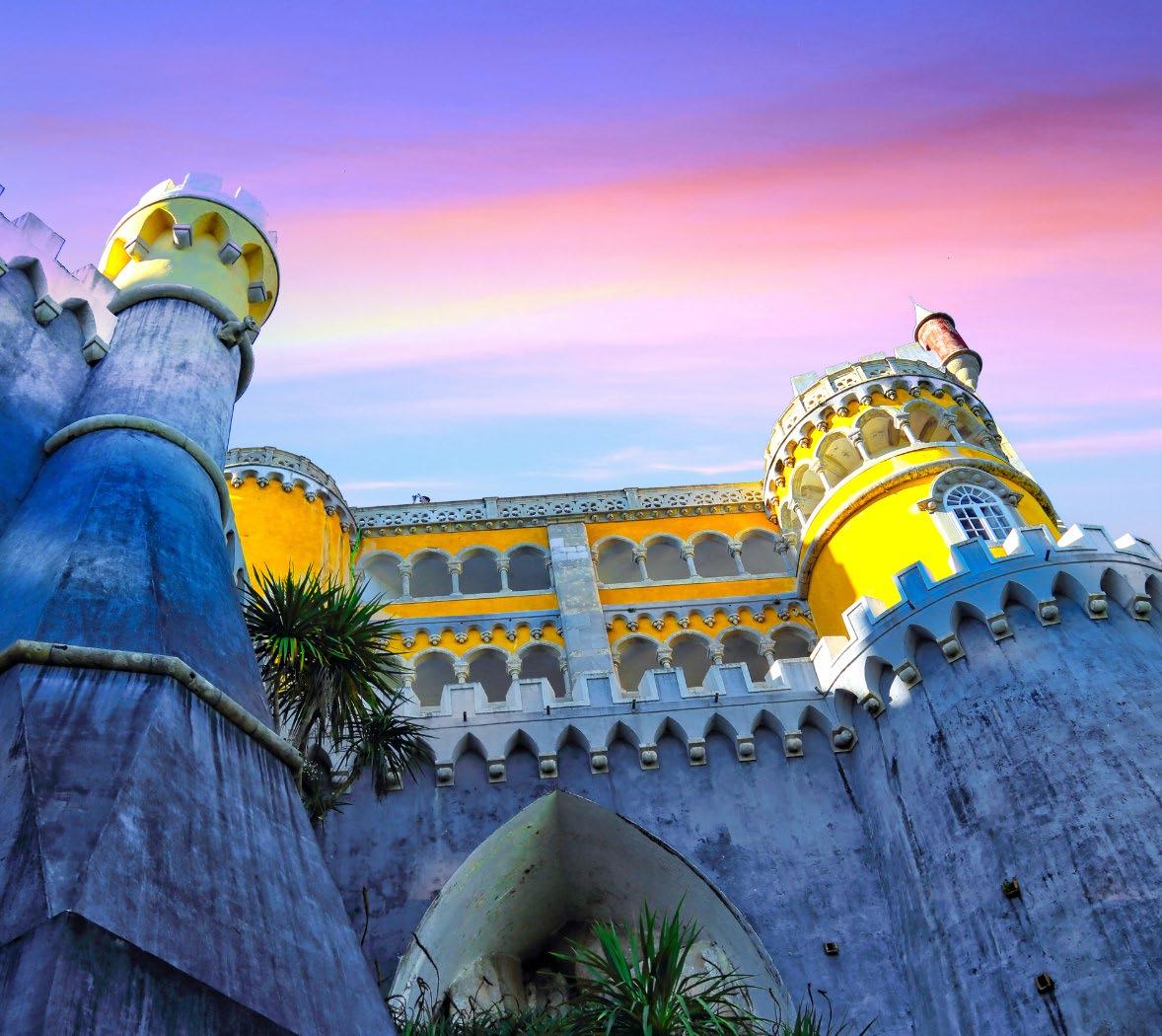
plants, and hidden grottoes that enhance the enchanting atmosphere of the palace. One of the most distinctive features of Pena Palace is its ability to be seen from afar, especially on clear days when its brightly colored exterior shines against the sky. The palace’s location offers breathtaking panoramic views of the surrounding landscape, including the Atlantic Ocean and the town of Sintra below. Recognized as a UNESCO World Heritage site, Pena Palace remains one of Portugal’s most visited landmarks, attracting tourists for its architectural splendor, historical significance, and stunning vistas. It stands as a symbol of the Romantic era’s fascination with nature, art, and fantasy, making it a unique and magical destination for those exploring the rich cultural heritage of Portugal.
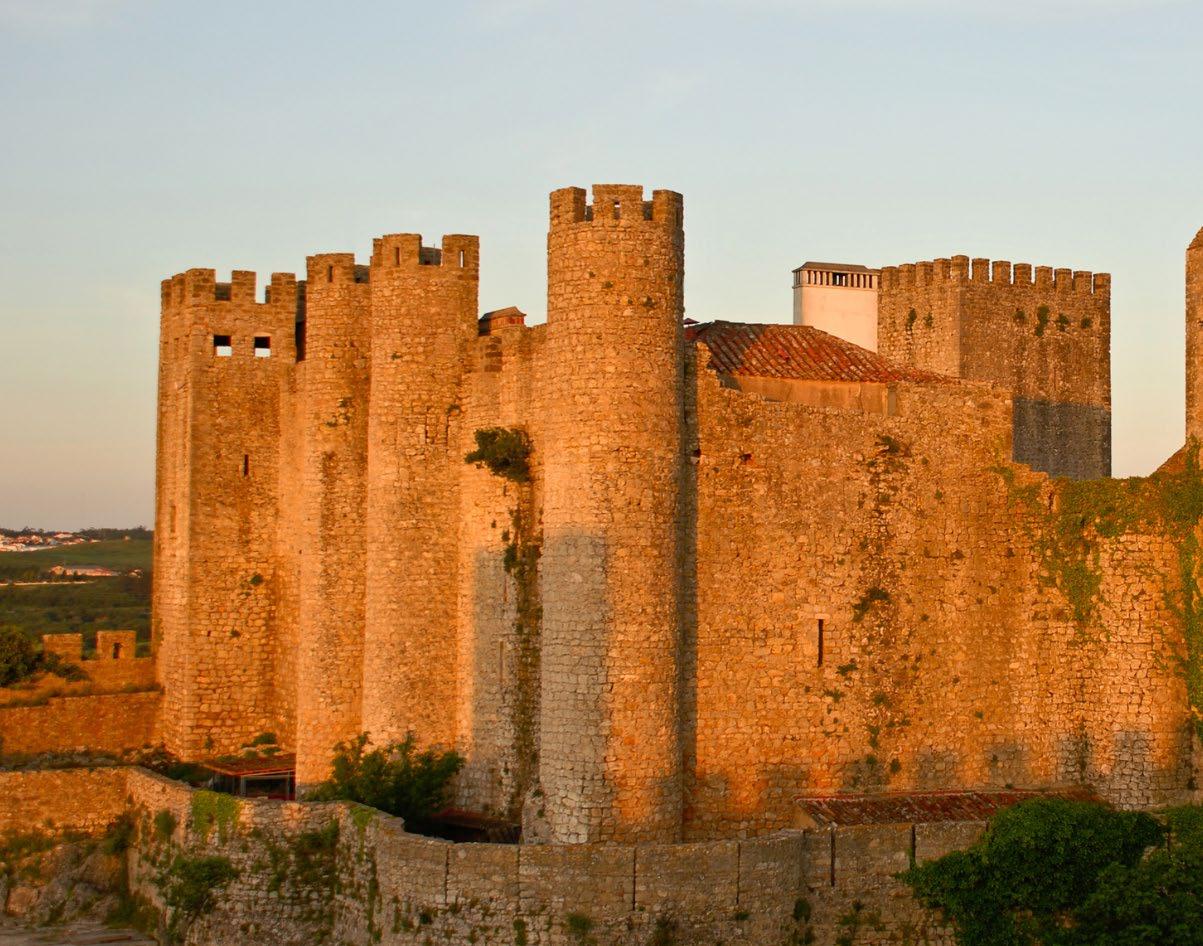
Óbidos Castle, located in central Portugal, is a striking example of medieval military architecture that has stood the test of time. Dating back to the 12th century, it was initially built on Roman foundations after the area was recaptured from the Moors during the Christian Reconquista. The castle’s impressive structure, with its towering stone walls and battlements, reflects its strategic importance in protecting the region from invaders. Over the centuries, the castle underwent various modifications, incorporating Gothic, Manueline, and Renaissance elements, all of which can still be seen today. Óbidos itself is a well-preserved walled town, and the castle is its crowning jewel. Historically, the town and castle were often given as a gift
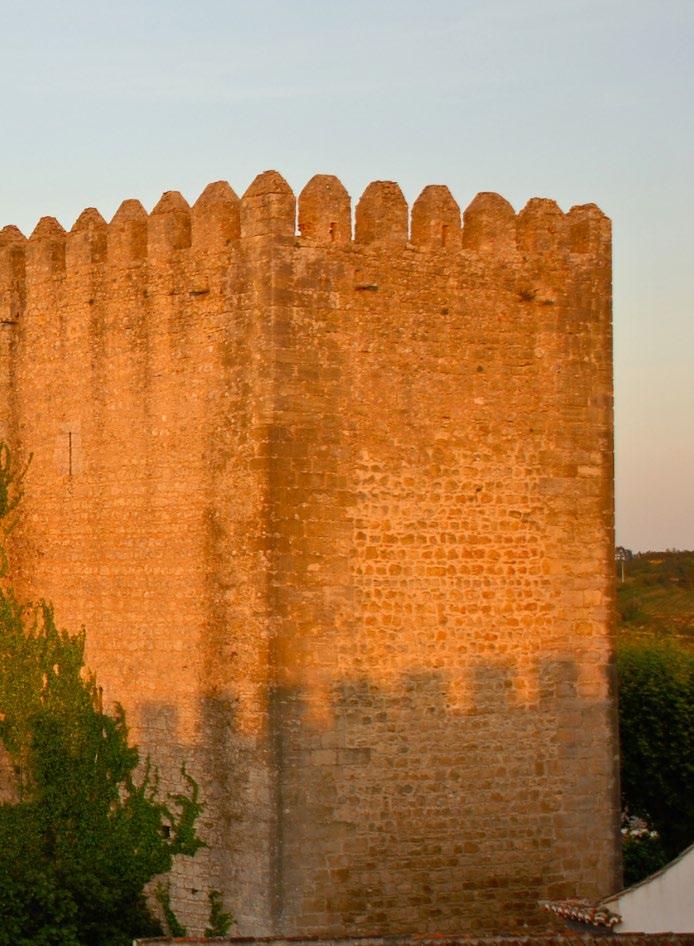
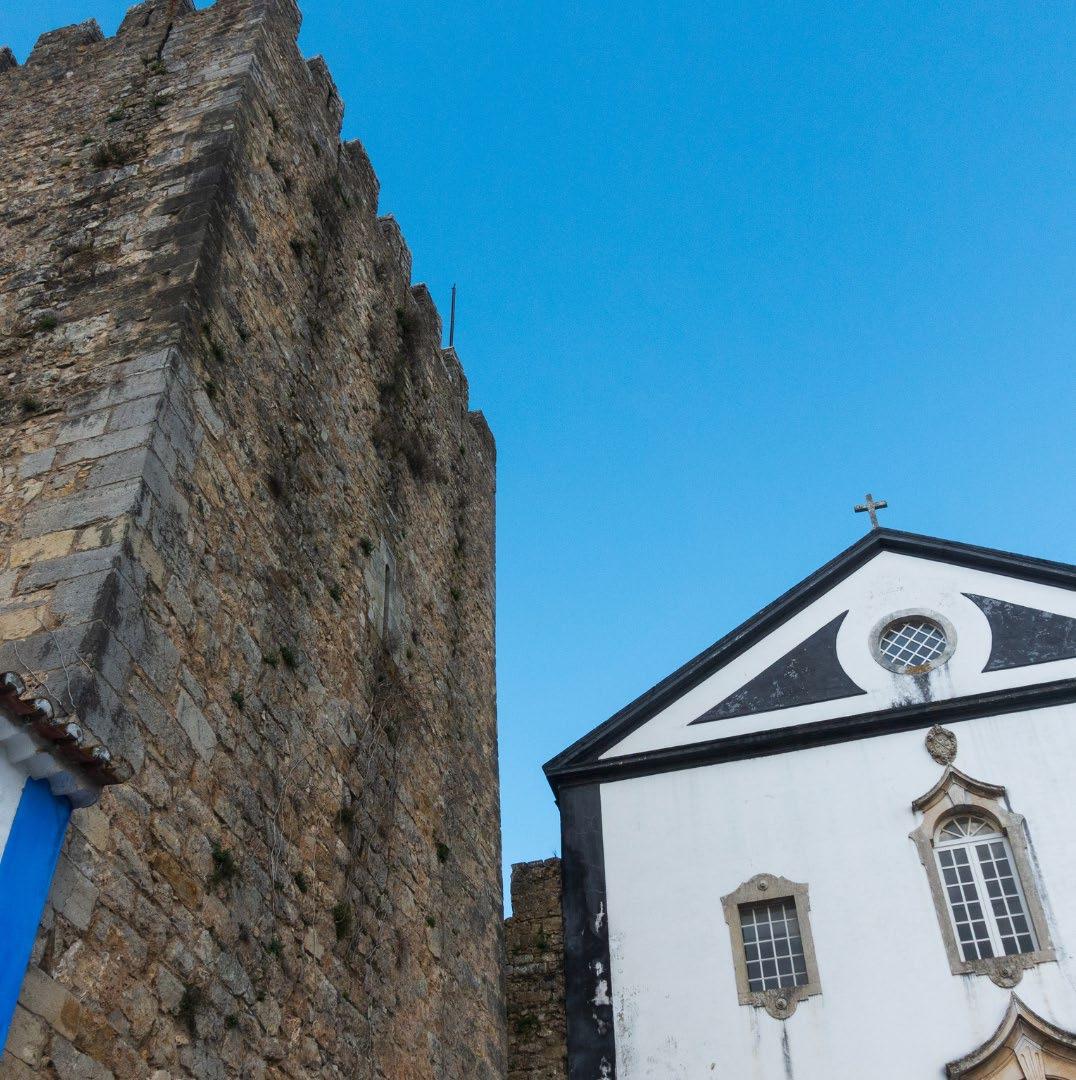
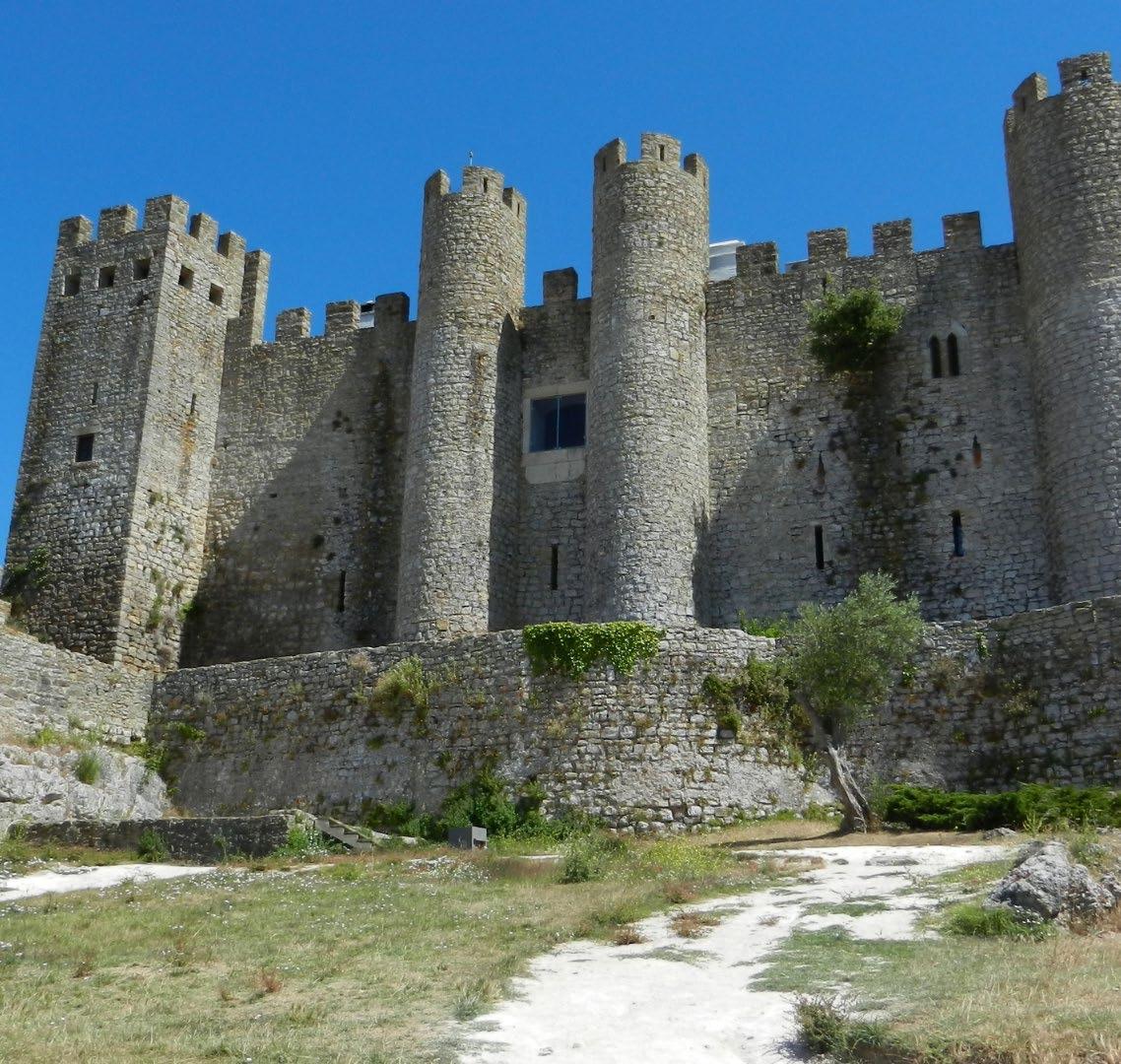
to Portuguese queens, becoming part of the dowry tradition. This earned Óbidos the nickname “the town of queens.” Today, Óbidos Castle serves as a tourist attraction, offering a window into Portugal’s rich medieval past. It is also home to a luxurious pousada, a state-run historic hotel, allowing guests to immerse themselves in the castle’s atmosphere. The castle’s proximity to Lisbon makes it a popular destination for day trips, where visitors can explore the cobbled streets of Óbidos, walk along the fortified walls, and take in panoramic views of the surrounding countryside. The castle is especially enchanting during the annual Medieval Fair, when the town comes alive with reenactments, jousting, and traditional crafts, giving visitors a chance to experience life as it was centuries ago.
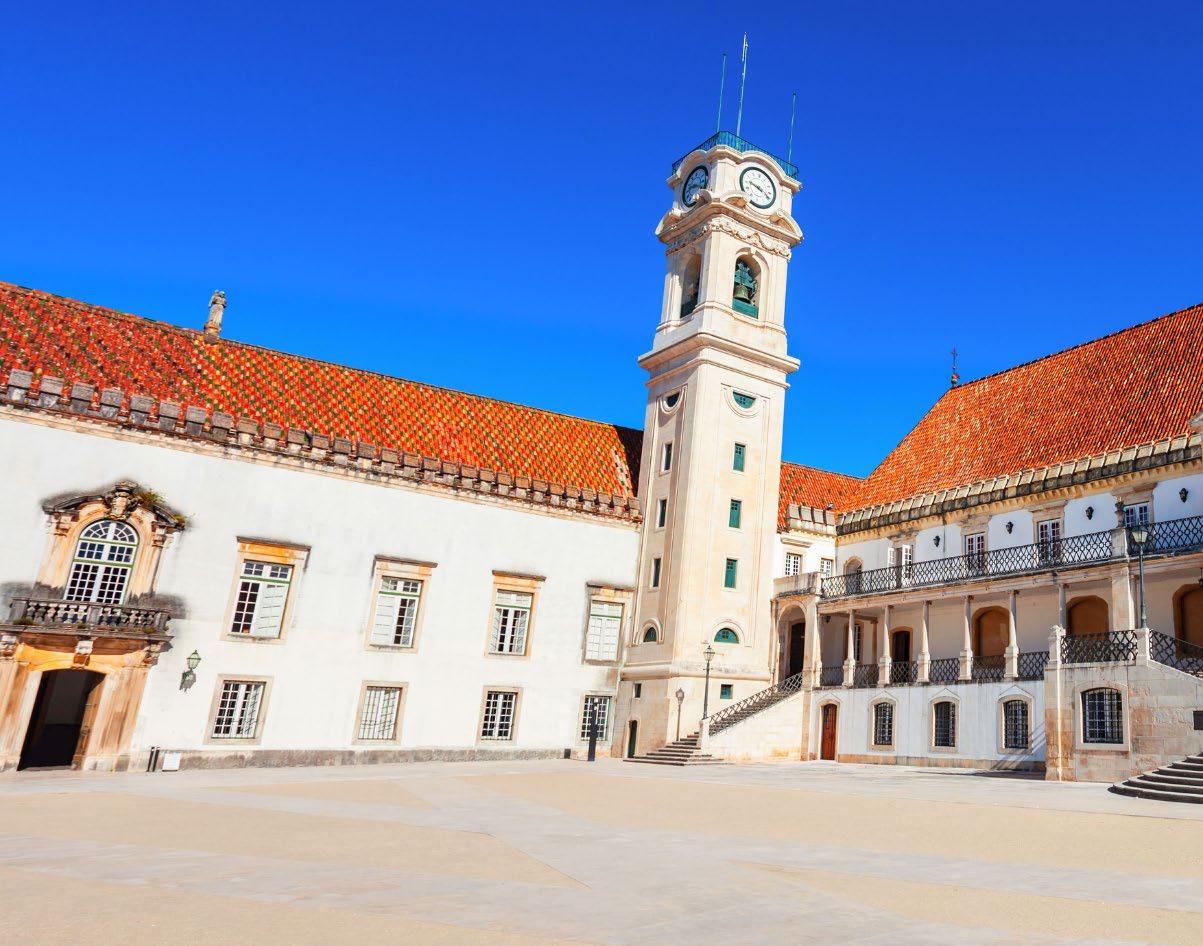
The University of Coimbra, founded in 1290, is one of the oldest universities in Europe. Originally established in Lisbon, it was later moved to Coimbra, a historic city that became synonymous with academic excellence. The university’s historic campus is a UNESCO World Heritage site, reflecting its rich architectural and cultural heritage. The institution is renowned for its contributions to education, research, and Portuguese culture, having played a significant role in shaping the country’s intellectual landscape for centuries. Coimbra’s academic traditions, such as the wearing of black academic robes and the “fado de Coimbra,” a unique form of traditional Portuguese
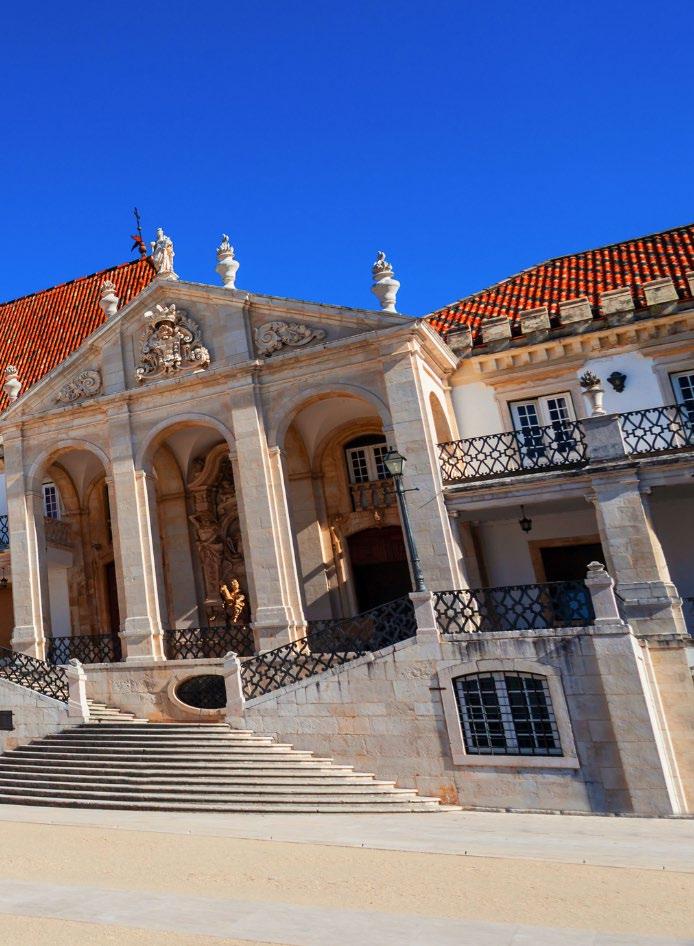
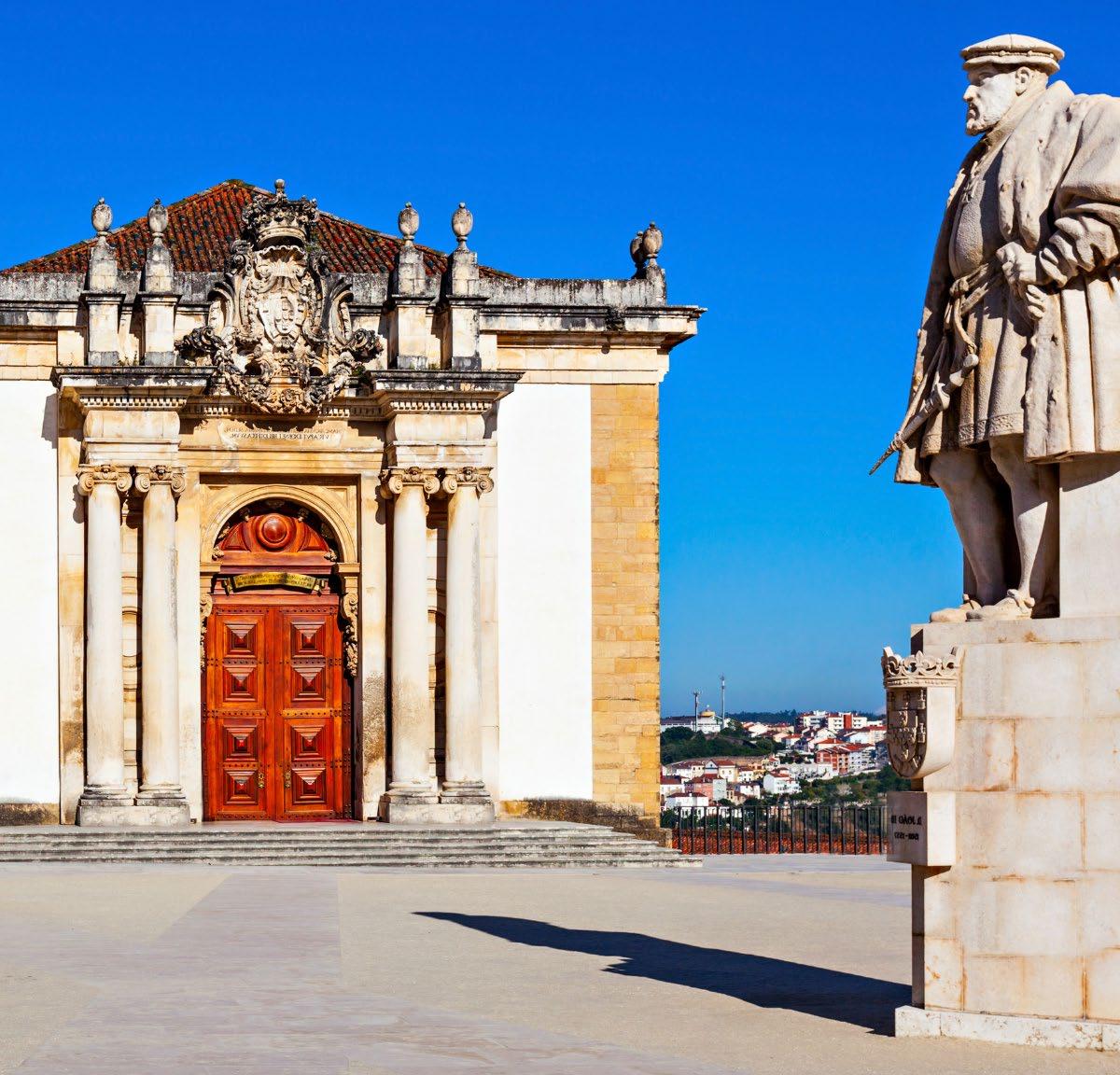
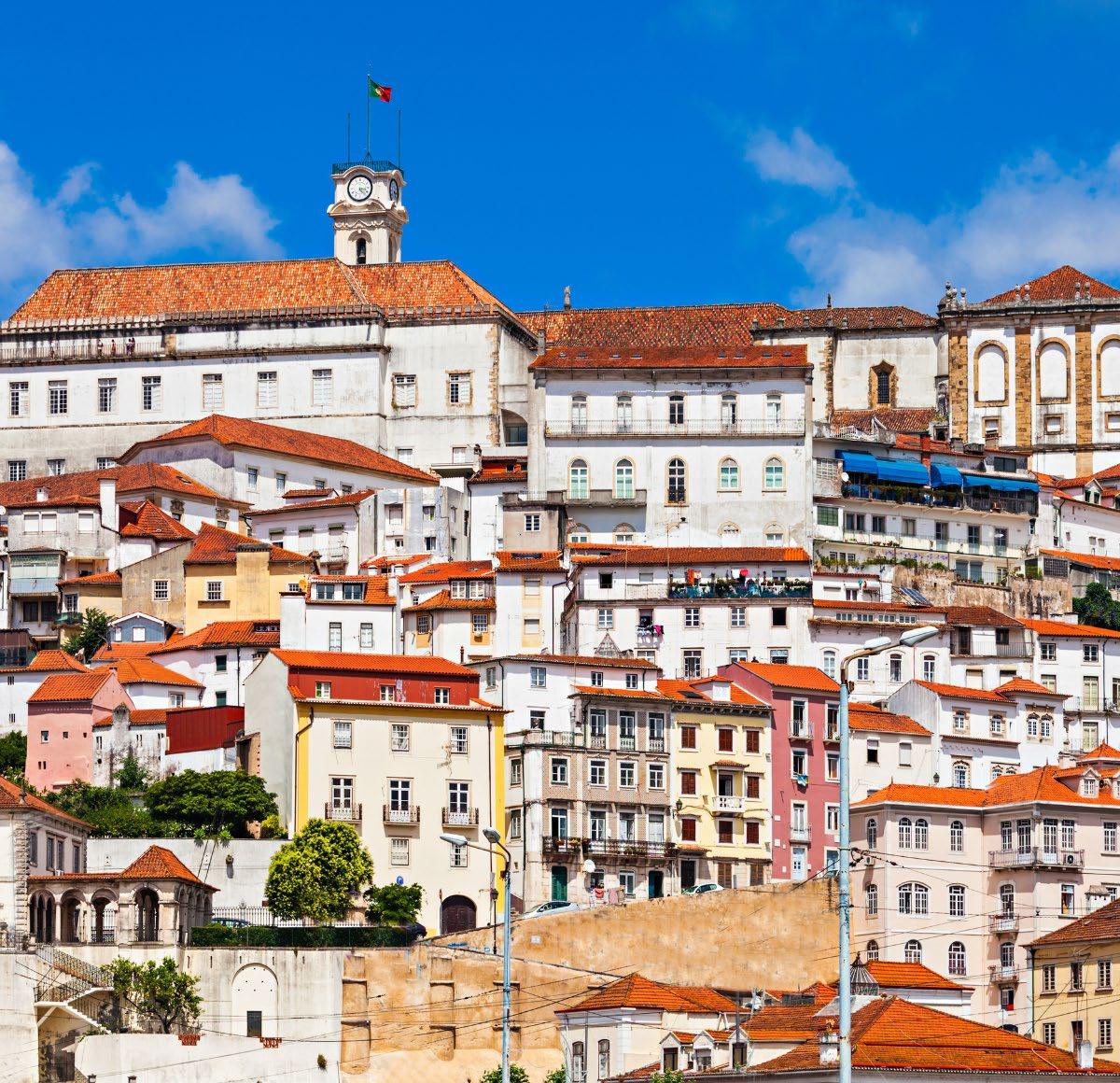
music performed by students, add to its distinctive cultural identity. The university’s library, the Joanina Library, is a Baroque masterpiece, home to over 200,000 volumes, many of them rare and ancient manuscripts. The University of Coimbra continues to be a leader in research and innovation, attracting students and scholars from around the world. It maintains a strong commitment to interdisciplinary studies and global collaboration, ensuring its place as a modern educational institution with deep historical roots. The university remains a symbol of Portuguese academia and an integral part of the country’s cultural and intellectual heritage.
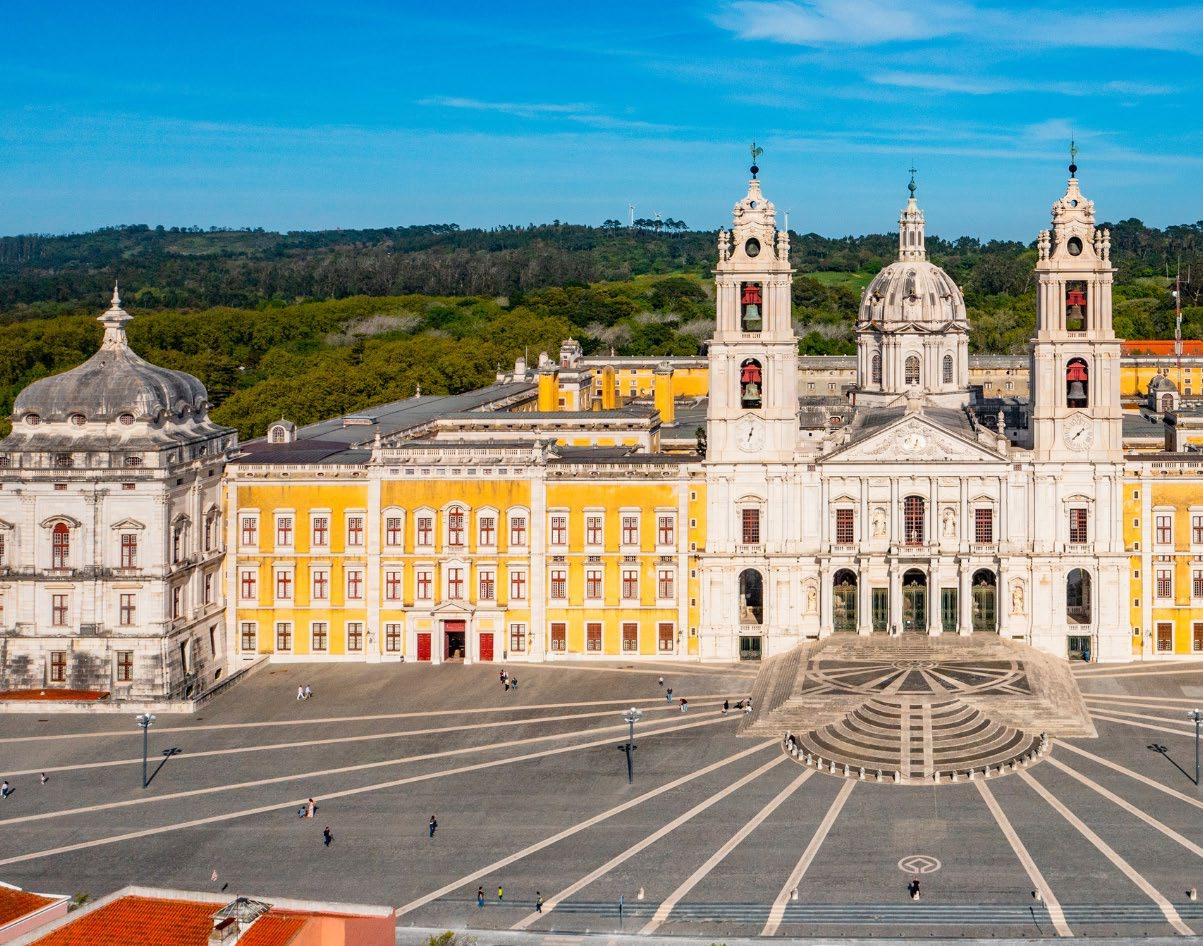
The Palácio Nacional de Mafra, located in the town of Mafra, Portugal, is one of the most significant examples of Baroque architecture in the country. Commissioned by King João V in 1717, it was originally intended to be a simple monastery, but as the wealth from Brazil poured into the Portuguese crown, the project grew into a grand royal palace. The palace-monastery complex was completed in 1730 and stands as a symbol of the king’s power and religious devotion. The vast structure includes a royal palace, a basilica, a monastery, and a library, which houses over 36,000 rare books. The architectural design blends elements of Baroque and Neoclassical styles,
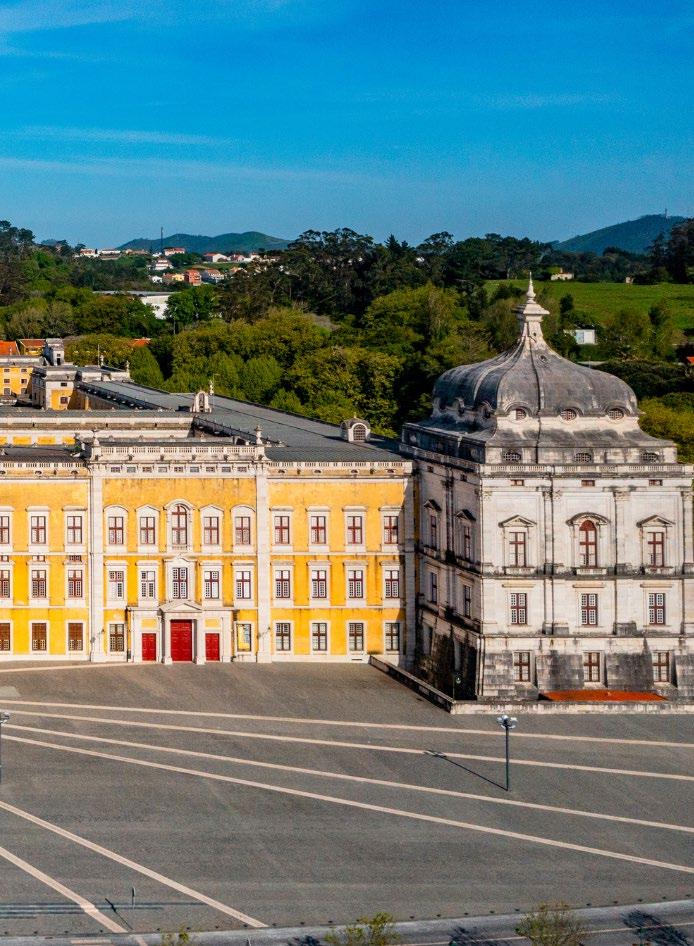

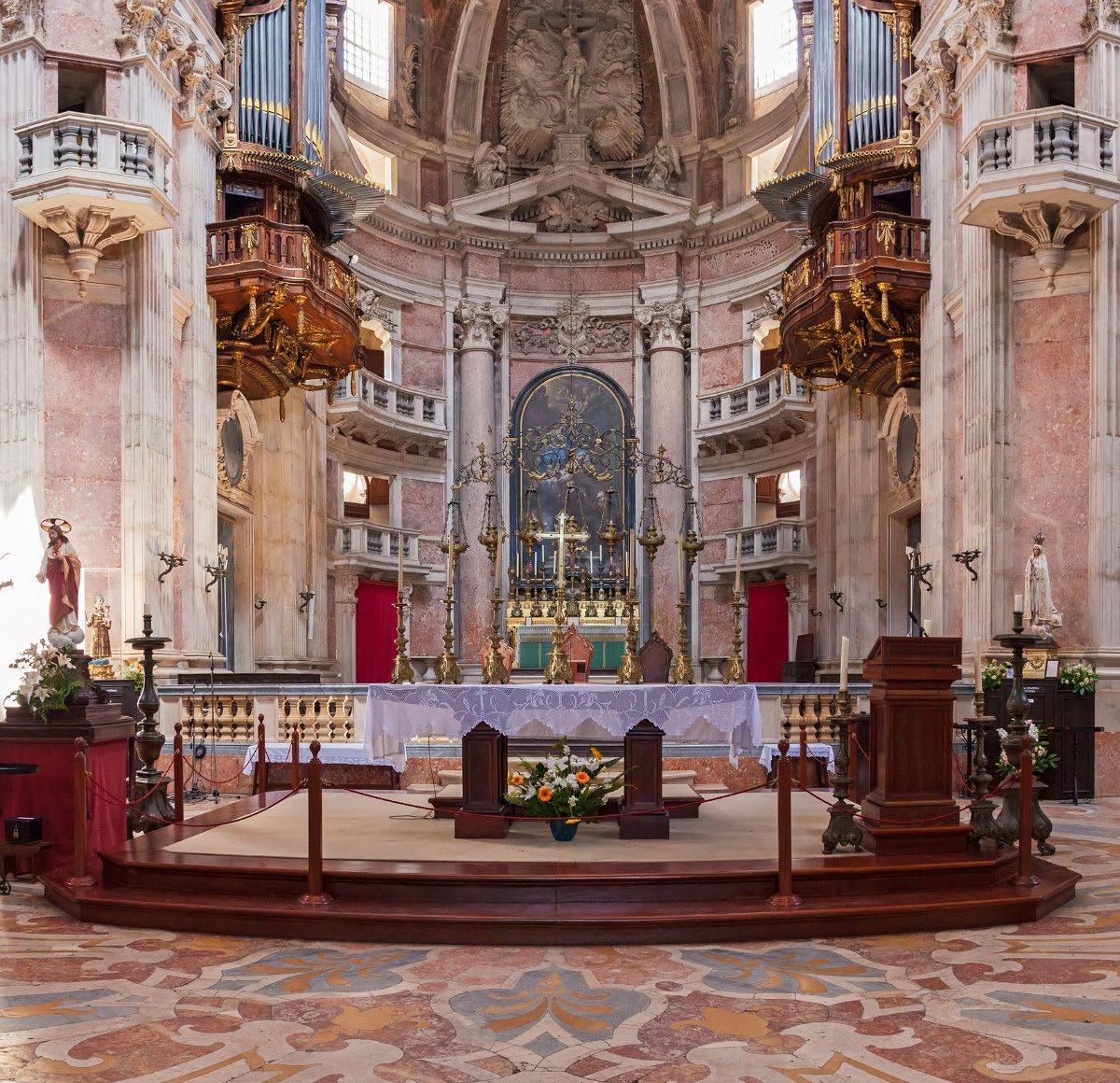
with symmetrical façades and elaborate interior decorations, including frescoes, marble, and intricate woodwork. One of its most iconic features is the basilica, with its grand dome, six organs, and two carillons that together comprise the largest ensemble of historical bells in the world. The palace also played a significant role in Portuguese history, serving as a residence for the royal family and later becoming a key site during the reign of King João VI and the Portuguese Civil War. In 2019, the Palácio Nacional de Mafra was recognized as a UNESCO World Heritage Site due to its architectural grandeur and historical importance. Today, it is a popular tourist attraction, offering visitors a glimpse into the opulence of 18th-century Portuguese royalty and the country’s rich cultural heritage.
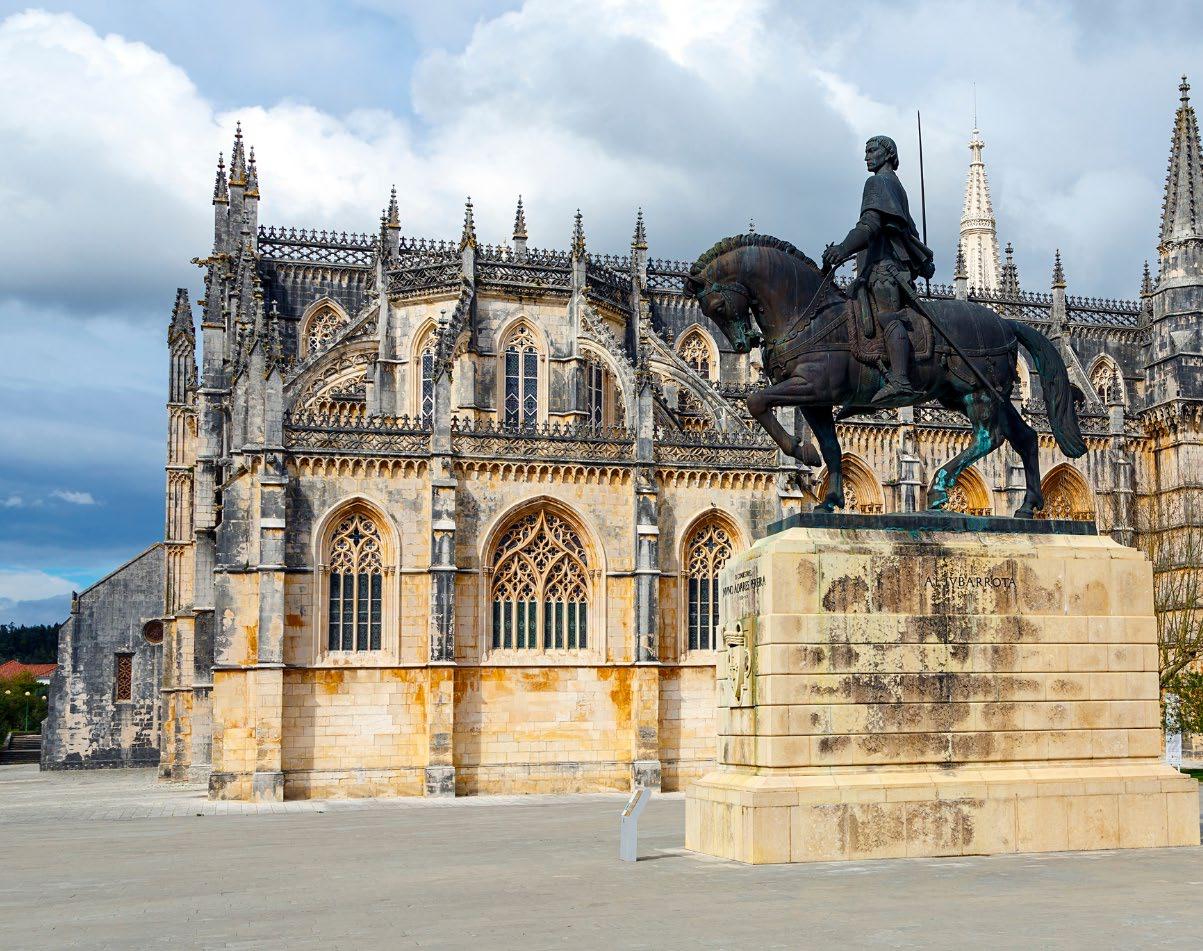
The Batalha Monastery is a UNESCO World Heritage site located in central Portugal. It was built to commemorate the Portuguese victory over the Castilians at the Battle of Aljubarrota in 1385, which secured Portugal’s independence. Commissioned by King João I, construction of the monastery began in 1386 and continued for almost two centuries, resulting in a stunning fusion of Gothic and Manueline architectural styles. The monastery is renowned for its intricate stonework and vast stained-glass windows. Batalha Monastery is home to several remarkable features, including the Founder’s Chapel, which houses the tomb of King João I and his wife, Queen Philippa
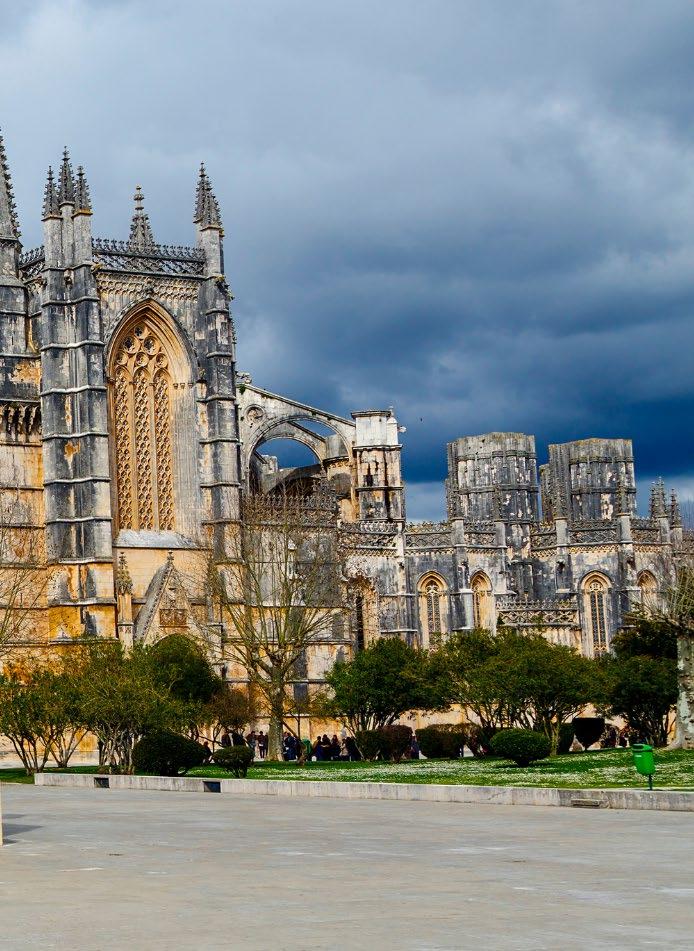
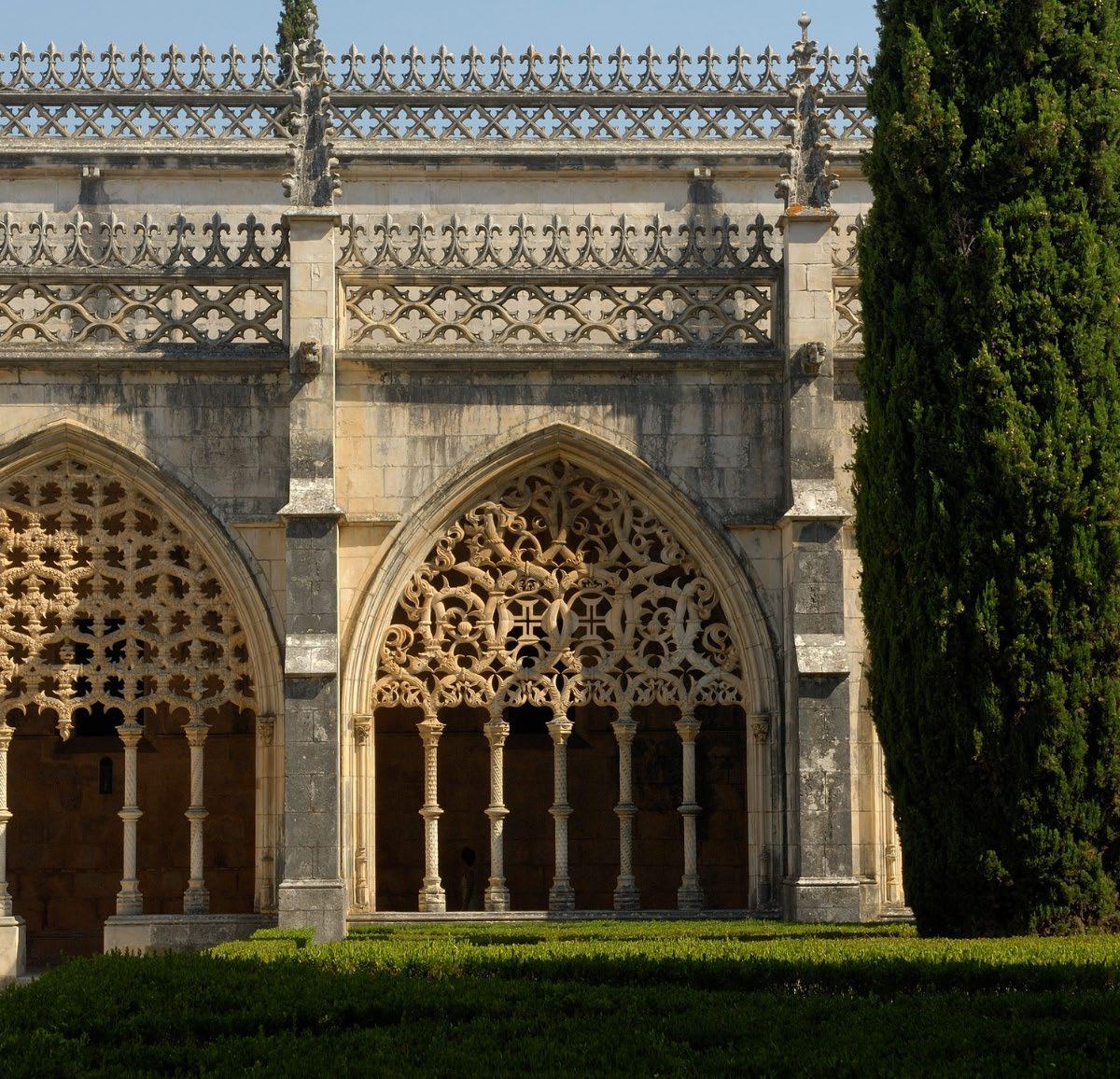
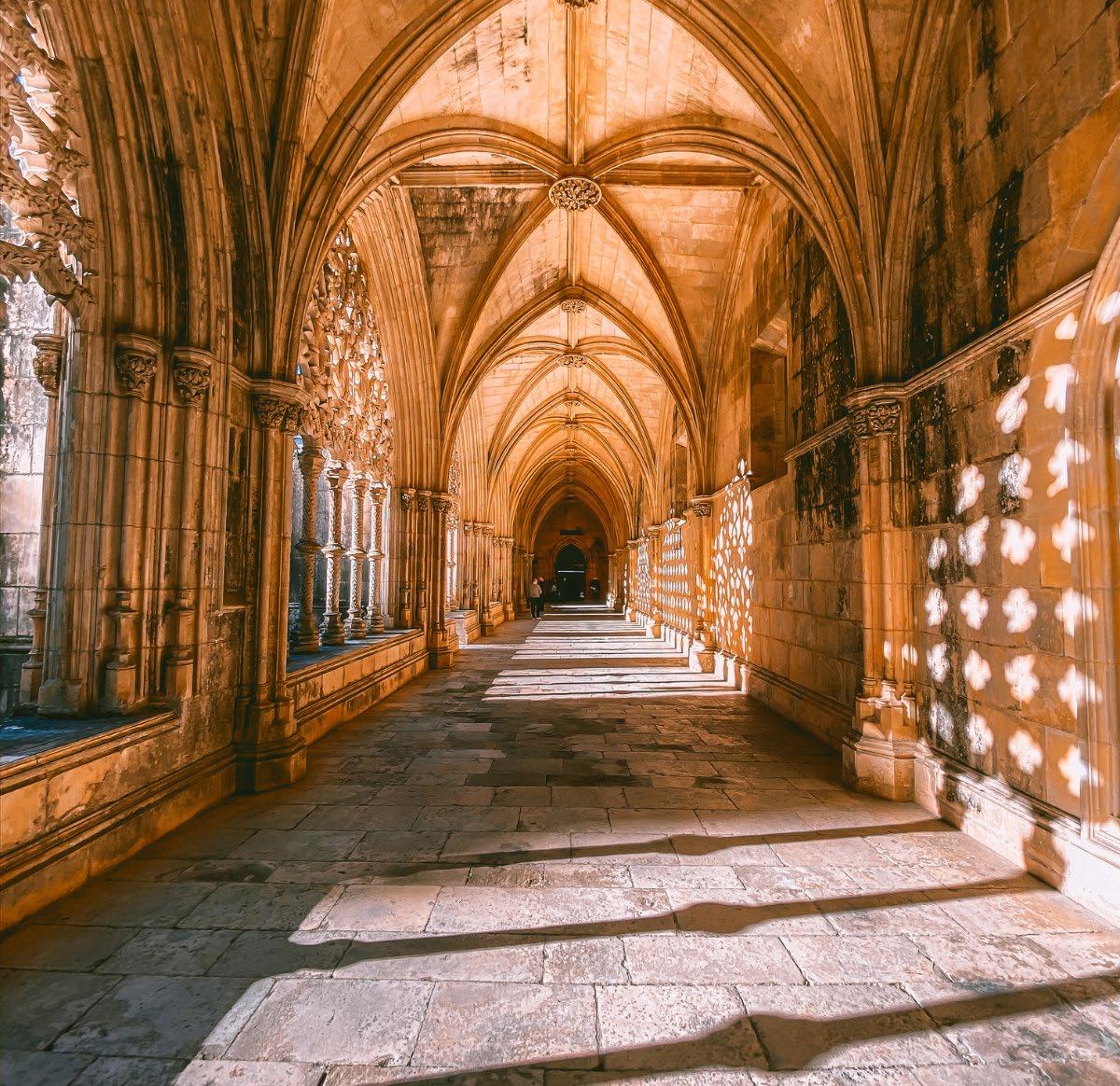
of Lancaster, along with their famous son, Prince Henry the Navigator. The Unfinished Chapels are another striking part of the complex, showcasing an extraordinary blend of Gothic and Manueline design, although they remain incomplete. The Royal Cloister, with its elaborate stone carvings and peaceful ambiance, is a masterpiece of architectural symmetry. The monastery stands not only as a symbol of religious devotion but also as a testament to Portugal’s historical significance, reflecting the country’s golden age of exploration and its cultural achievements. Today, the Batalha Monastery remains a major cultural landmark, drawing visitors from around the world to admire its artistic and historical legacy.
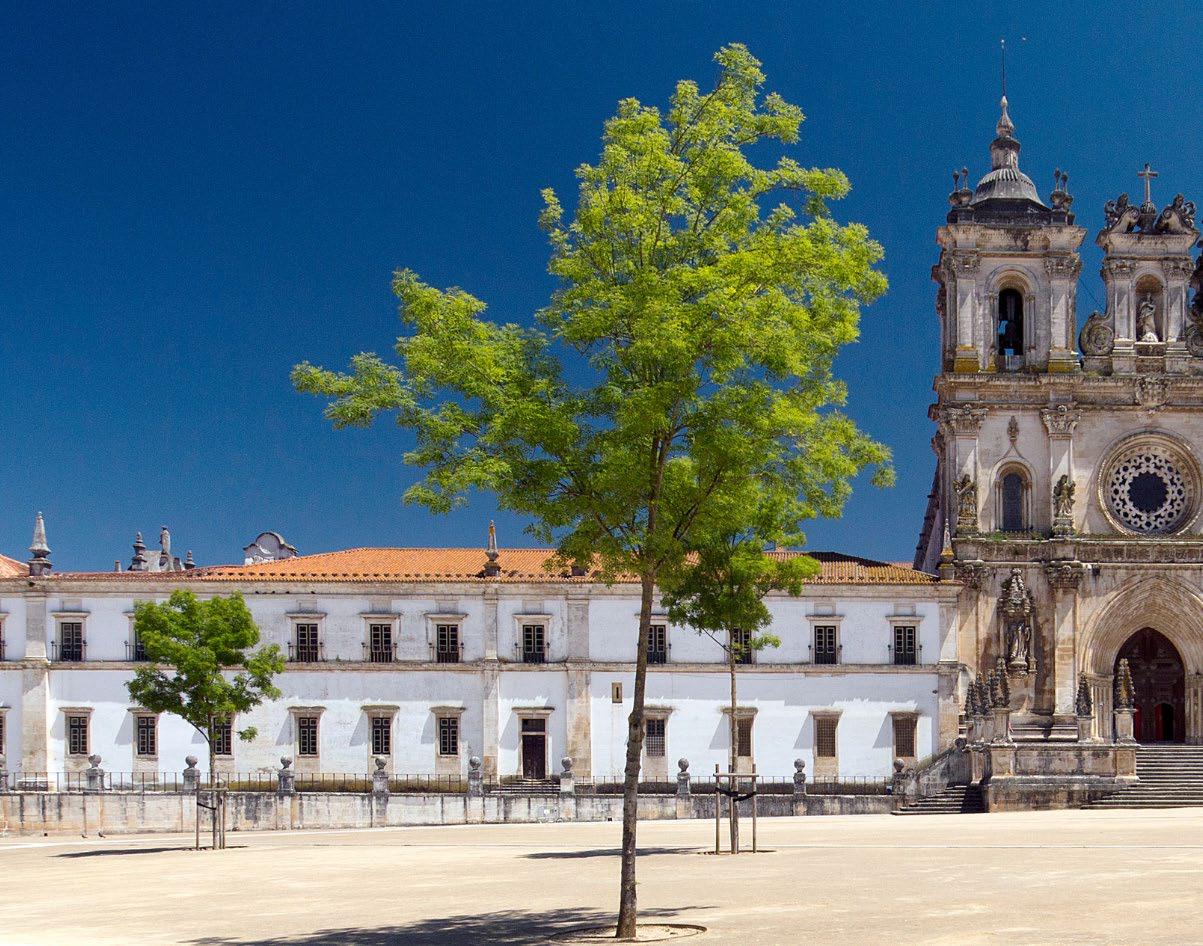
The Alcobaça Monastery, located in Portugal, is a masterpiece of Cistercian Gothic architecture and one of the most significant medieval monastic complexes in Europe. Founded in 1153 by the first King of Portugal, Afonso Henriques, it was established as a gesture of gratitude to Bernard of Clairvaux and the Cistercian Order for their support in consolidating the newly-formed kingdom. The construction of the monastery began in the 12th century and was completed in stages, becoming a center of religious and cultural importance. The monastery’s church, completed in 1252, is noted for its impressive size, simplicity, and purity of design, embodying the austere ideals of the Cistercian order. Its massive interior features high
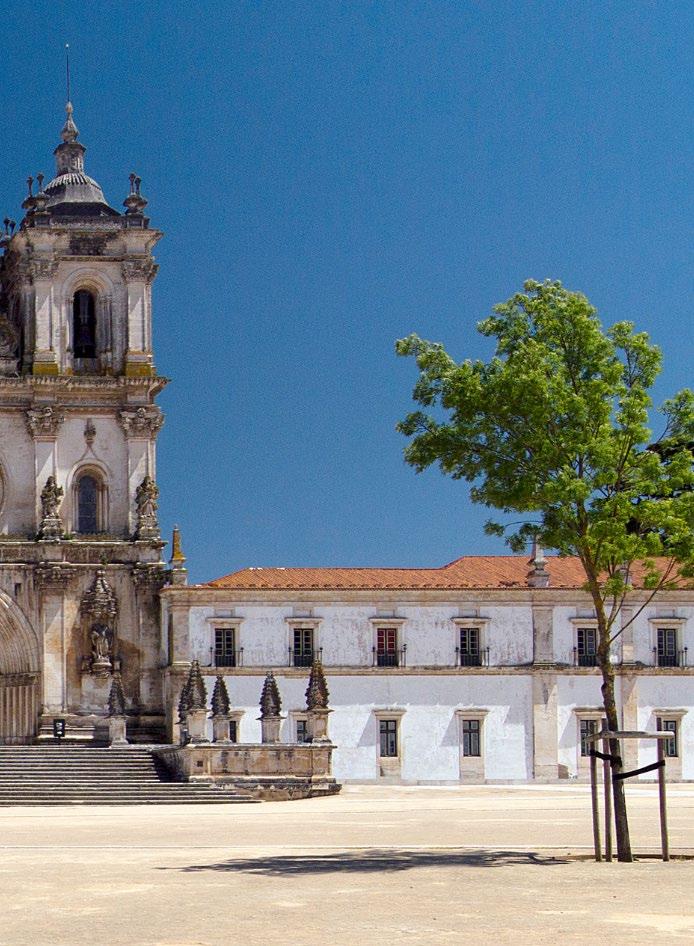
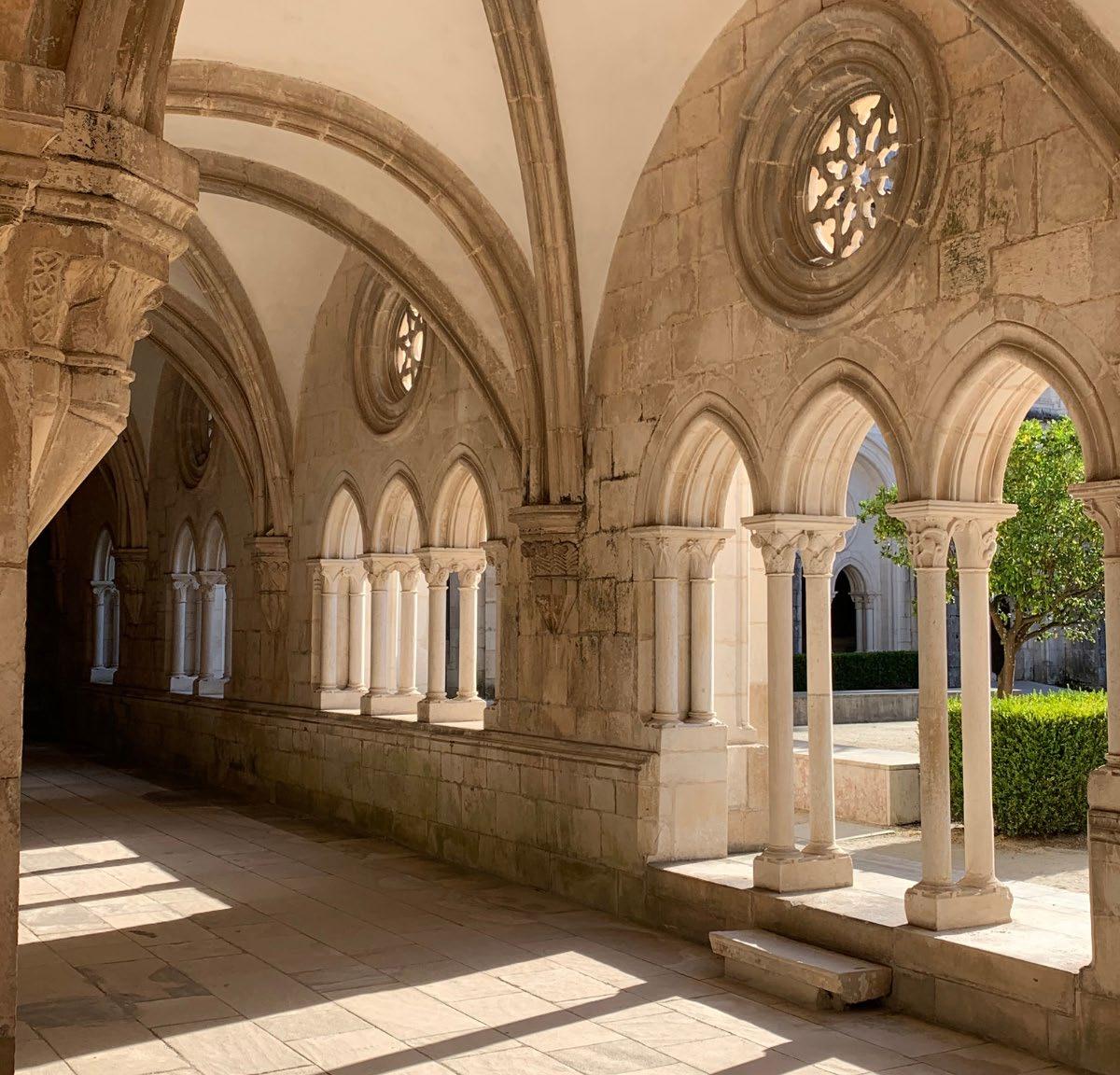
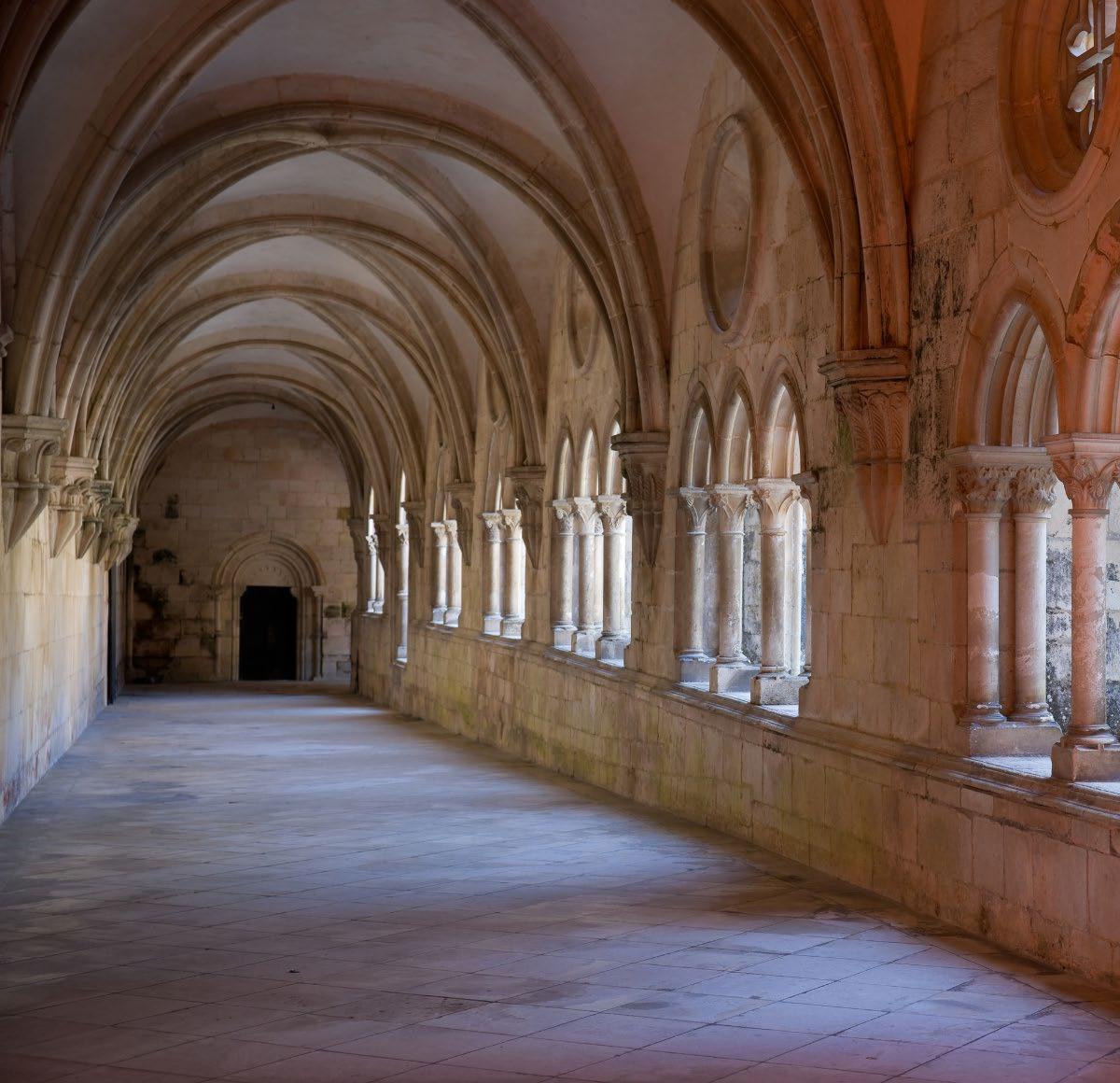
vaulted ceilings, pointed arches, and long, narrow aisles, contributing to a sense of solemnity and spiritual ascension. The monastery also houses the tombs of Pedro I and Inês de Castro, whose tragic love story is legendary in Portuguese history, adding an emotional layer to the site. These intricately carved Gothic tombs are considered masterpieces of funerary art. Over the centuries, the Alcobaça Monastery played a crucial role in the development of Portuguese culture, serving as a center for agricultural and intellectual activities. It was declared a UNESCO World Heritage site in 1989 due to its historical, architectural, and cultural significance. Despite suffering damage during the Napoleonic invasions and the dissolution of monastic orders in the 19th century, the Alcobaça Monastery remains an iconic symbol of Portugal’s medieval heritage and religious history.

Serra da Estrela Natural Park, located in central Portugal, is the largest protected area in the country and one of its most scenic regions. It encompasses the Serra da Estrela mountain range, which boasts mainland Portugal’s highest peak at 1,993 meters, known as Torre. The park spans over 1,000 square kilometers and is renowned for its diverse landscapes, including rugged mountains, deep valleys, forests, and glacial lakes. Its unique geographical features were shaped by ancient glaciation, giving rise to striking rock formations, cliffs, and plateaus. Serra da Estrela is also home to a wide variety of plant and animal species, many of which are endemic to the region. Wildlife such as wolves, wild boars, and the Iberian ibex inhabit the park, alongside rare bird
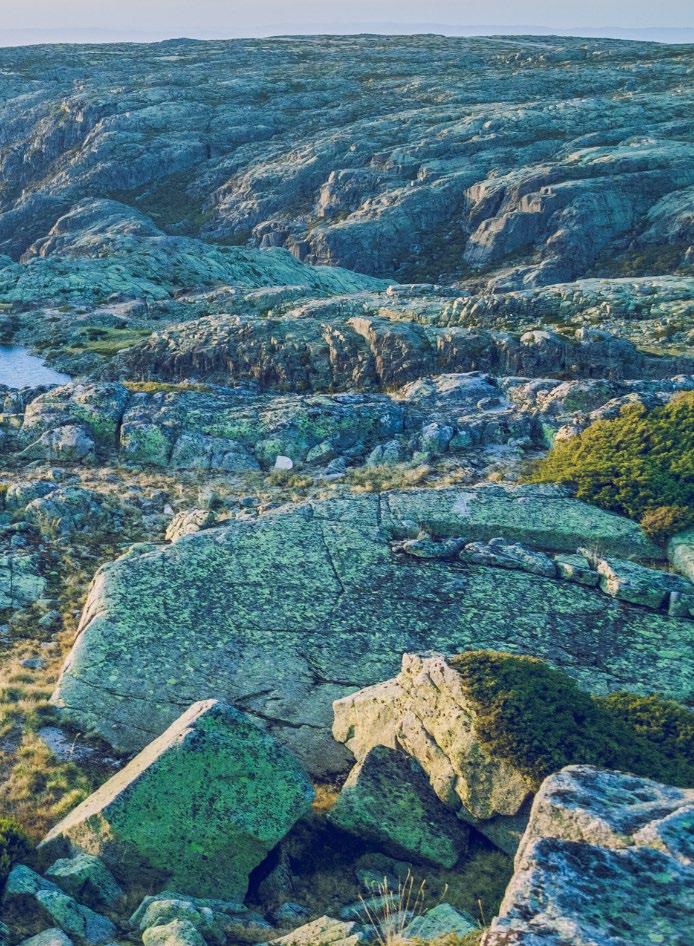
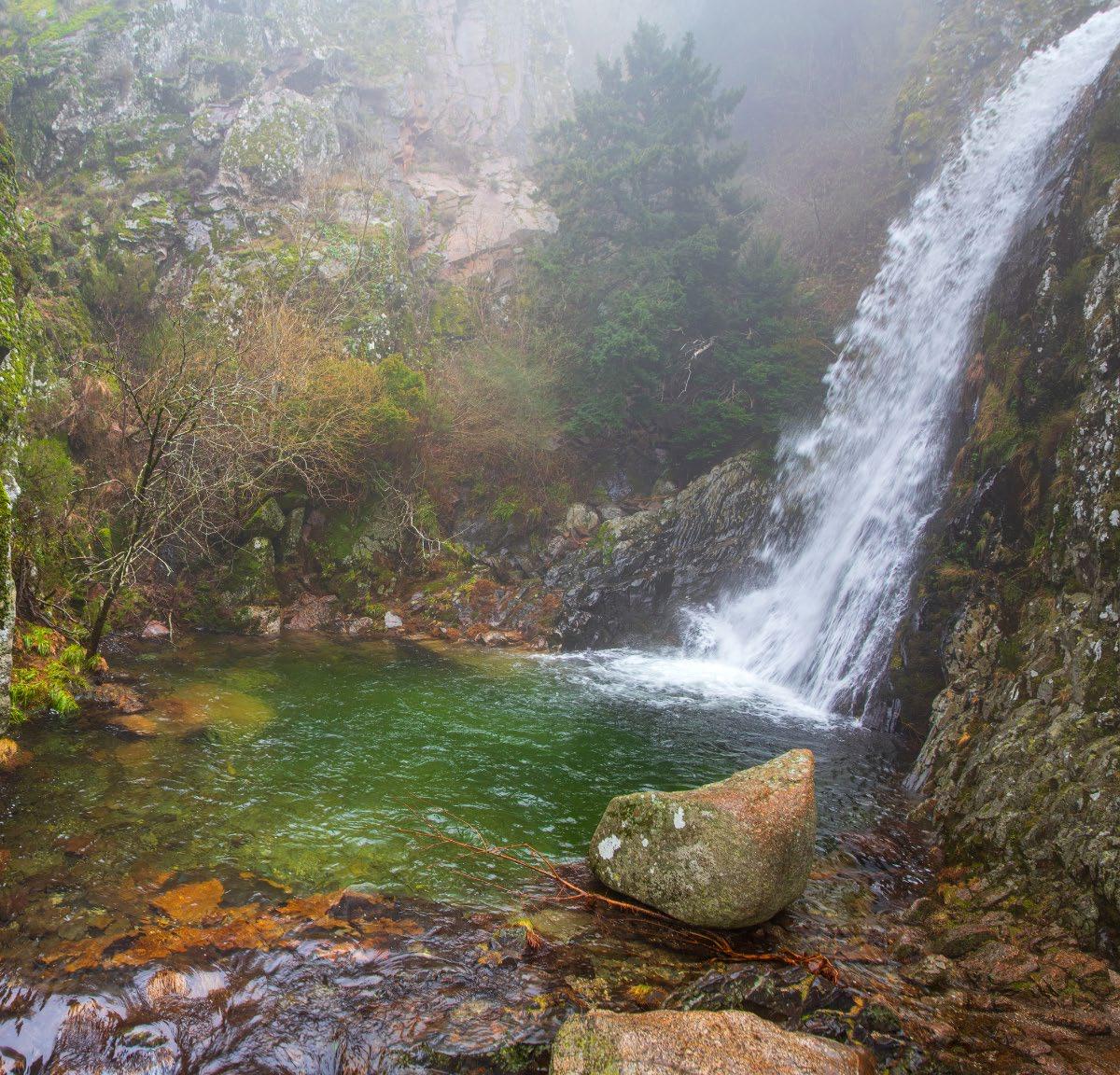
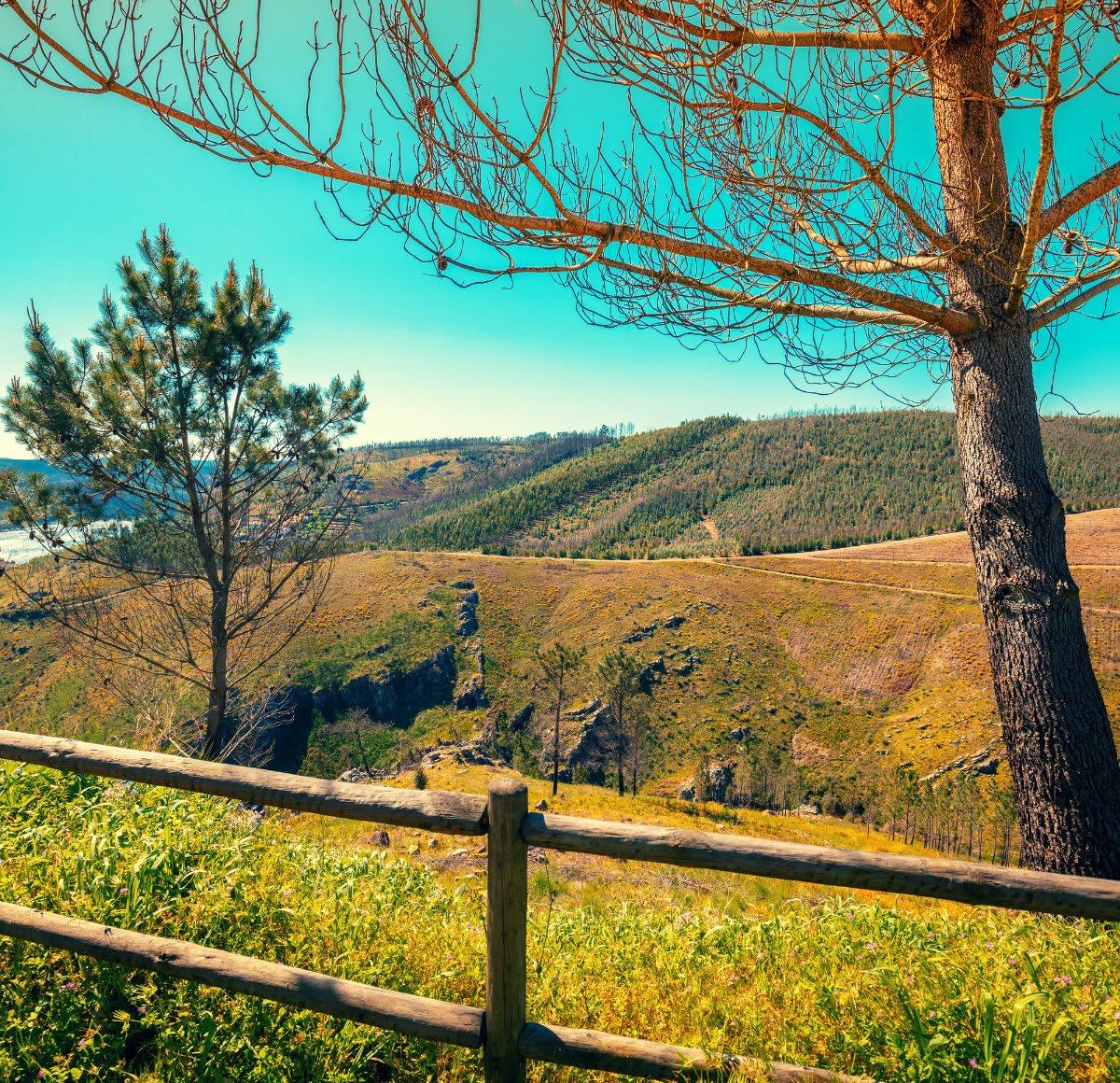
species like the golden eagle. The region’s flora includes oak and chestnut forests, as well as high-altitude meadows covered in alpine flowers. The park is not only a natural haven but also a cultural and historical hub, with small mountain villages like Manteigas and Seia preserving local traditions, such as the production of the famous Serra da Estrela cheese. Additionally, the park offers a wide range of recreational activities, including hiking, skiing during the winter months, and exploring the unique granite landscapes. Serra da Estrela’s combination of natural beauty, biodiversity, and cultural richness makes it one of Portugal’s most treasured ecological and tourist destinations, attracting nature lovers, adventure seekers, and history enthusiasts alike.
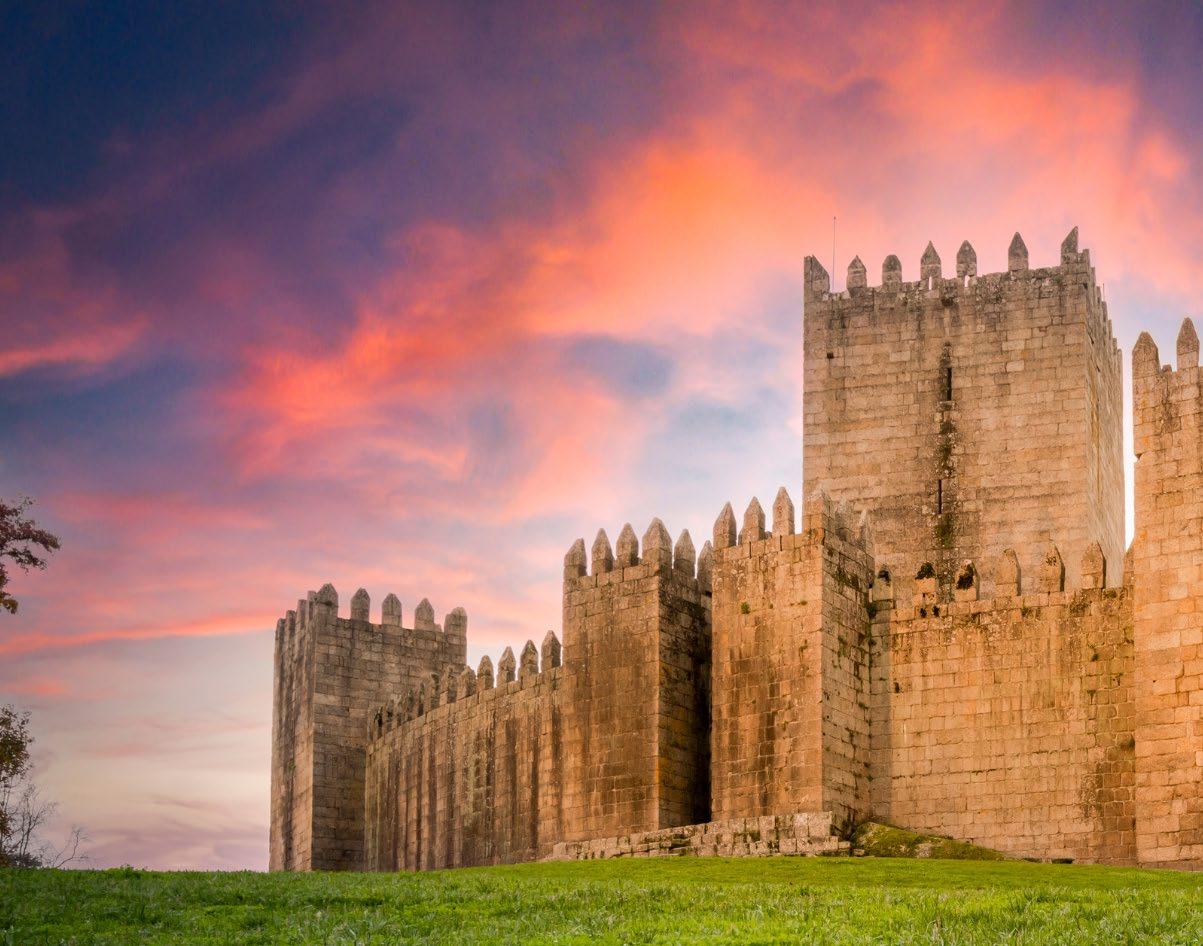
Guimarães Castle, located in northern Portugal, is one of the country’s most iconic medieval fortresses. Often referred to as the birthplace of Portugal, it holds deep historical significance, particularly due to its association with the early formation of the Portuguese nation. The castle was originally constructed in the 10th century by Countess Mumadona Dias to defend the nearby monastery from attacks by Moors and Normans. Over time, it underwent various expansions, most notably during the reign of Henry of Burgundy and his son Afonso Henriques, who would later become the first king of Portugal. Afonso Henriques was born in Guimarães and used the castle as a strategic base in his efforts to establish Portugal’s independence from the Kingdom of León. The castle’s design features an imposing stone
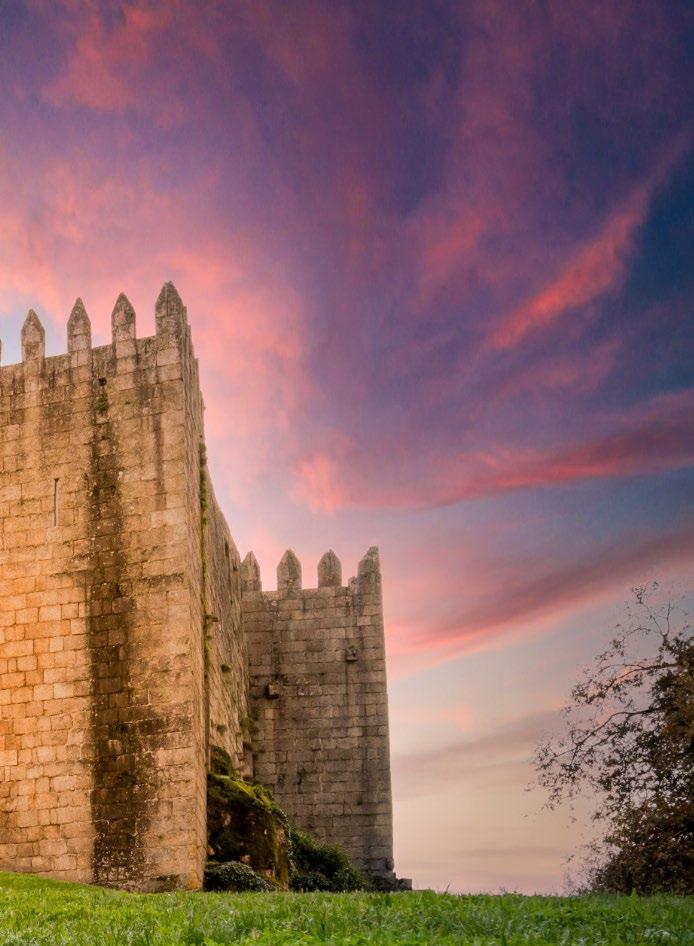
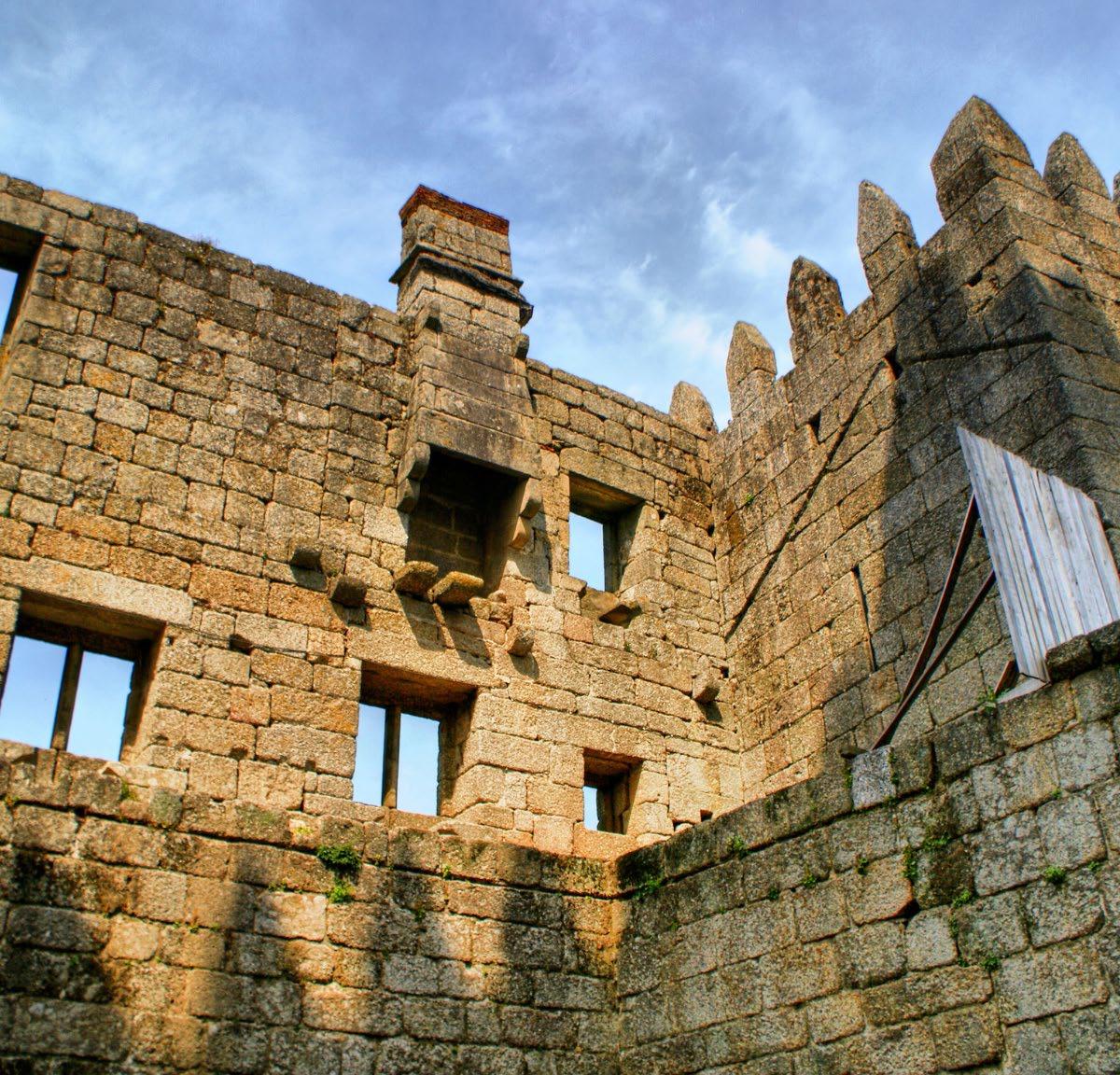

structure with a central keep, surrounded by robust walls and eight large defensive towers, creating a formidable defensive system. Its location atop a hill provided a clear vantage point over the surrounding region, making it a critical military stronghold in the early Middle Ages. Today, Guimarães Castle is a national symbol and a popular tourist attraction, recognized as a UNESCO World Heritage Site since 2001. Visitors are drawn to its historical importance, as well as the stunning views it offers of the town of Guimarães below. The castle’s preservation as a cultural landmark serves as a reminder of its role in the foundation of Portugal, linking the present to its medieval past.
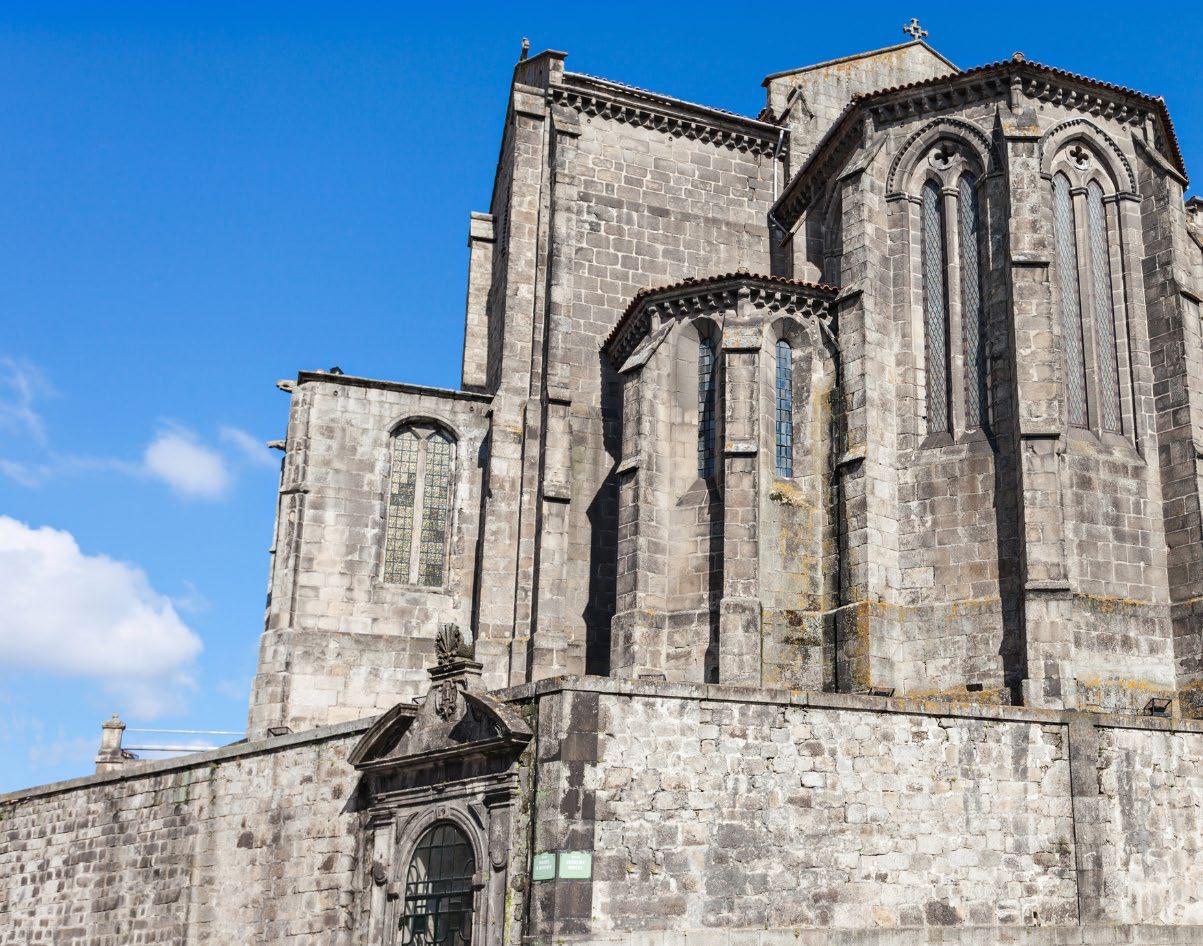
The Church of São Francisco in Porto, Portugal, is one of the most remarkable examples of Gothic architecture combined with Baroque interior design. Constructed in the 14th century, it originally served as part of a Franciscan convent, reflecting the austerity typical of the order. The exterior of the church is predominantly Gothic, characterized by its simple yet grand stone façade, flying buttresses, and pointed arches. However, upon entering, visitors are greeted by an extraordinary contrast—an opulent Baroque interior that is lavishly adorned with intricate wood carvings covered in gold leaf, a transformation that occurred in the 17th and 18th centuries. The most striking feature of the interior is the gilded altarpiece and nave, where nearly
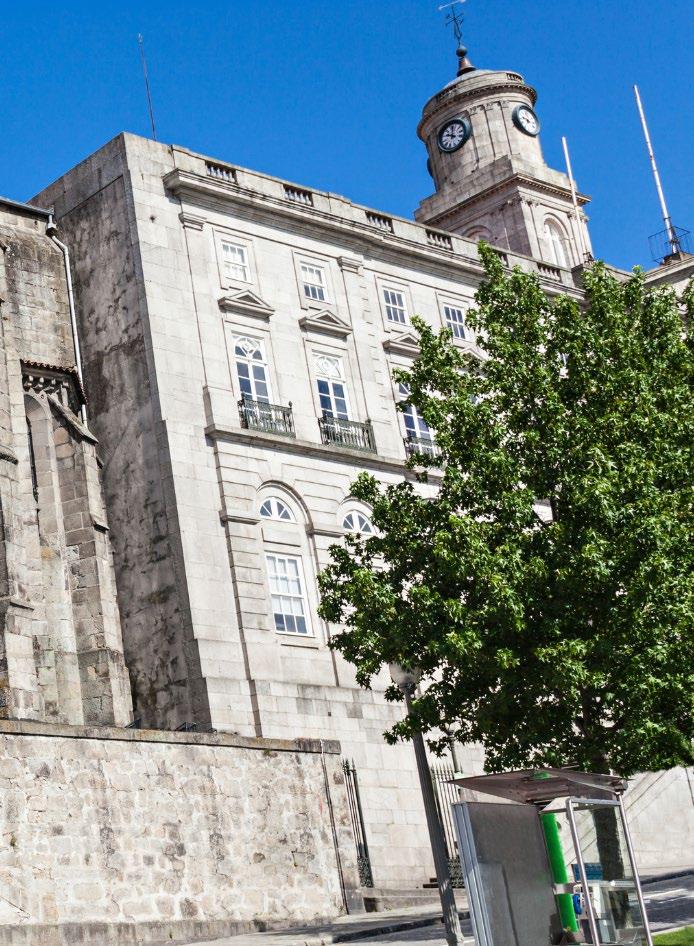
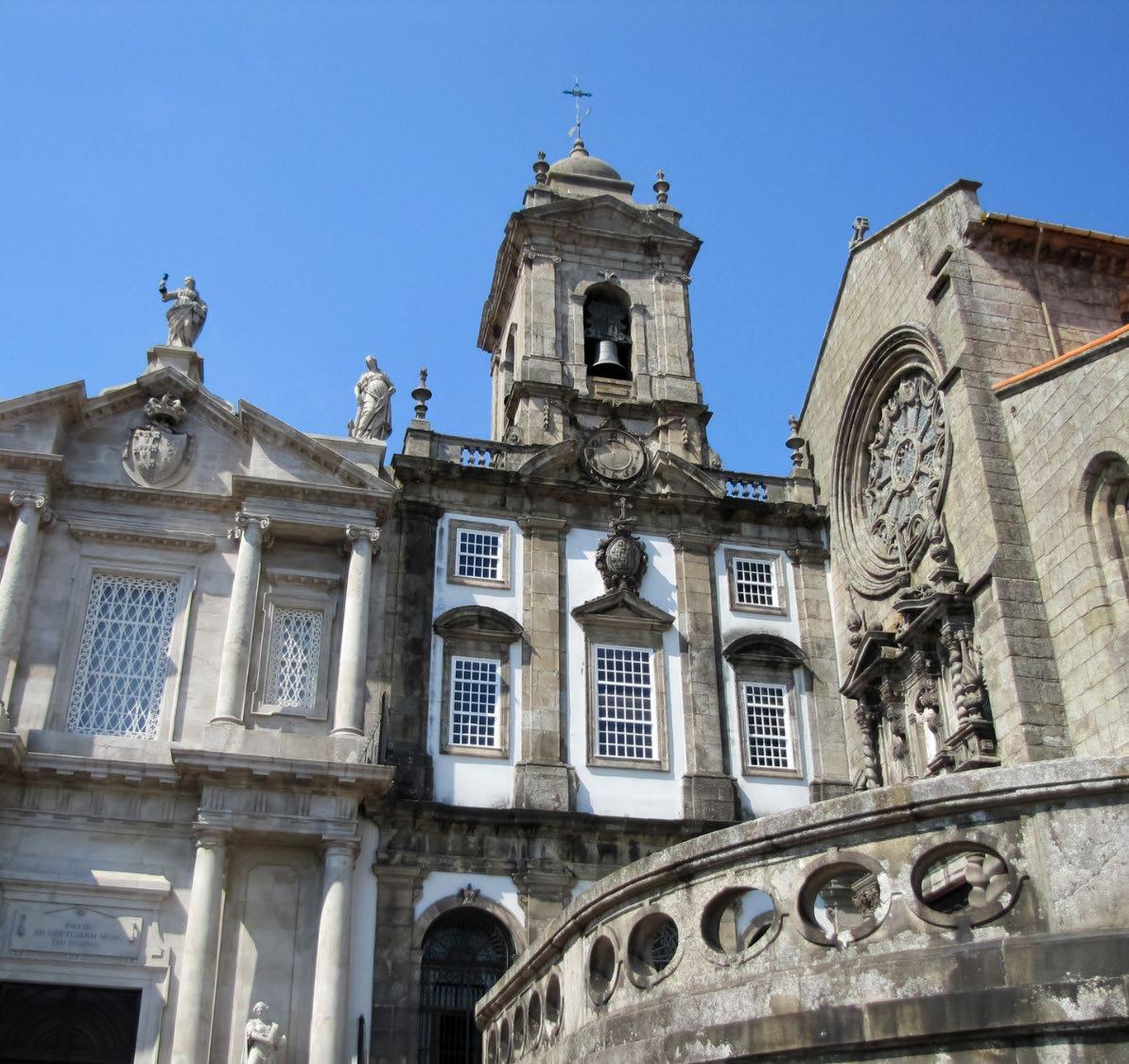
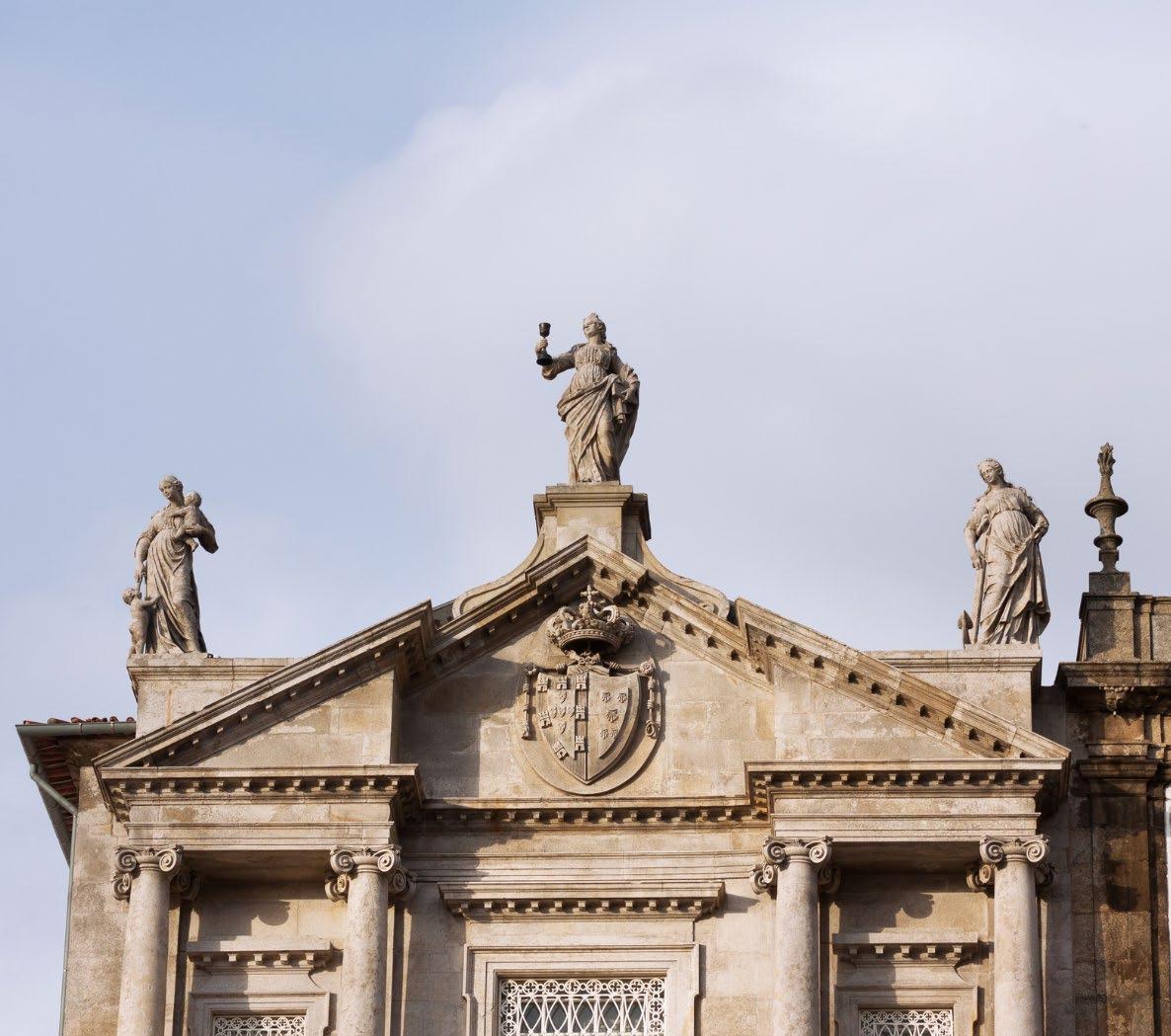
every surface is coated in gold, creating a dazzling effect. The altarpiece, depicting scenes from the life of Saint Francis of Assisi, is particularly revered for its craftsmanship. Additionally, the church houses the “Tree of Jesse,” a famous Baroque sculpture that represents the genealogy of Christ. The crypt beneath the church is equally fascinating, containing a network of tombs and ossuaries where many notable families from Porto are interred. Despite its magnificent beauty, the Church of São Francisco no longer serves as an active place of worship, having been deconsecrated. Today, it operates as a museum, drawing thousands of visitors annually who come to admire its historical significance and artistic splendor. Its blend of medieval austerity and Baroque extravagance makes it one of Porto’s most important cultural landmarks.
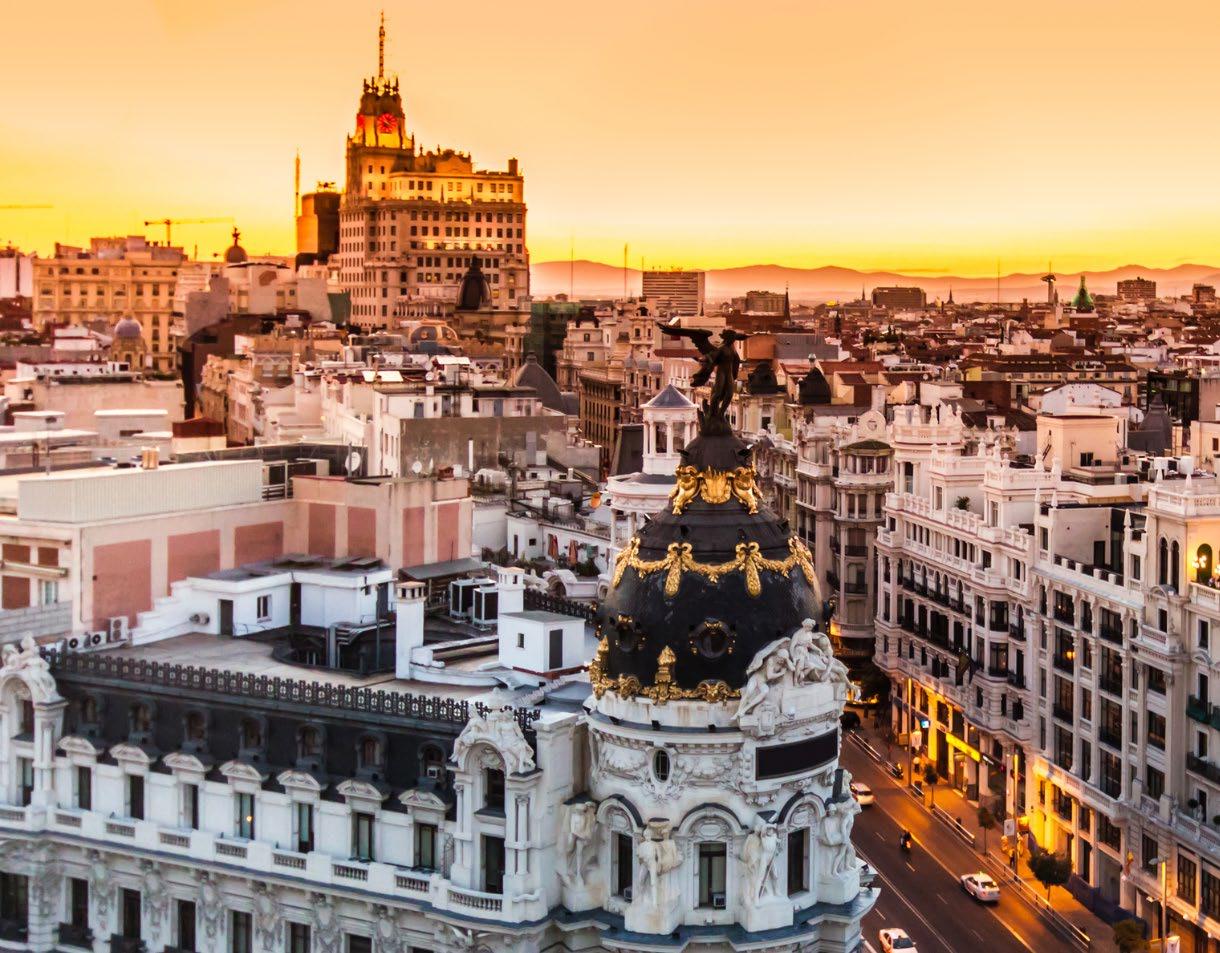
Welcome to Spain, a country where centuries of history, diverse landscapes, and vibrant culture combine to create a unique travel experience. From the sun-soaked beaches of the Mediterranean to the bustling streets of Madrid, Spain offers endless adventures and unforgettable moments. Begin your journey in the capital, Madrid, home to world-class museums like the Prado and the Royal Palace, where Spain’s royal heritage comes to life. In Barcelona, marvel at the architectural wonders of Antoni Gaudí, including the breathtaking Sagrada Família and the whimsical Park Güell. Spain’s rich history is on full display in cities like Seville, with its grand Alcázar and the iconic Giralda Tower, and Granada, where the Alhambra’s Moorish
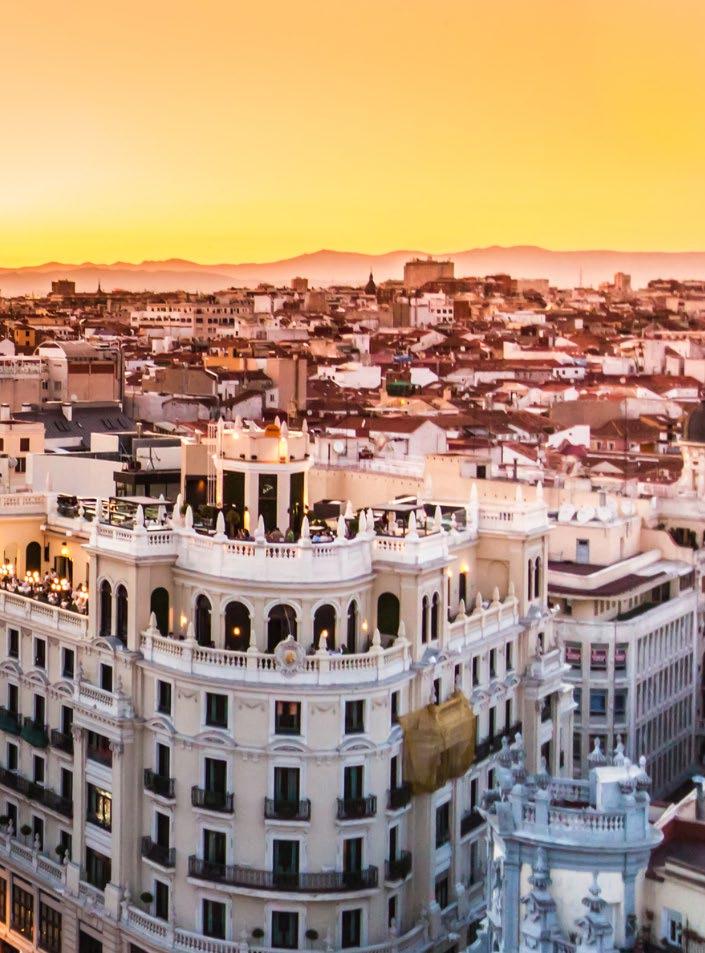
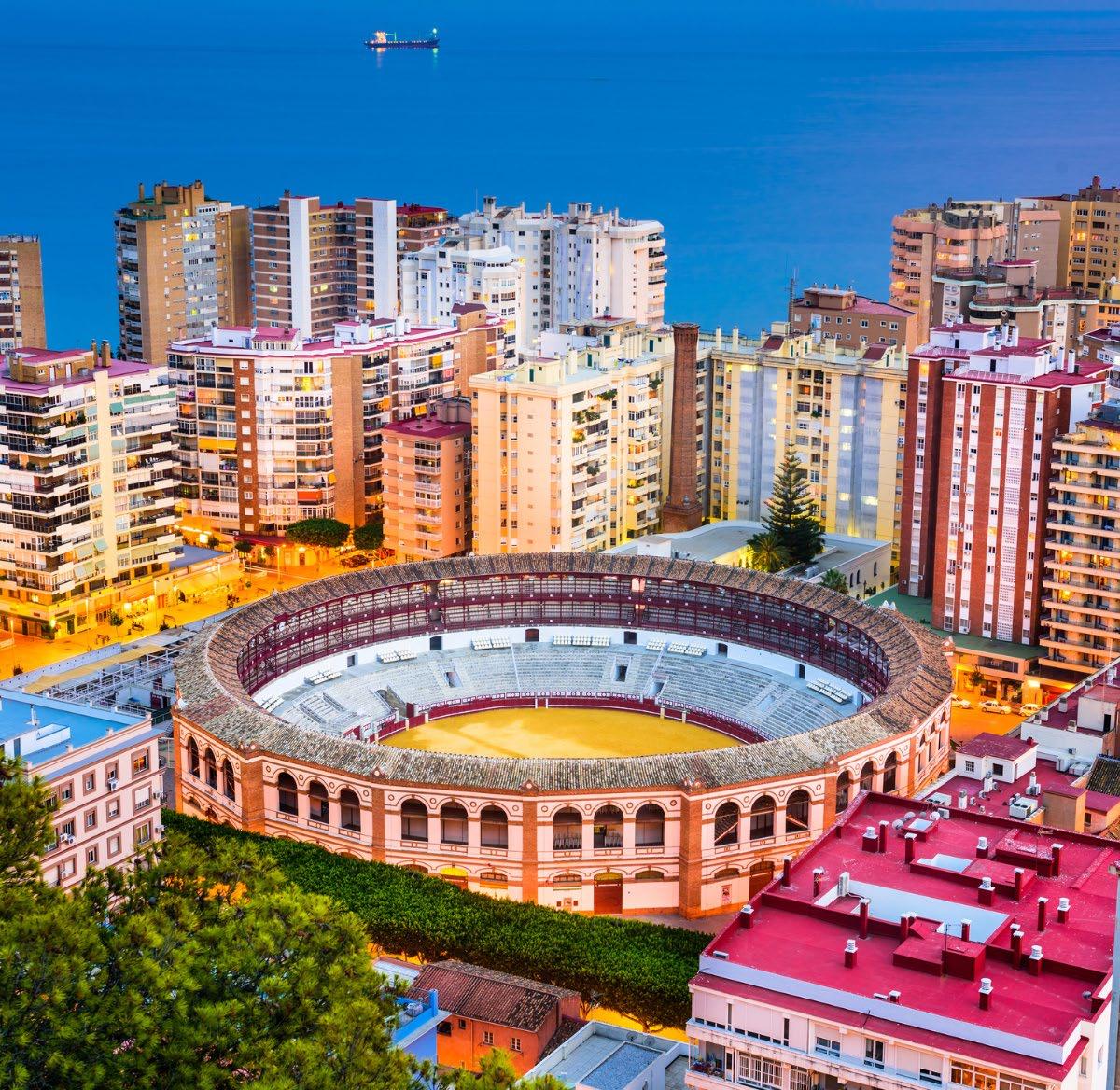

architecture enchants visitors. Travel further north to explore the medieval charm of cities like Toledo and Salamanca, or follow the famous Camino de Santiago pilgrimage route to the cathedral city of Santiago de Compostela. For nature lovers, Spain offers a diverse range of landscapes, from the rugged cliffs of the Costa Brava to the serene beauty of the Pyrenees Mountains. The country’s beaches, whether along the Costa del Sol or the Balearic Islands, are perfect for soaking up the Mediterranean sun. Spain’s culture is a vibrant mix of tradition and modernity, with flamenco music and dance, delicious tapas, and lively festivals like La Tomatina and Running of the Bulls. Whether you’re exploring historic cities or savoring local cuisine, Spain promises an unforgettable journey filled with passion and charm.
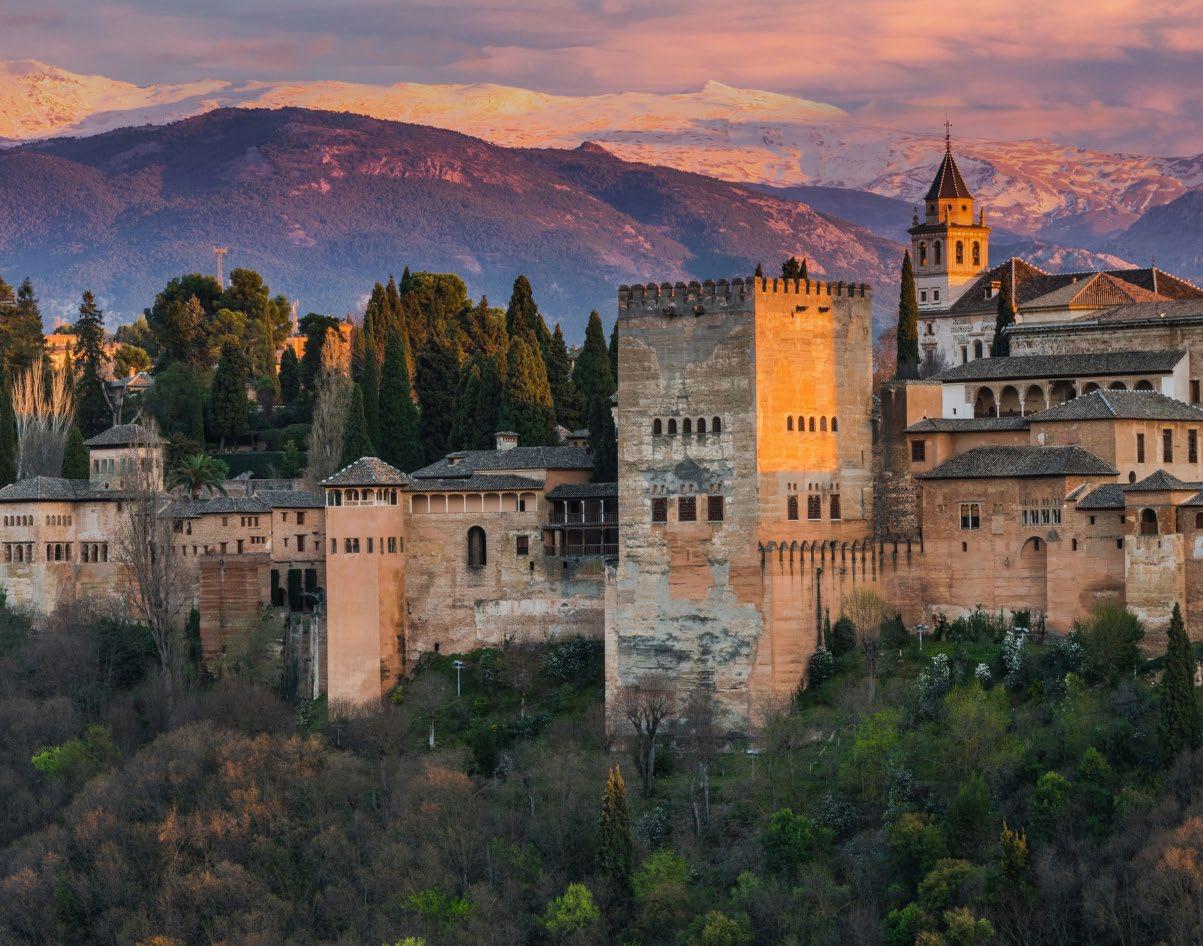
The Alhambra, located in Granada, Spain, is one of the most iconic examples of Moorish architecture in the world. Originally built as a small fortress in 889 AD, it was expanded into a royal palace in the mid-13th century by the Nasrid Emir Mohammed ben Al-Ahmar, the founder of the Emirate of Granada. The Alhambra was the last Muslim stronghold in Spain before it was conquered by the Catholic Monarchs, Ferdinand and Isabella, in 1492. The complex is a stunning example of Islamic art and architecture, combining intricate arabesques, ornamental arches, and detailed tile work with serene courtyards, reflecting pools, and lush gardens. The most famous part of the Alhambra is the Nasrid Palaces, a series of interconnected palaces that served
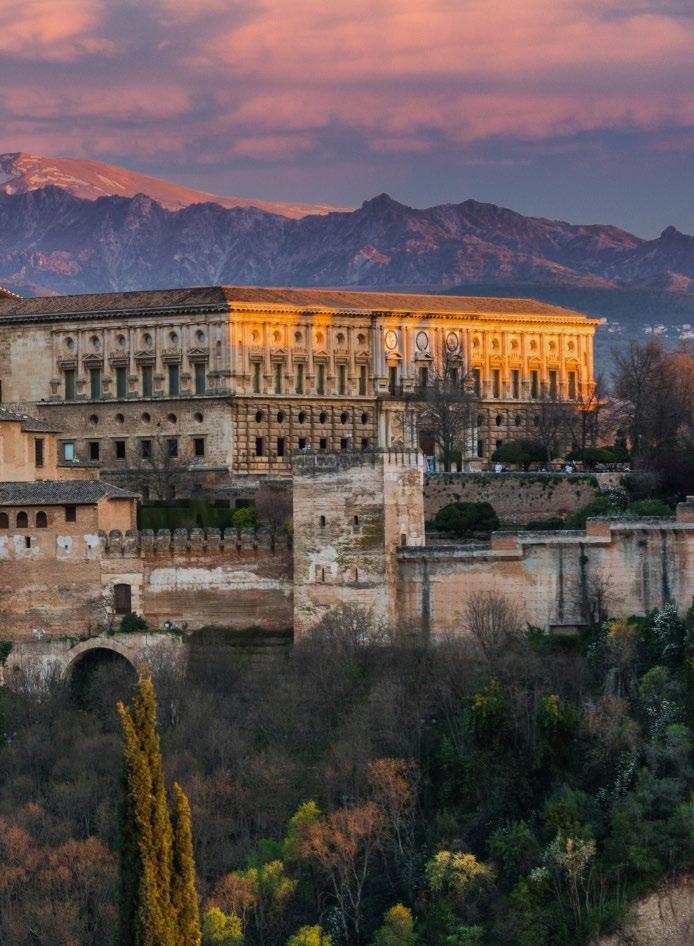
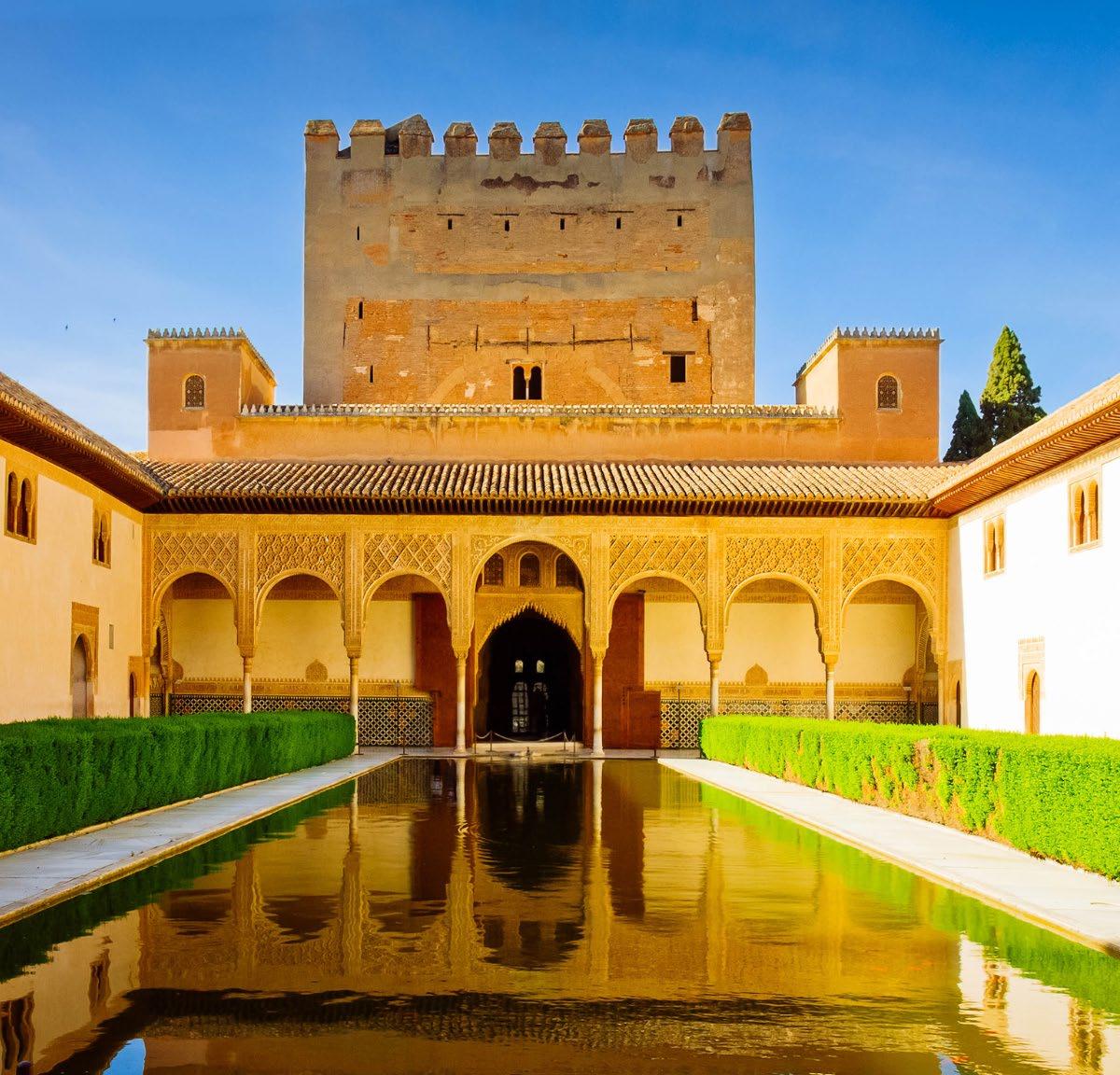
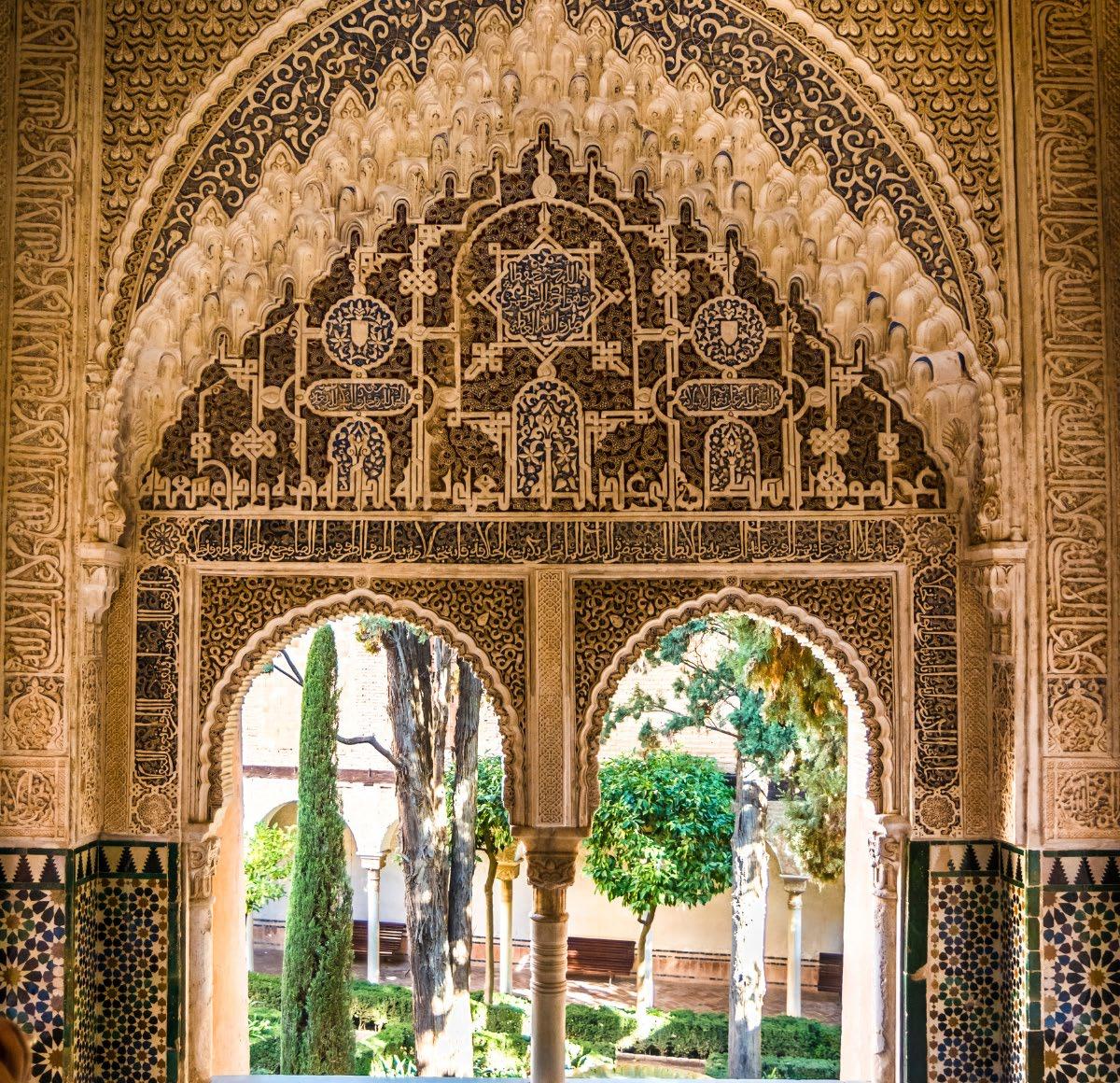
as the royal residence. The Hall of the Ambassadors, the Court of the Lions, and the Hall of the Two Sisters are some of the most renowned spaces within these palaces. The Alhambra also includes the Alcazaba, a military fortress, and the Generalife, a summer palace surrounded by beautiful gardens. The architecture reflects a deep connection to nature, with flowing water, open spaces, and an emphasis on light and shade, creating a sense of tranquility and paradise. After its decline and neglect in the centuries following the Reconquista, it was rediscovered and restored in the 19th century, attracting scholars, artists, and tourists. Today, the Alhambra is a UNESCO World Heritage site, admired for its artistic and historical significance.
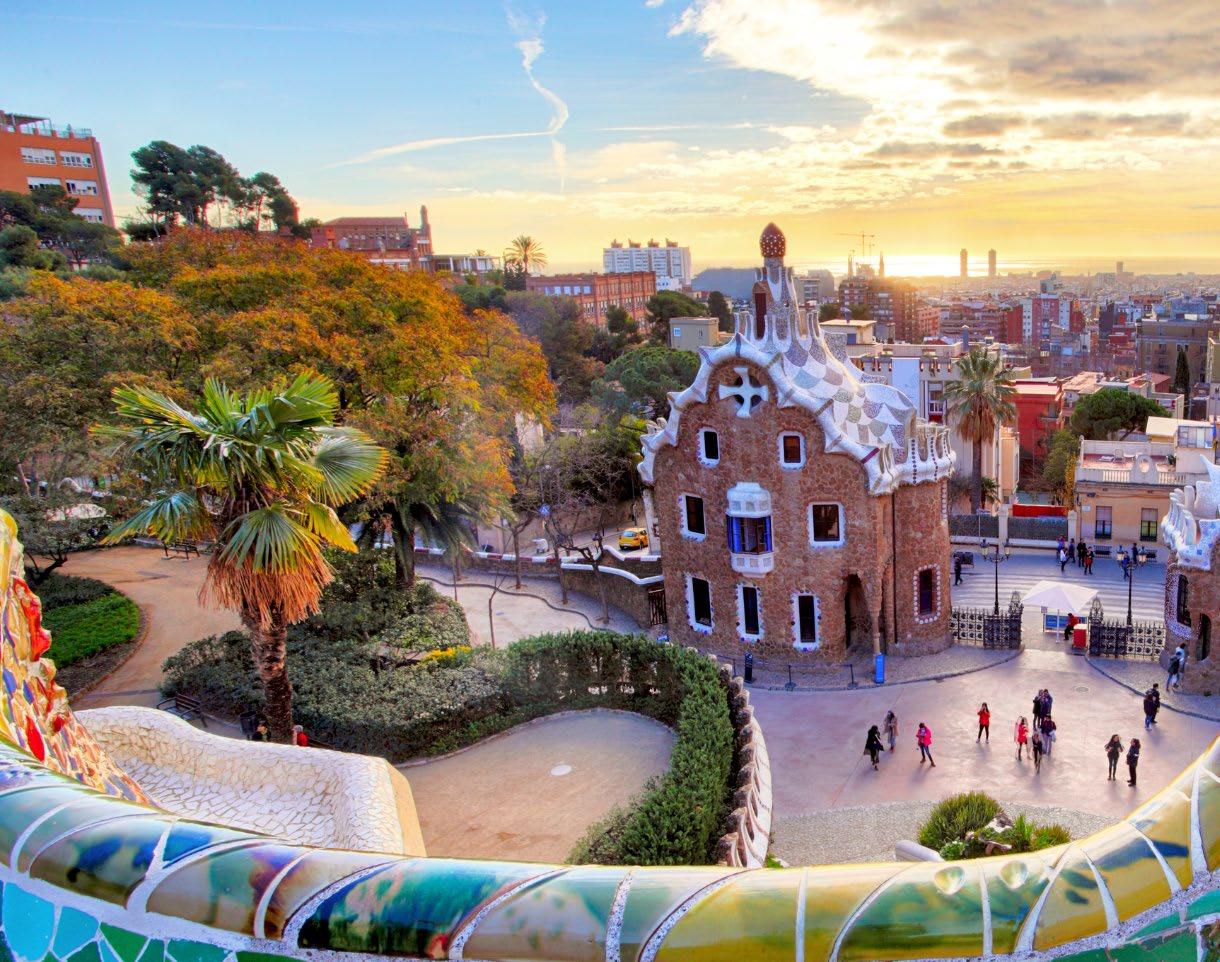
Park Güell, located in Barcelona, Spain, is one of the most iconic works of the Catalan architect Antoni Gaudí, a key figure in the modernist architectural movement. Originally intended as a housing development for the wealthy, the park was commissioned by Gaudí’s patron, Eusebi Güell, in the early 20th century. Though the residential project was ultimately unsuccessful, Gaudí transformed the site into a public park that today stands as a UNESCO World Heritage Site. The park features Gaudí’s distinctive style, blending organic forms with colorful, intricate mosaics and innovative structural designs that integrate seamlessly with the surrounding natural landscape. Park Güell’s most famous elements include the serpentine mosaic bench that snakes along the main terrace, offering panoramic views of Barcelona, and the
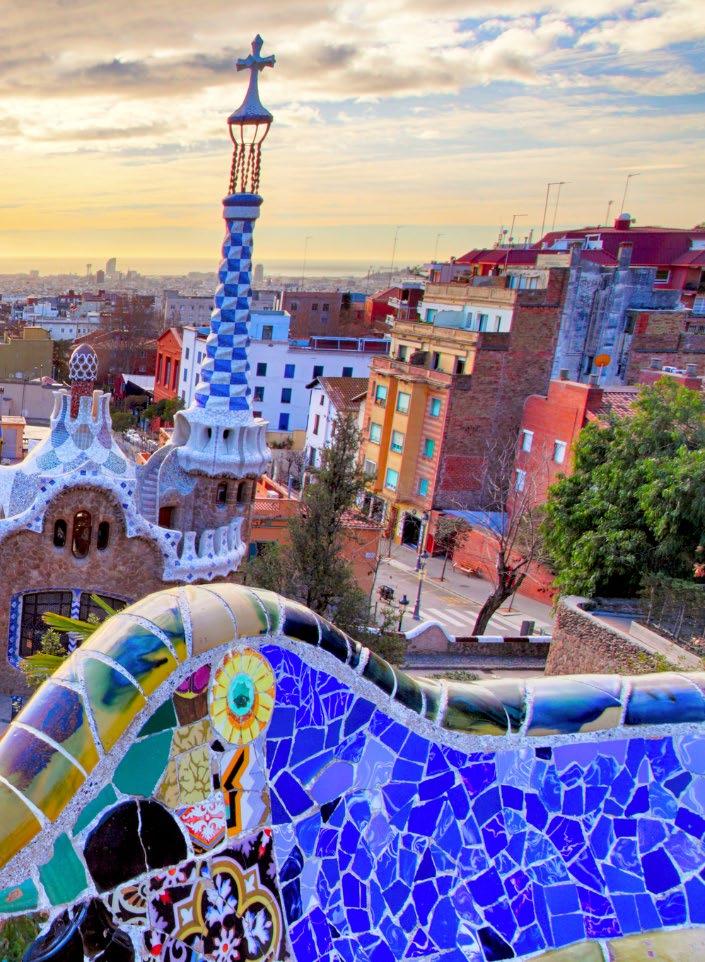
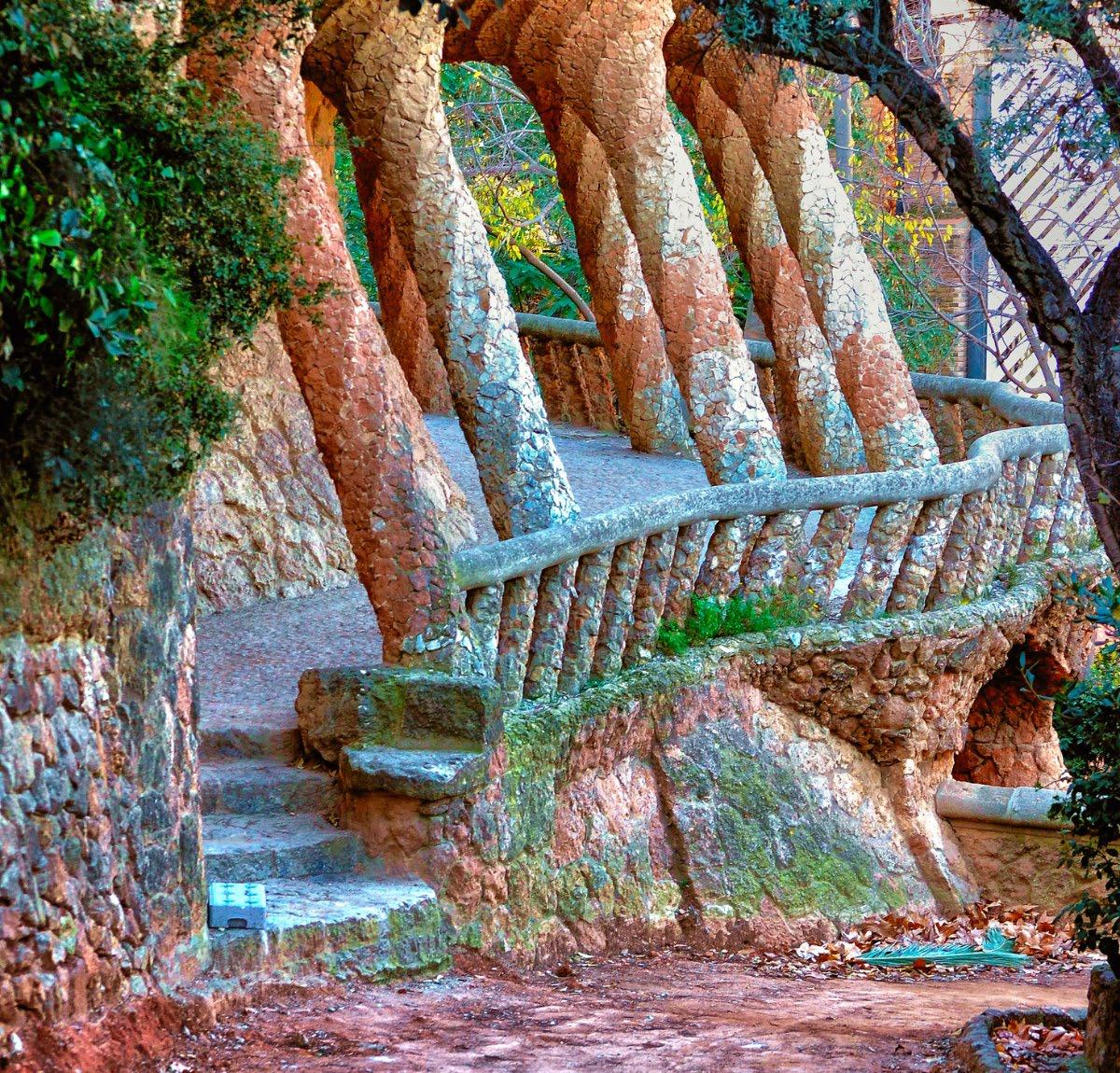
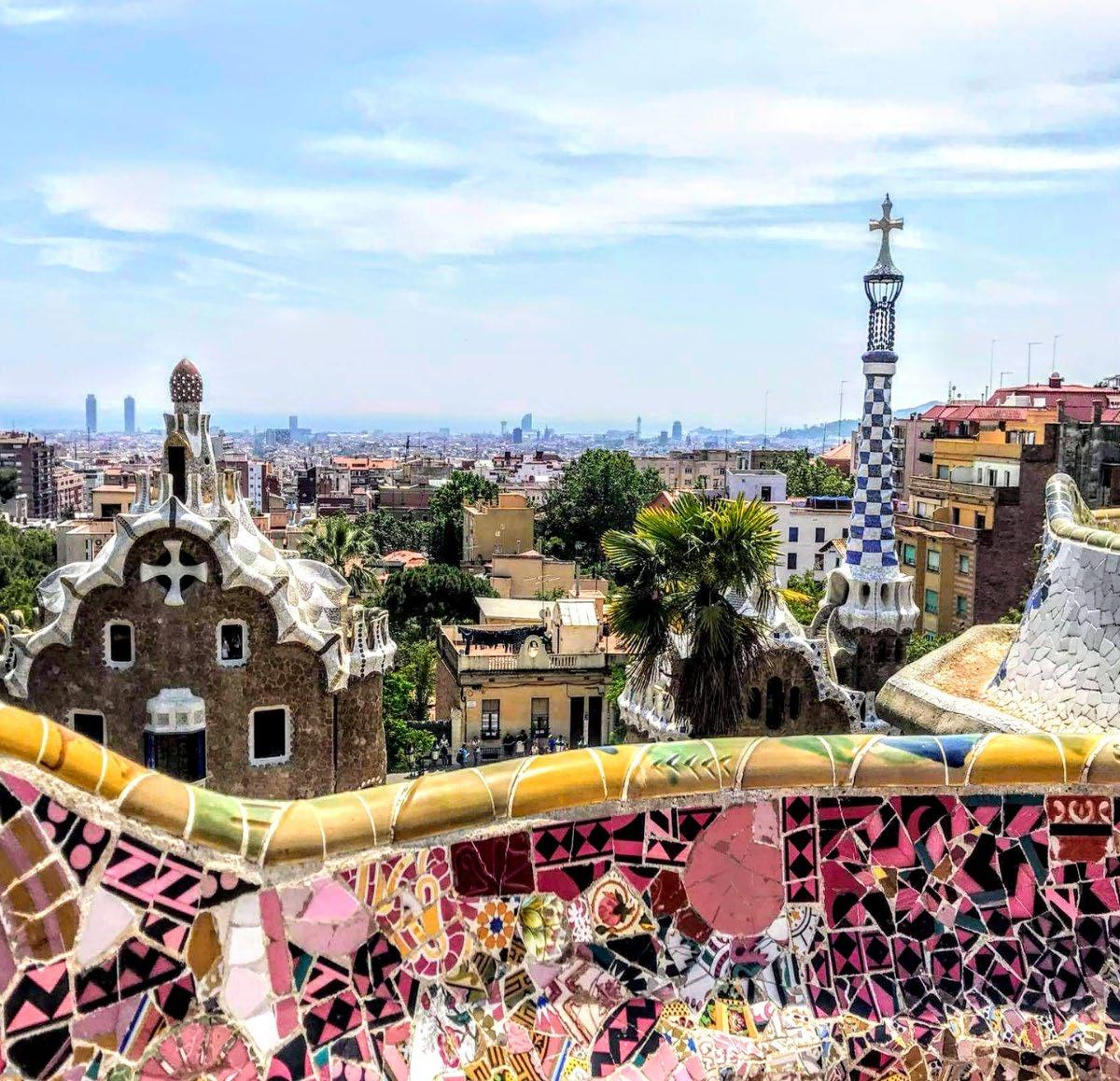
whimsical “Dragon Stairway,” adorned with a vibrant mosaic lizard statue, now an iconic symbol of the park. The architectural style reflects Gaudí’s fascination with nature, as he used flowing forms, natural motifs, and vibrant ceramic tiles to create a space that feels both fantastical and harmonious with its environment. Visitors can also explore the park’s colonnaded pathways, porticos, and structures that mimic the shapes of tree trunks and cave-like formations. Although a portion of the park is freely accessible, the central monumental zone requires an entry ticket. Park Güell remains one of Barcelona’s most visited tourist attractions, drawing millions of visitors each year who come to experience Gaudí’s visionary blend of architecture and nature.
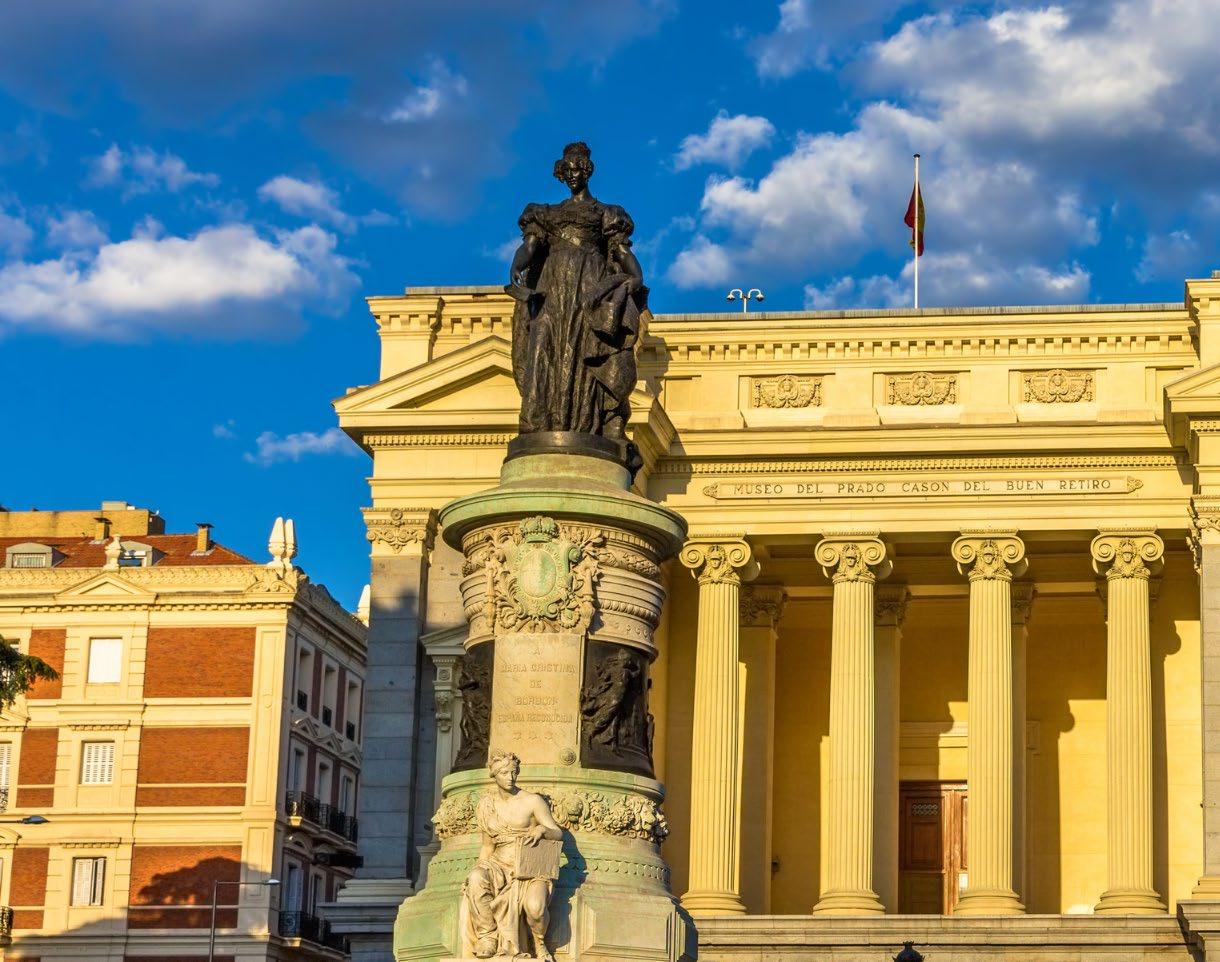
The Prado Museum, located in Madrid, Spain, is one of the world’s premier art institutions, renowned for its extensive collection of European masterpieces. Established in 1819, the Prado was initially conceived as a museum for paintings and sculptures, largely due to the efforts of Queen Maria Isabel de Braganza, the wife of King Ferdinand VII. Its holdings focus primarily on Spanish, Flemish, and Italian artists from the 12th to the 19th centuries, making it an essential destination for those interested in Western art history. The museum’s most famous works include pieces by Spanish masters like Diego Velázquez, Francisco Goya, and El Greco, with Velázquez’s “Las Meninas” and Goya’s “The Third of May 1808” being iconic representations of Spanish culture and history. In addition to these, the
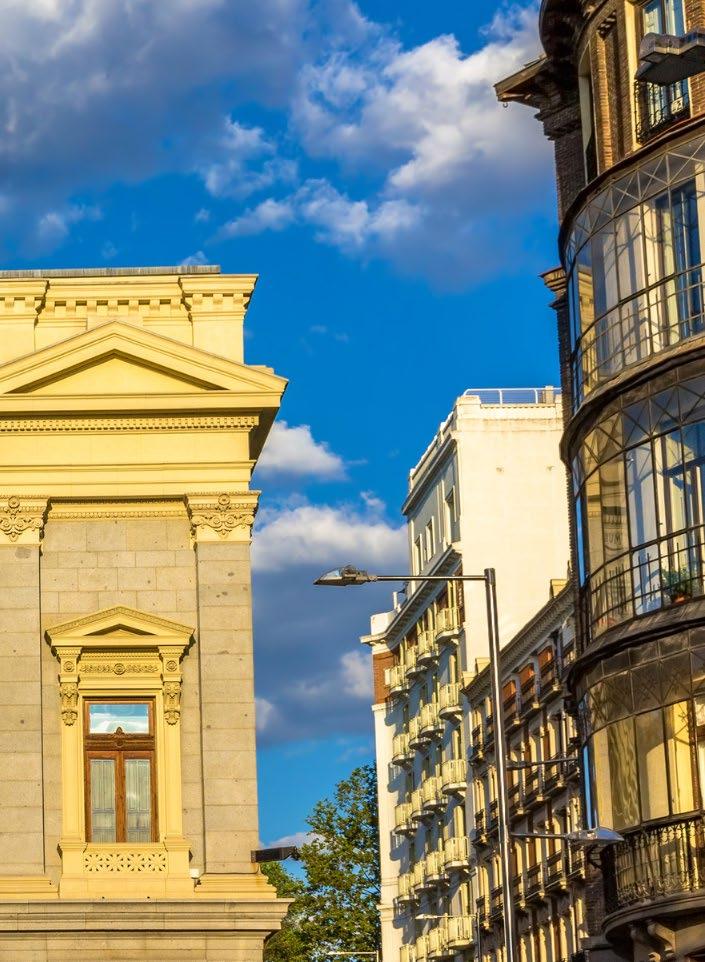
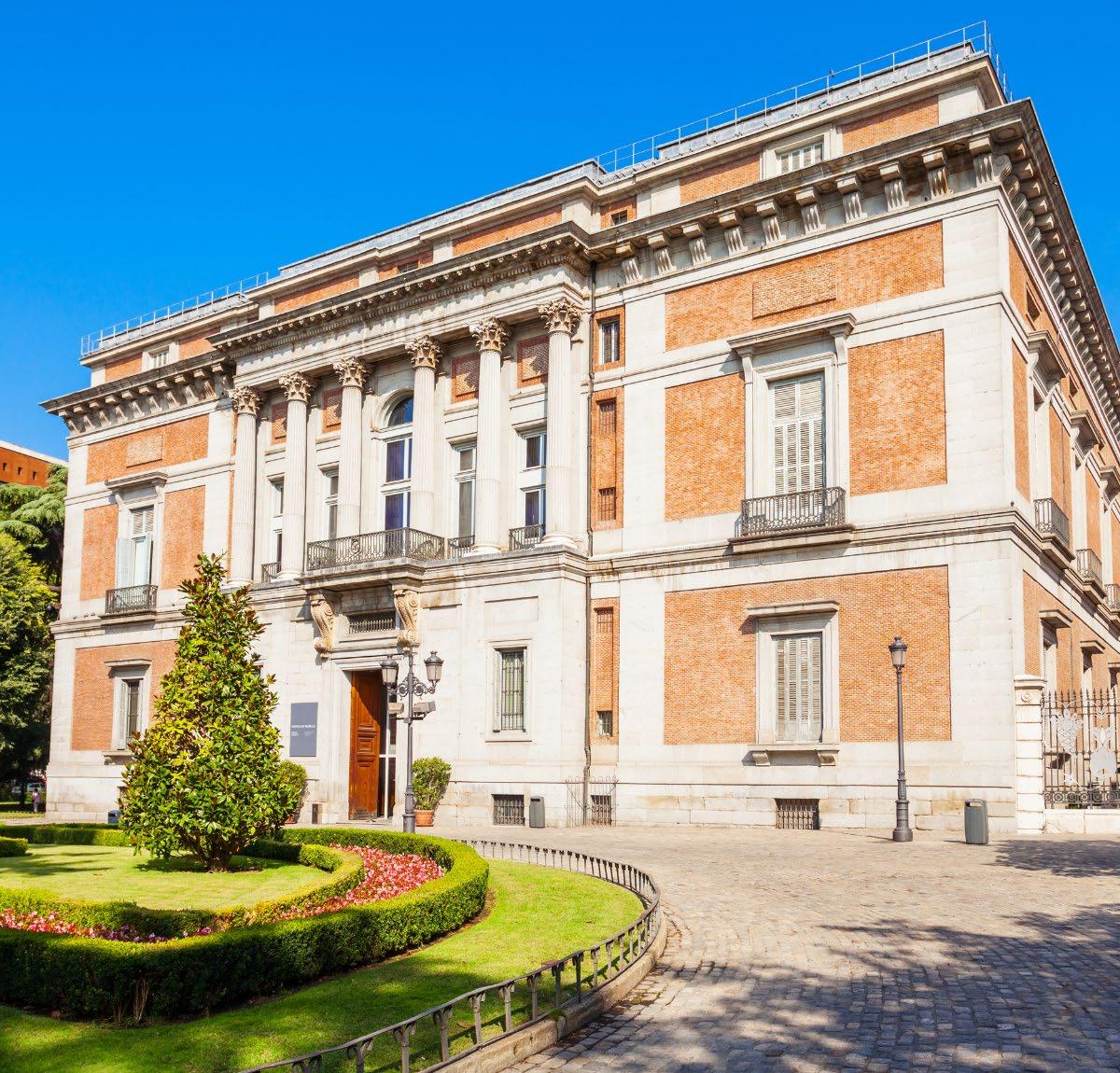
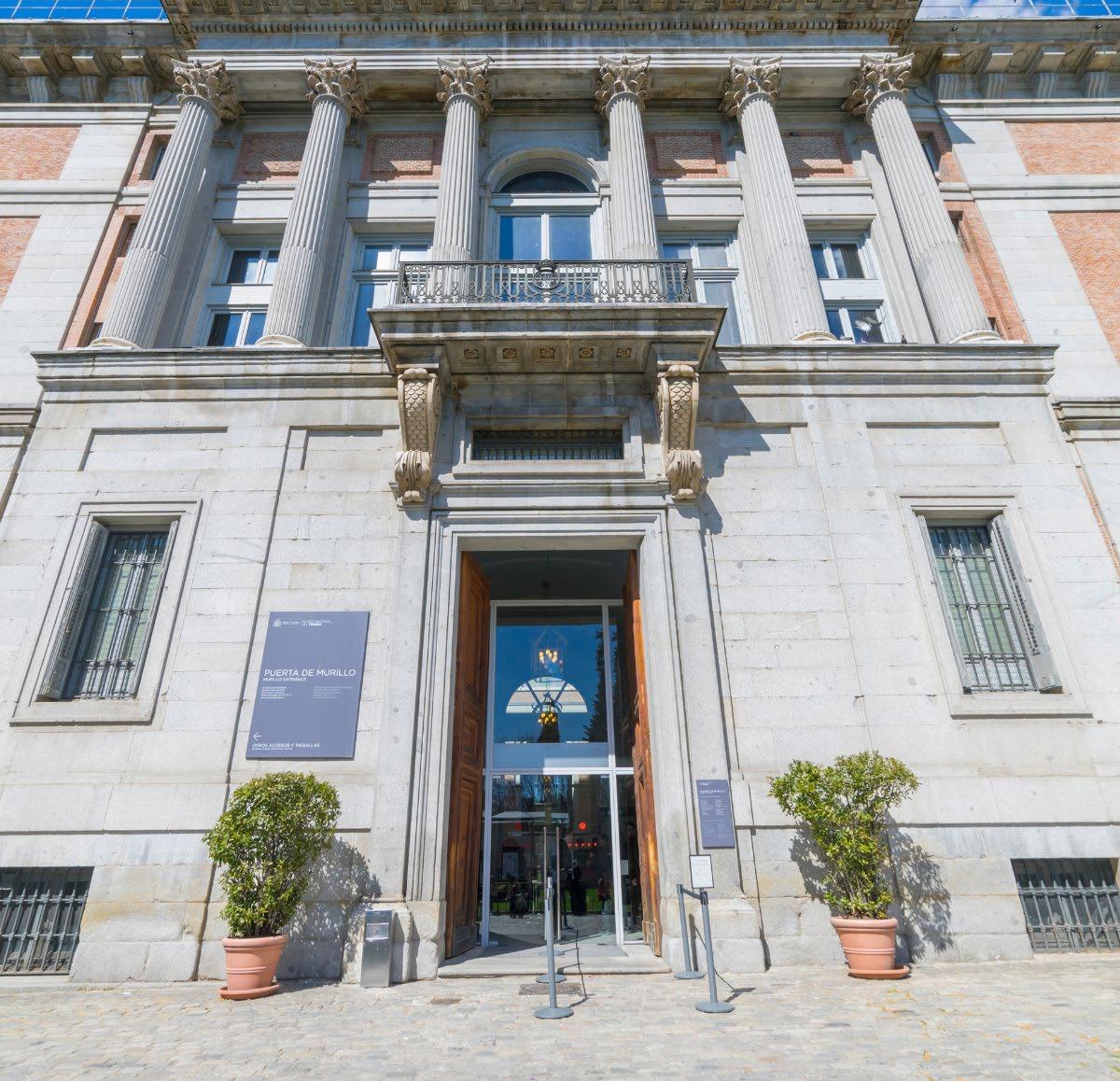
Prado boasts significant collections of works by Titian, Peter Paul Rubens, and Hieronymus Bosch, including Bosch’s enigmatic triptych “The Garden of Earthly Delights.” Over time, the Prado has expanded to include a variety of artistic mediums beyond paintings, incorporating sculptures, prints, and decorative arts. Today, the museum houses over 8,000 paintings and is continuously adding to its collection. As a cultural landmark, it plays a vital role in preserving and promoting European artistic heritage, attracting millions of visitors annually. Its vast collection, combined with its historical significance, solidifies the Prado Museum as a cornerstone of global art history, offering a deep insight into the evolution of European art across centuries.
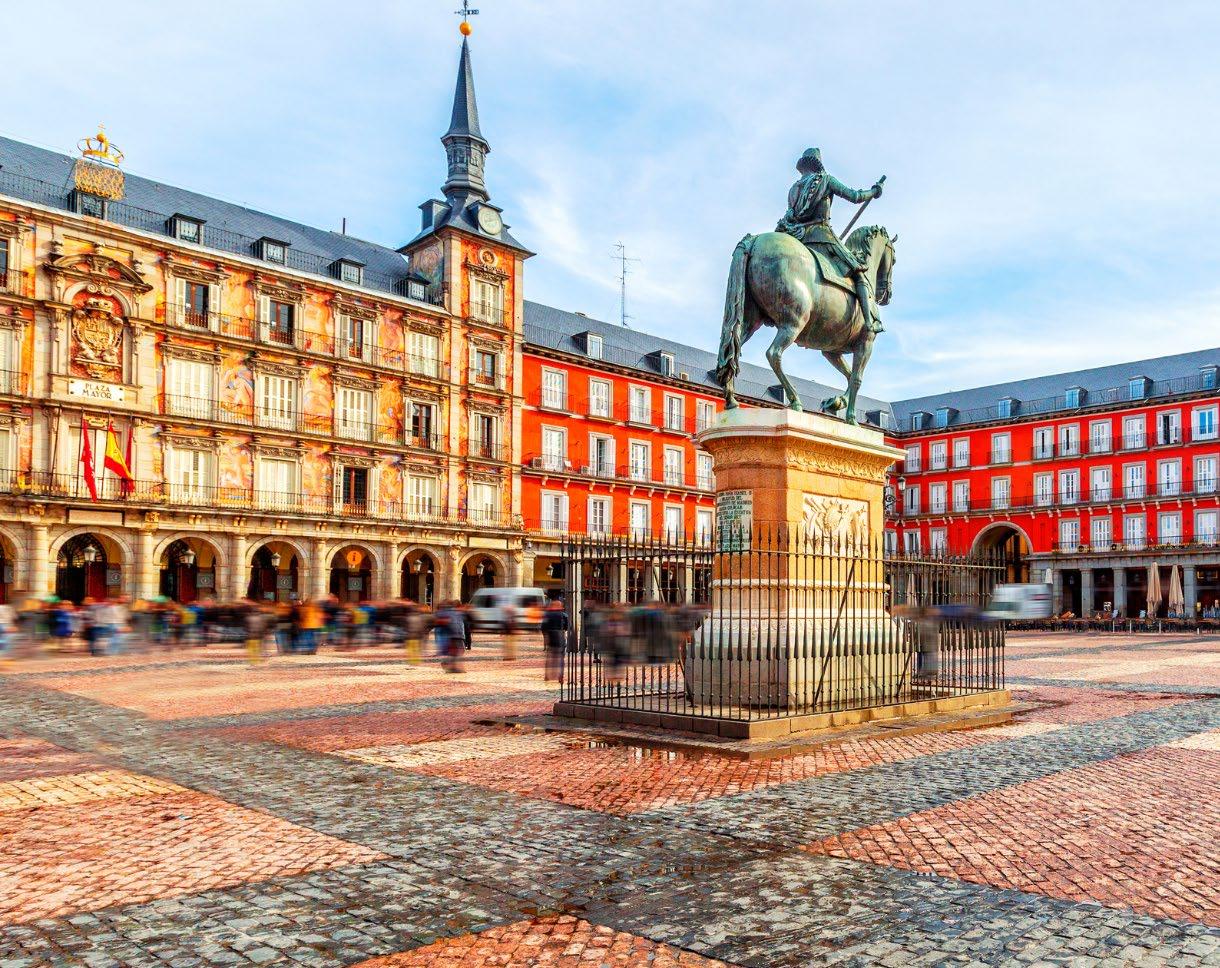
Plaza Mayor, located in the heart of Madrid, Spain, is one of the city’s most iconic landmarks. It dates back to the 17th century, when it was commissioned by King Philip III and designed by architect Juan Gómez de Mora. This grand rectangular plaza, framed by three-story residential buildings with balconies, has witnessed many significant events in Spanish history, including royal ceremonies, bullfights, and public executions during the Spanish Inquisition. Its central feature is a bronze statue of Philip III on horseback, erected in 1848. The plaza has been rebuilt several times due to fires, but its current form is largely from an 18th-century renovation by architect Juan
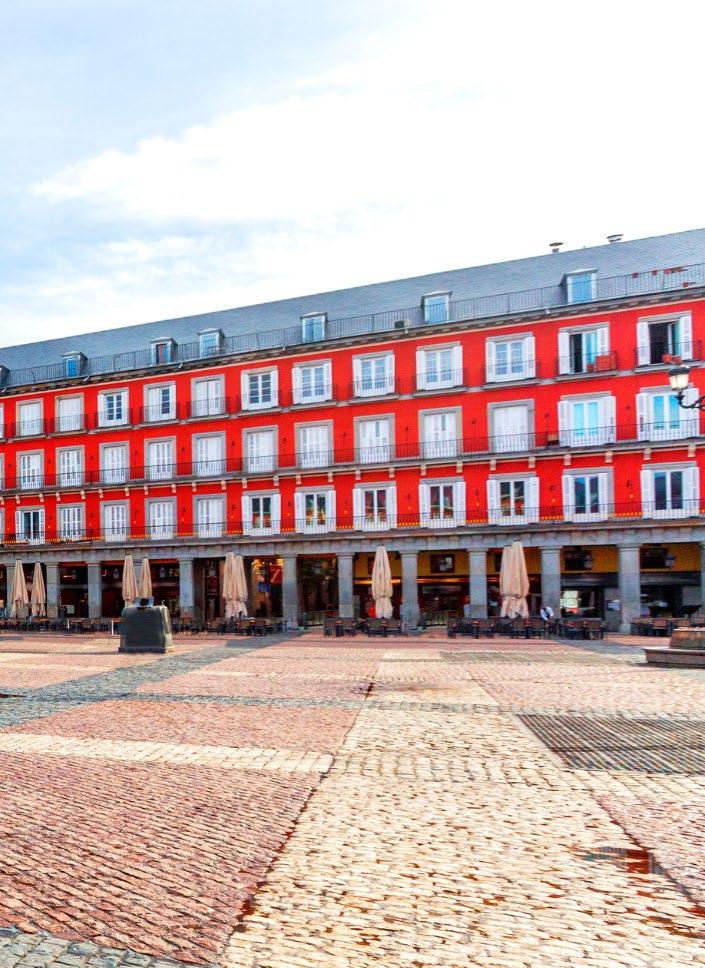
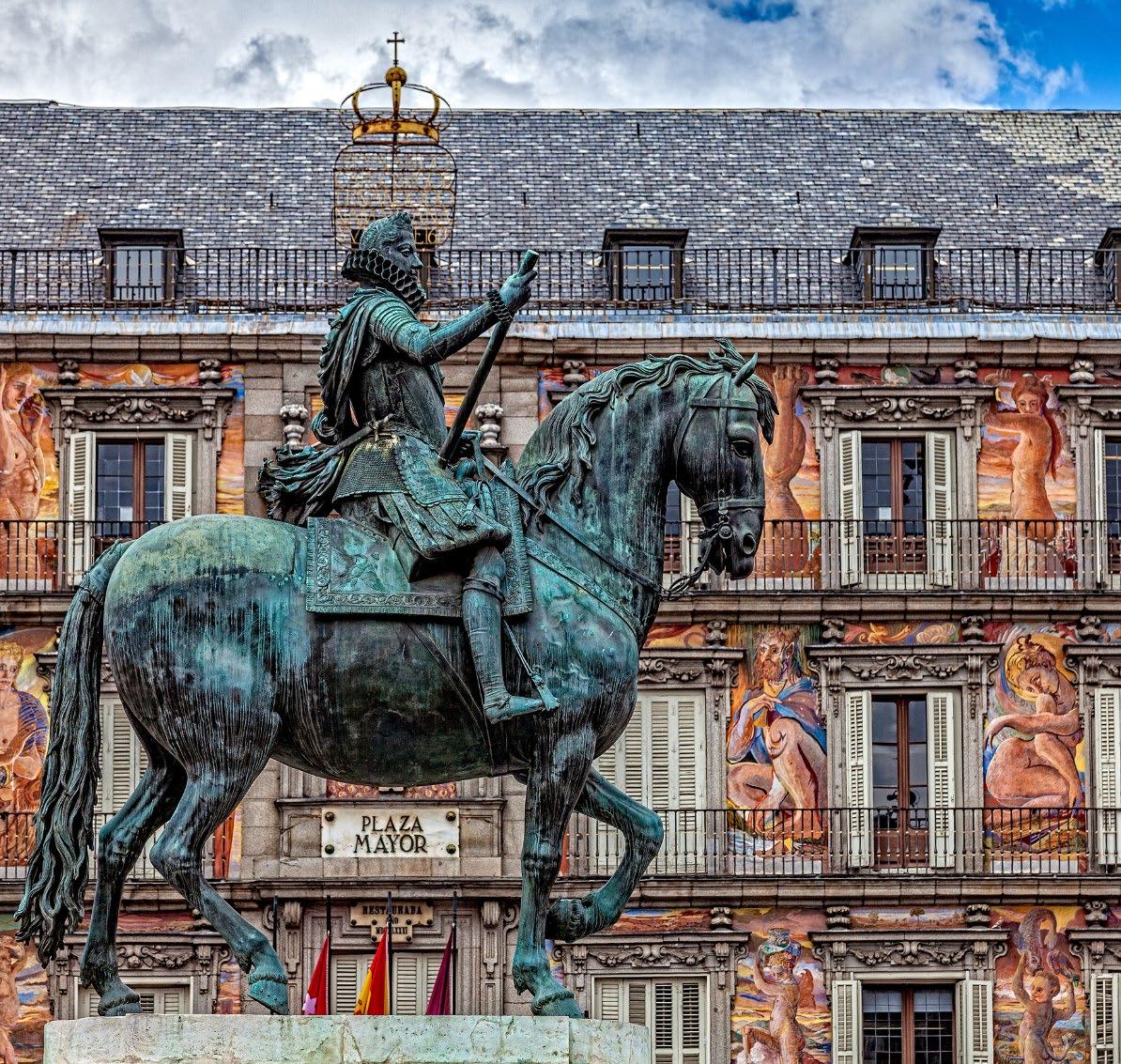
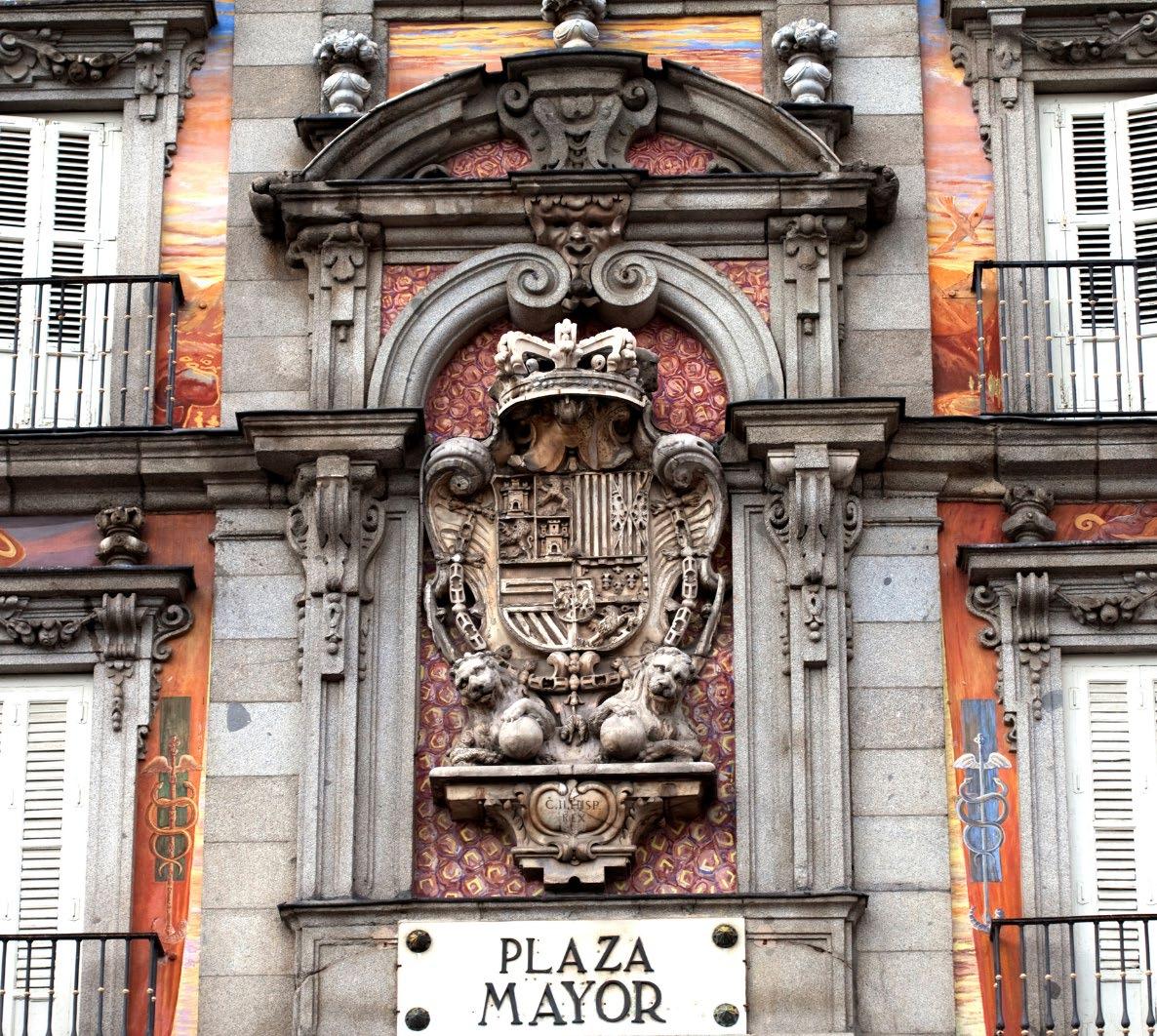
de Villanueva. Plaza Mayor has a rich architectural style characterized by uniformity and symmetry, reflecting the austere elegance of the Habsburg period. Today, it serves as a bustling gathering place for locals and tourists alike, lined with restaurants, cafes, and shops under its arcades. The square hosts numerous festivals and cultural events throughout the year, making it a vibrant hub of activity. Plaza Mayor’s historical significance, combined with its architectural beauty and lively atmosphere, makes it a central feature of Madrid’s cultural and social life. Visitors can stroll through the plaza to experience the city’s past while enjoying a taste of modern Spanish culture. It remains one of Madrid’s most beloved public spaces, embodying the city’s rich history and charm.
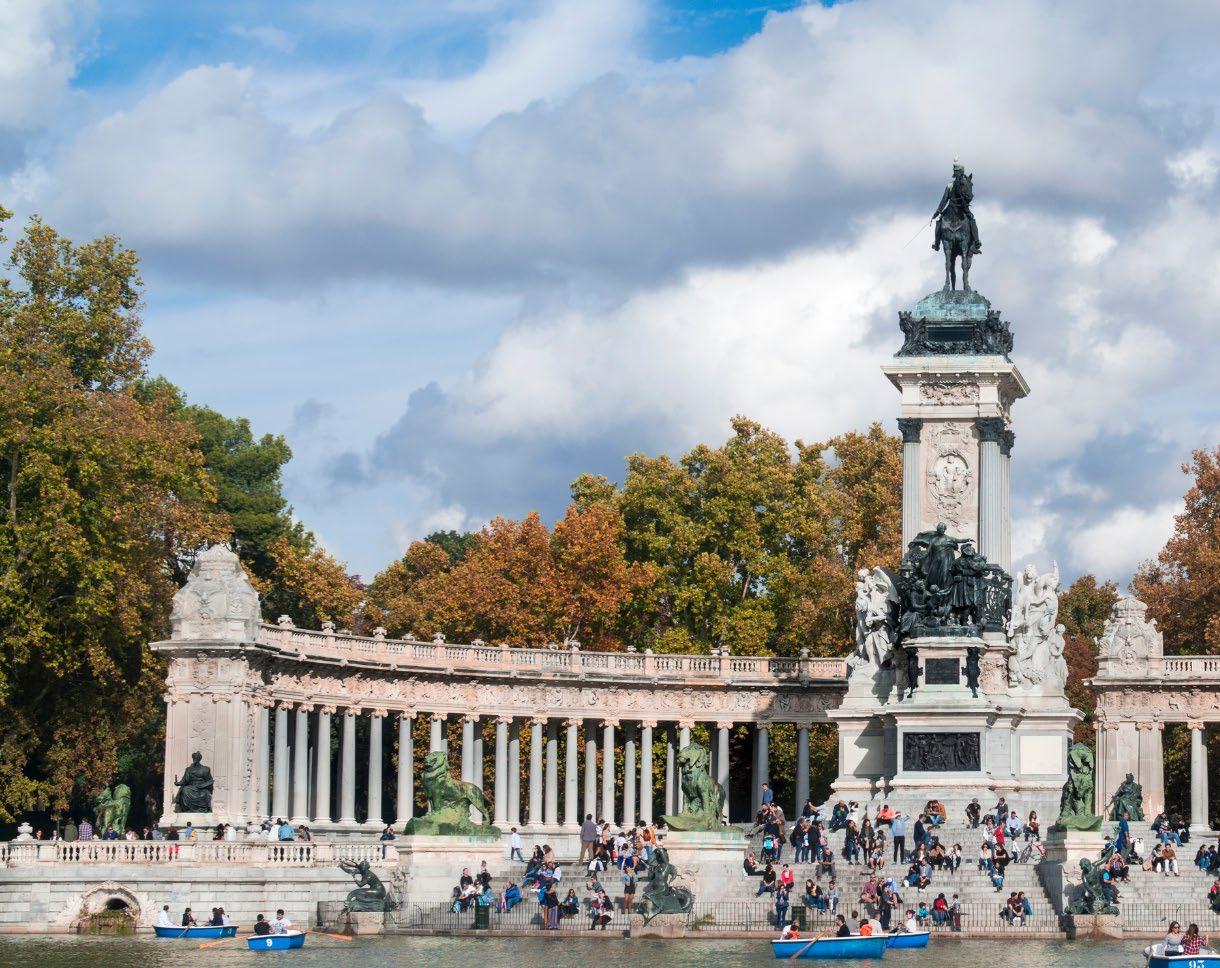
Retiro Park (Parque del Buen Retiro) is one of Madrid’s largest and most iconic green spaces, offering a peaceful escape from the bustling city. Established in the 17th century as a royal retreat for King Philip IV, it was gradually transformed into a public park in the 19th century after the Napoleonic wars. Covering 350 acres, it features an array of historical monuments, gardens, and cultural landmarks. One of its most famous attractions is the Crystal Palace (Palacio de Cristal), an exquisite glass pavilion built in 1887, originally intended to house exotic flora. Nearby is the large Retiro Pond, where visitors can rent rowboats and enjoy the serene atmosphere. The park is also home to the Monument to Alfonso XII, a grand structure featuring
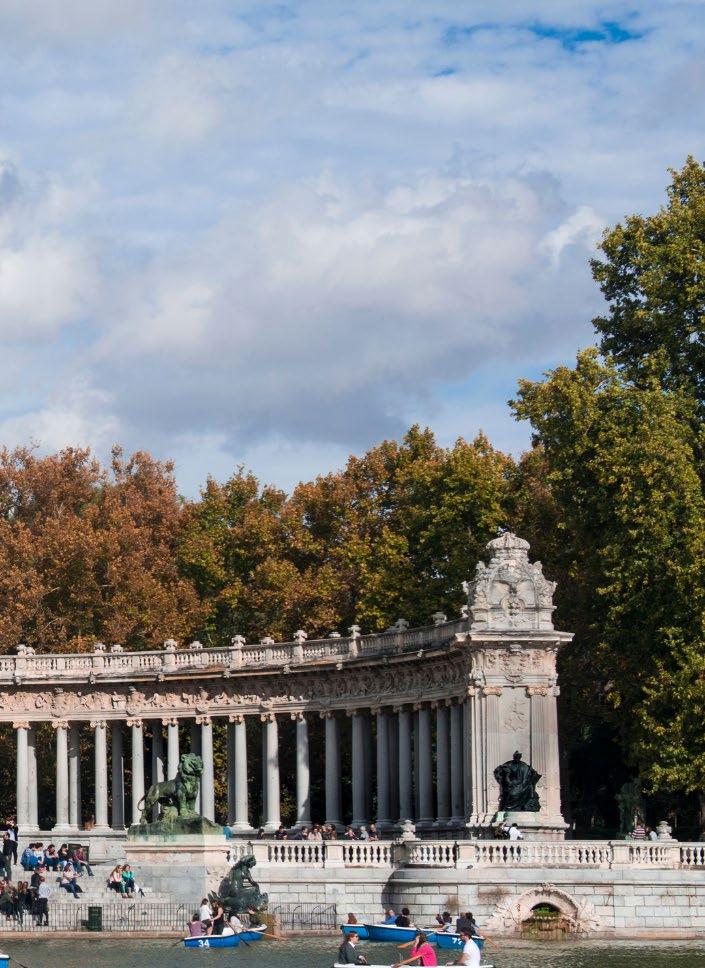
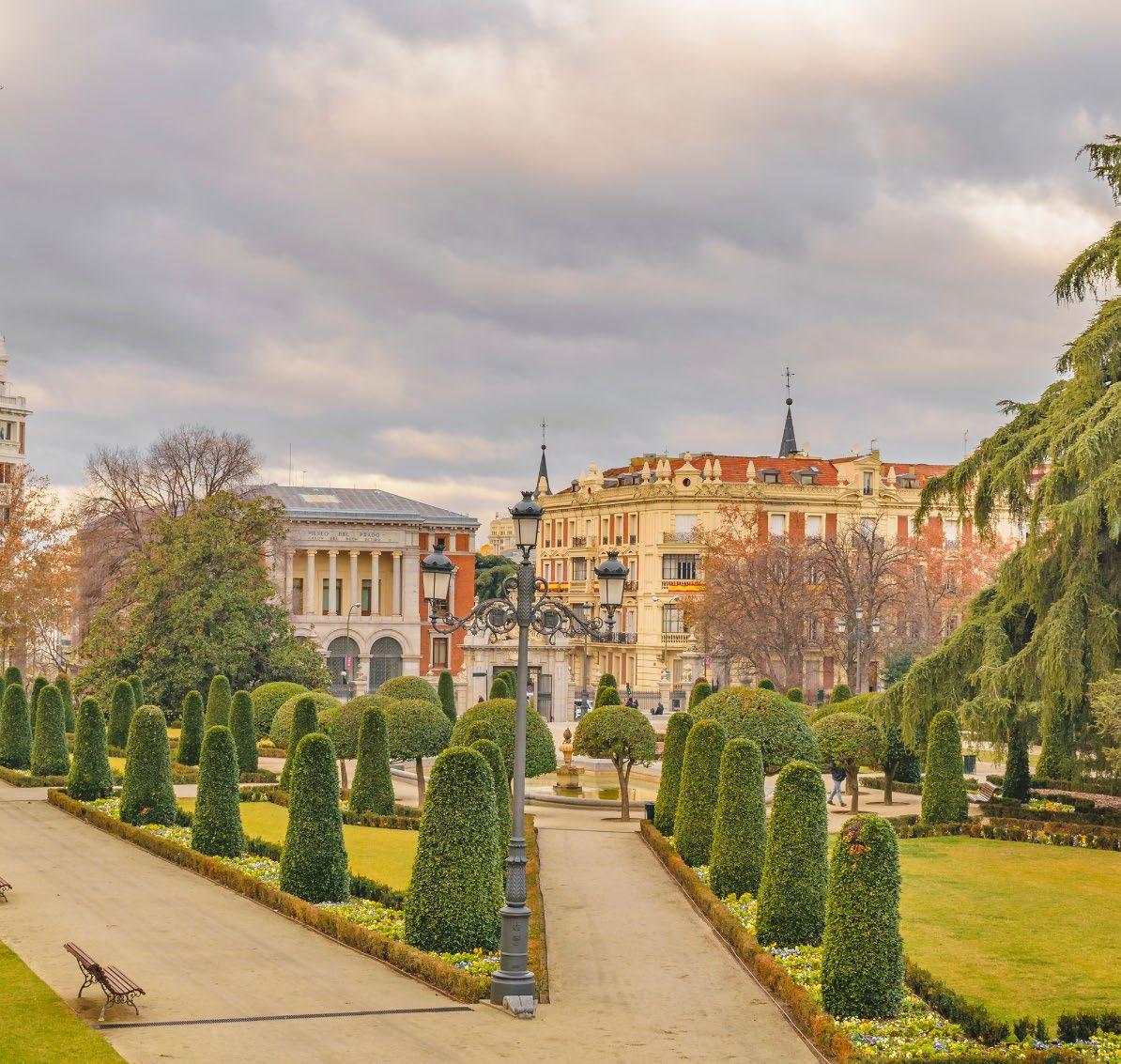

a semicircular colonnade and an equestrian statue of the monarch. Retiro is known for its beautifully landscaped gardens, including the Rosaleda (rose garden) and the Parterre, which features an ancient bald cypress tree, considered to be Madrid’s oldest. The park plays host to various events throughout the year, such as art exhibitions, concerts, and book fairs. It is also a popular spot for joggers, cyclists, and families enjoying picnics. Retiro Park is listed as a UNESCO World Heritage site, along with Paseo del Prado, due to its historical and cultural significance. Its blend of nature, history, and recreational activities makes it a must-visit for both locals and tourists in Madrid.
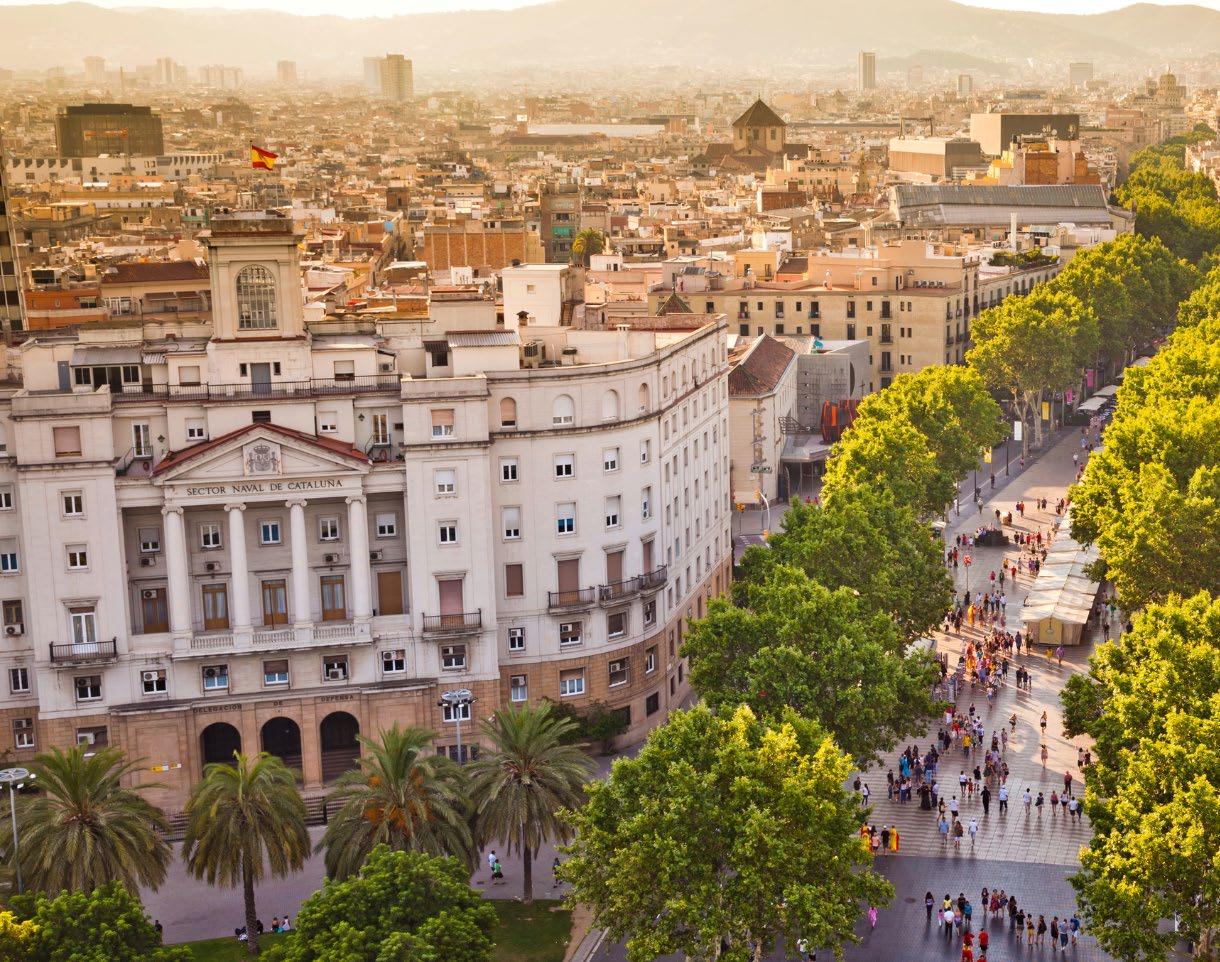
La Rambla is a famous tree-lined boulevard in the heart of Barcelona, Spain, stretching for 1.2 kilometers from Plaça de Catalunya to the Christopher Columbus Monument at Port Vell. Known for its vibrant atmosphere, La Rambla attracts both locals and tourists, offering a mix of historical landmarks, street performers, cafes, and markets. Historically, the street was once a small riverbed that marked the boundary between two areas of medieval Barcelona. Over time, it evolved into a bustling promenade. Today, it’s divided into sections, each with its own distinct features. One of its most well-known spots is the Mercat de Sant Josep de la Boqueria, a sprawling food market where visitors can enjoy fresh produce, meats, seafood, and
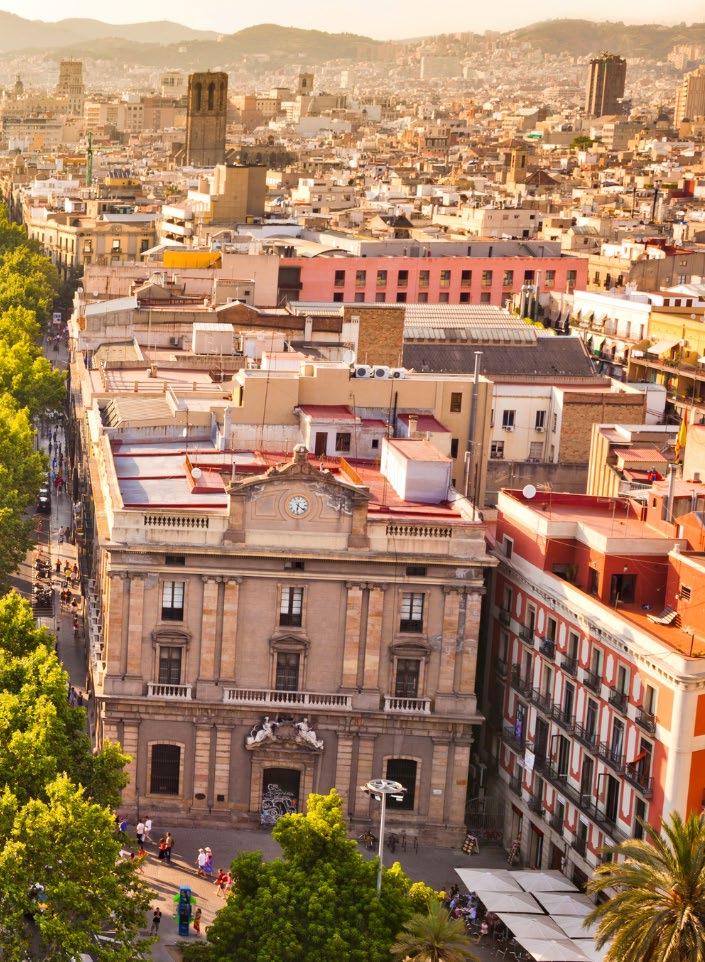
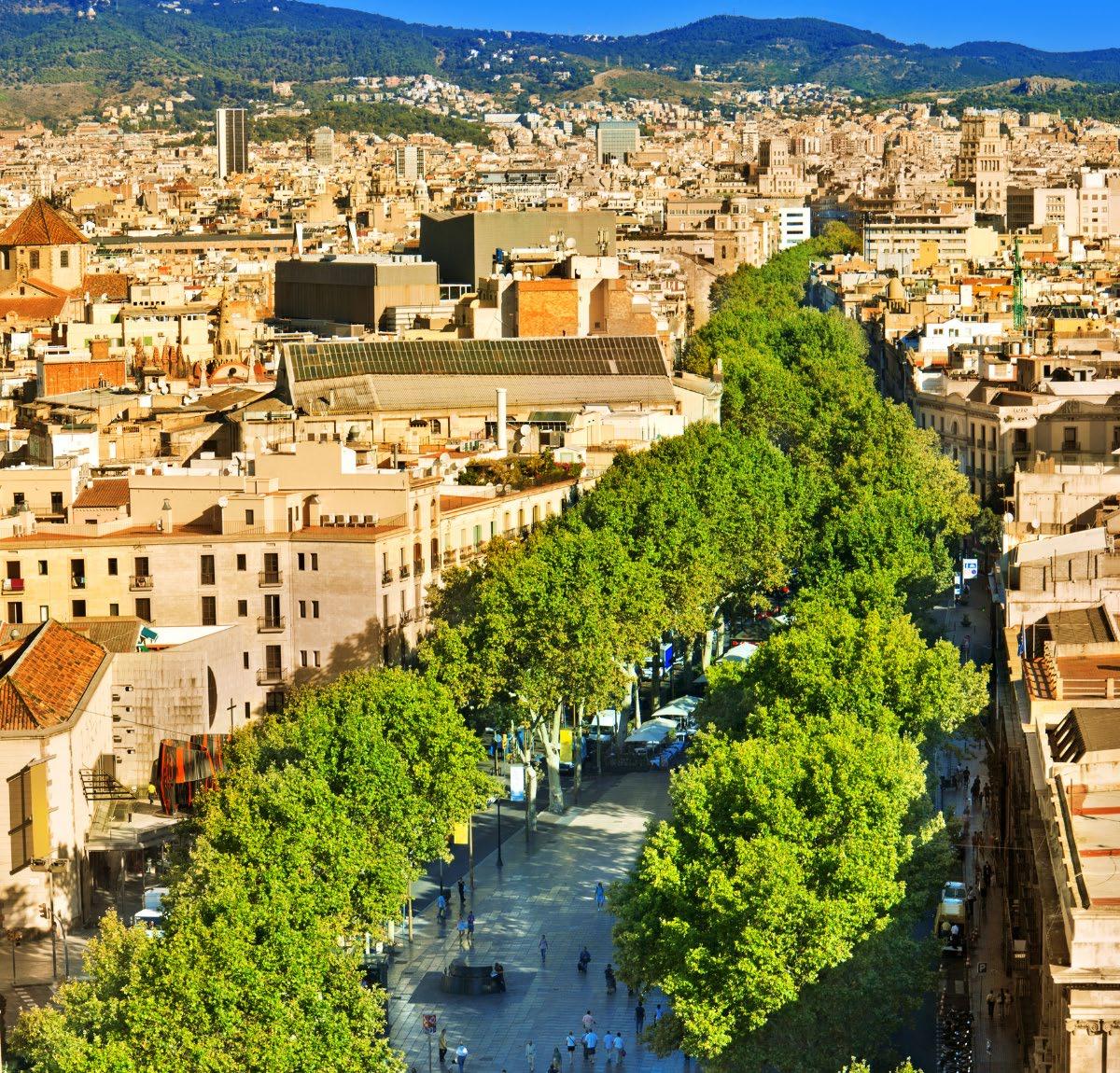
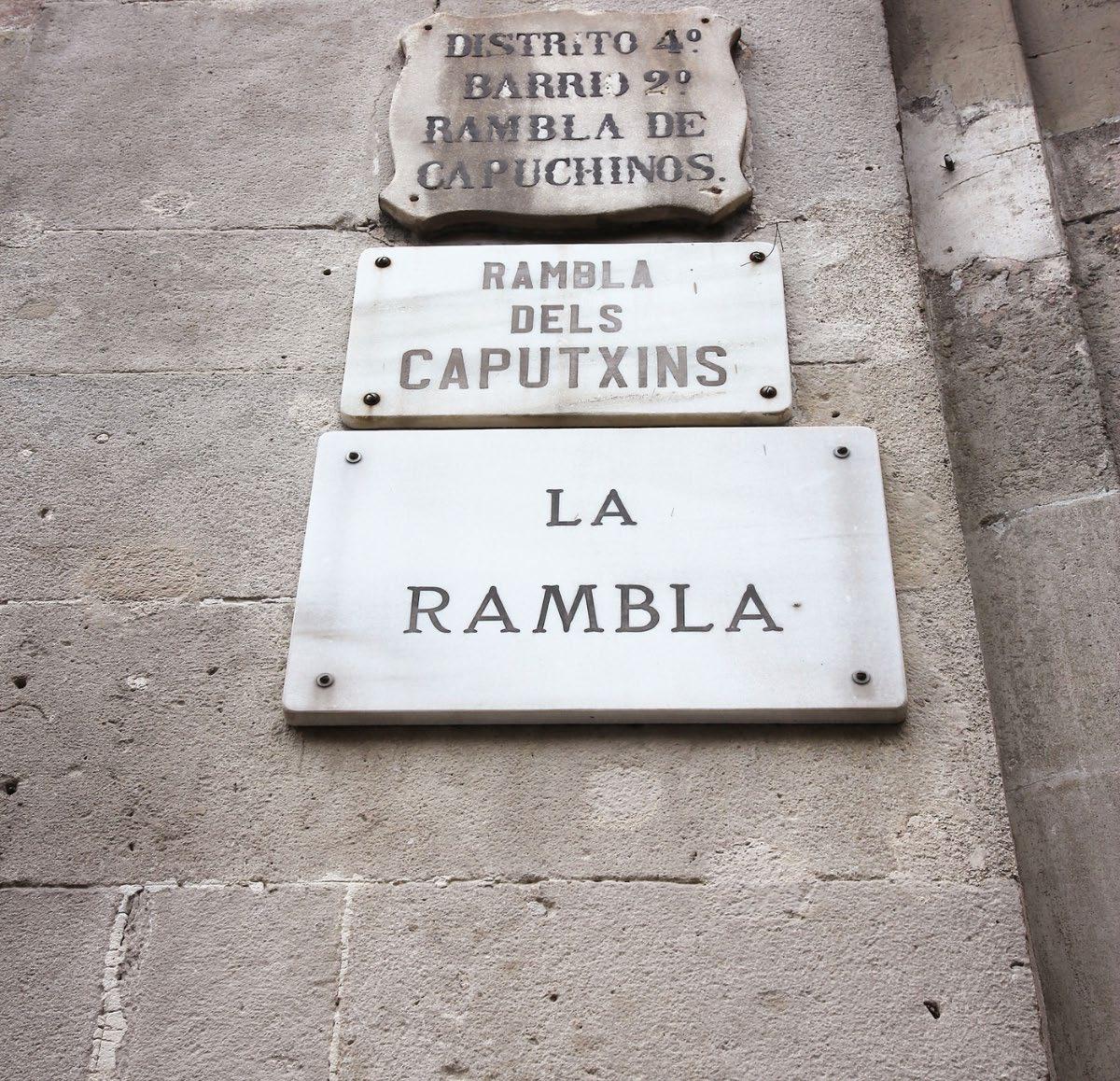
local Catalonian delicacies. La Rambla is also home to important cultural landmarks like the Gran Teatre del Liceu, a renowned opera house, and the Plaça Reial, a picturesque square surrounded by palm trees and filled with cafes and nightlife. The street’s lively energy is often accompanied by street artists, human statues, and a range of shops and stalls selling everything from souvenirs to handmade crafts. While it is a hub of activity, La Rambla has faced criticism for its commercialization and pickpocketing, a concern for many tourists. Despite these challenges, it remains an essential part of Barcelona’s identity, embodying the city’s rich history, culture, and modern vibrancy.
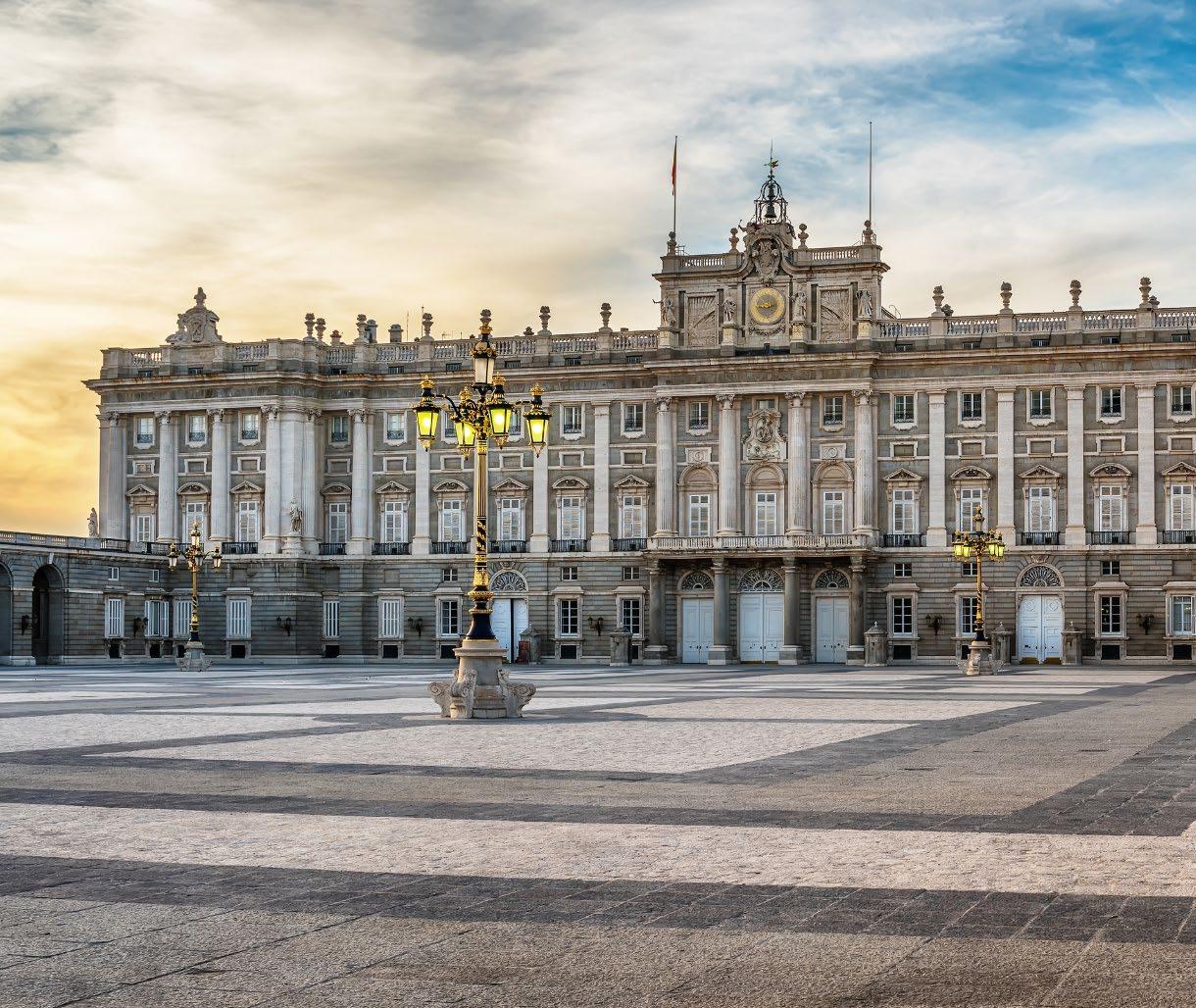
The Royal Palace of Madrid, known as “Palacio Real de Madrid,” is one of the most significant landmarks in Spain. Located in the heart of the city, it serves as the official residence of the Spanish royal family, though it is primarily used for state ceremonies today. The palace was constructed on the site of the former Alcázar, a Moorish castle that was destroyed by fire in 1734. King Philip V commissioned its reconstruction in the Baroque style, and the project was completed under King Charles III in 1764. The palace spans over 1.45 million square feet, making it one of the largest palaces in Europe, with 3,418 rooms. Inside, visitors can explore various opulent spaces such as the Throne Room, the Royal Armory, and the Royal Chapel, all showcasing
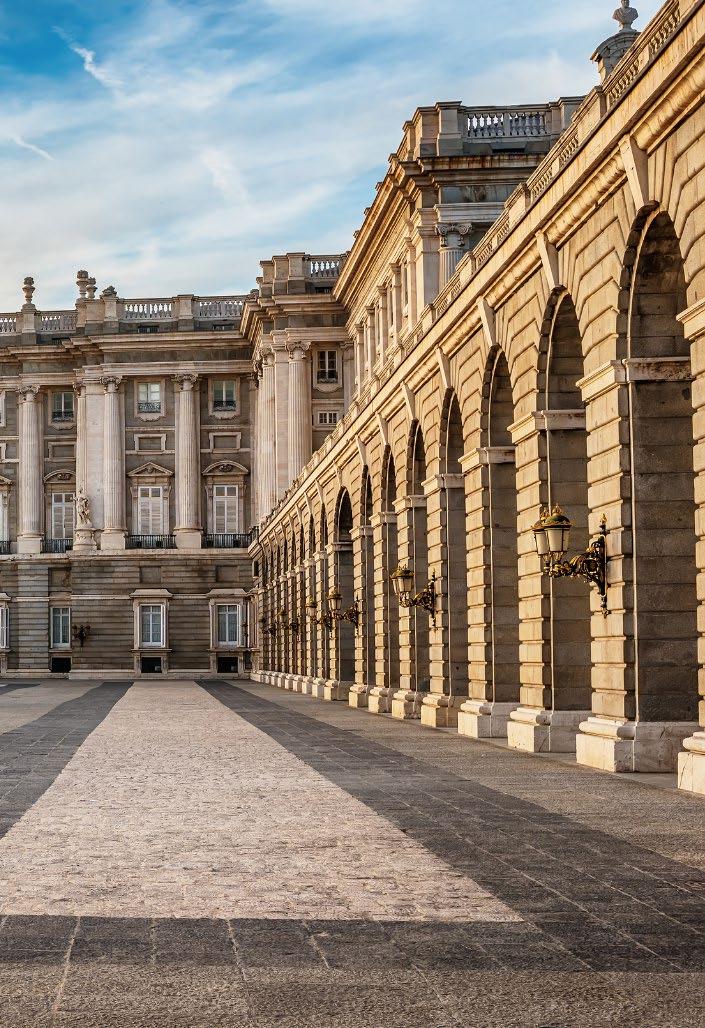
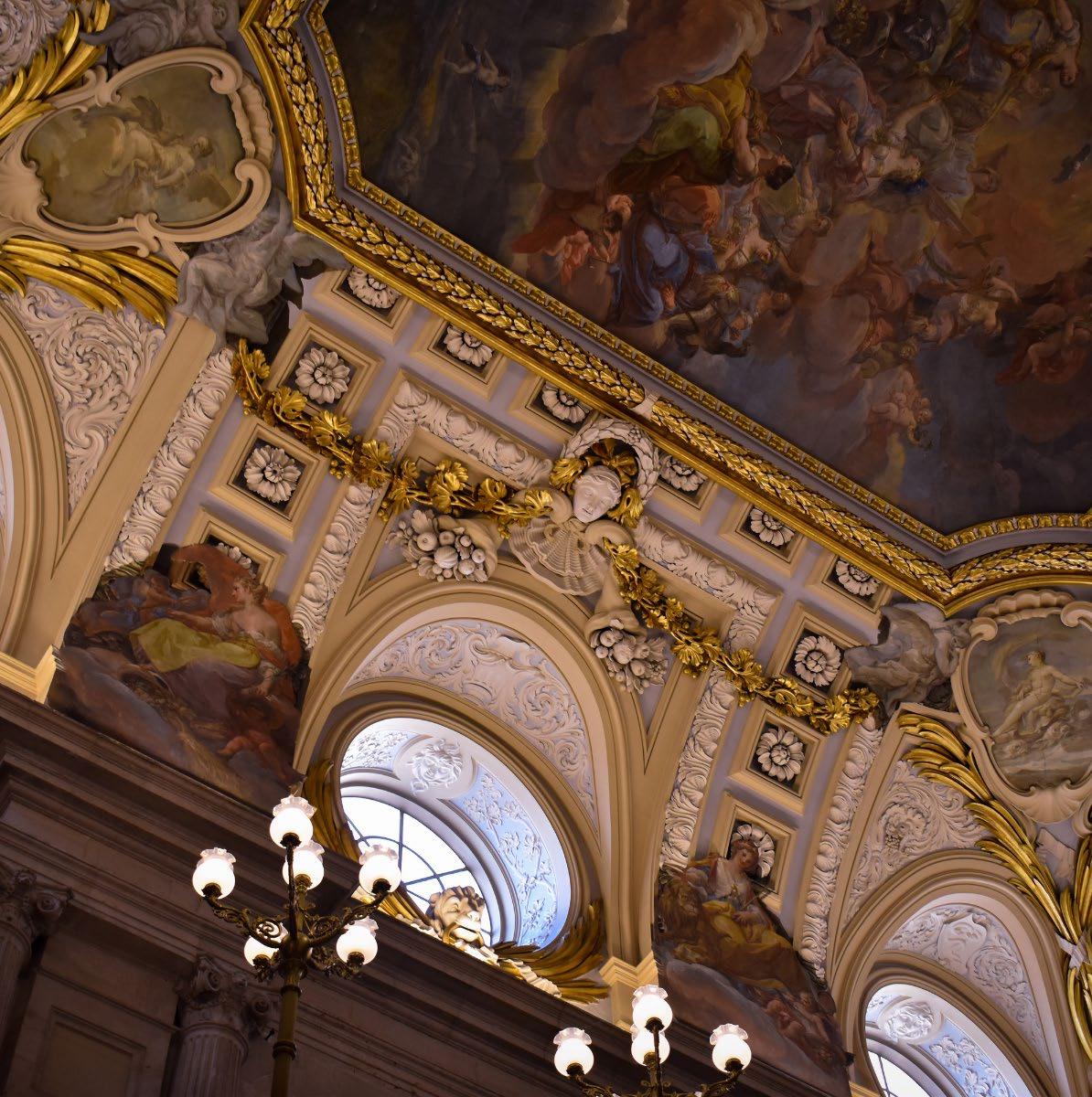
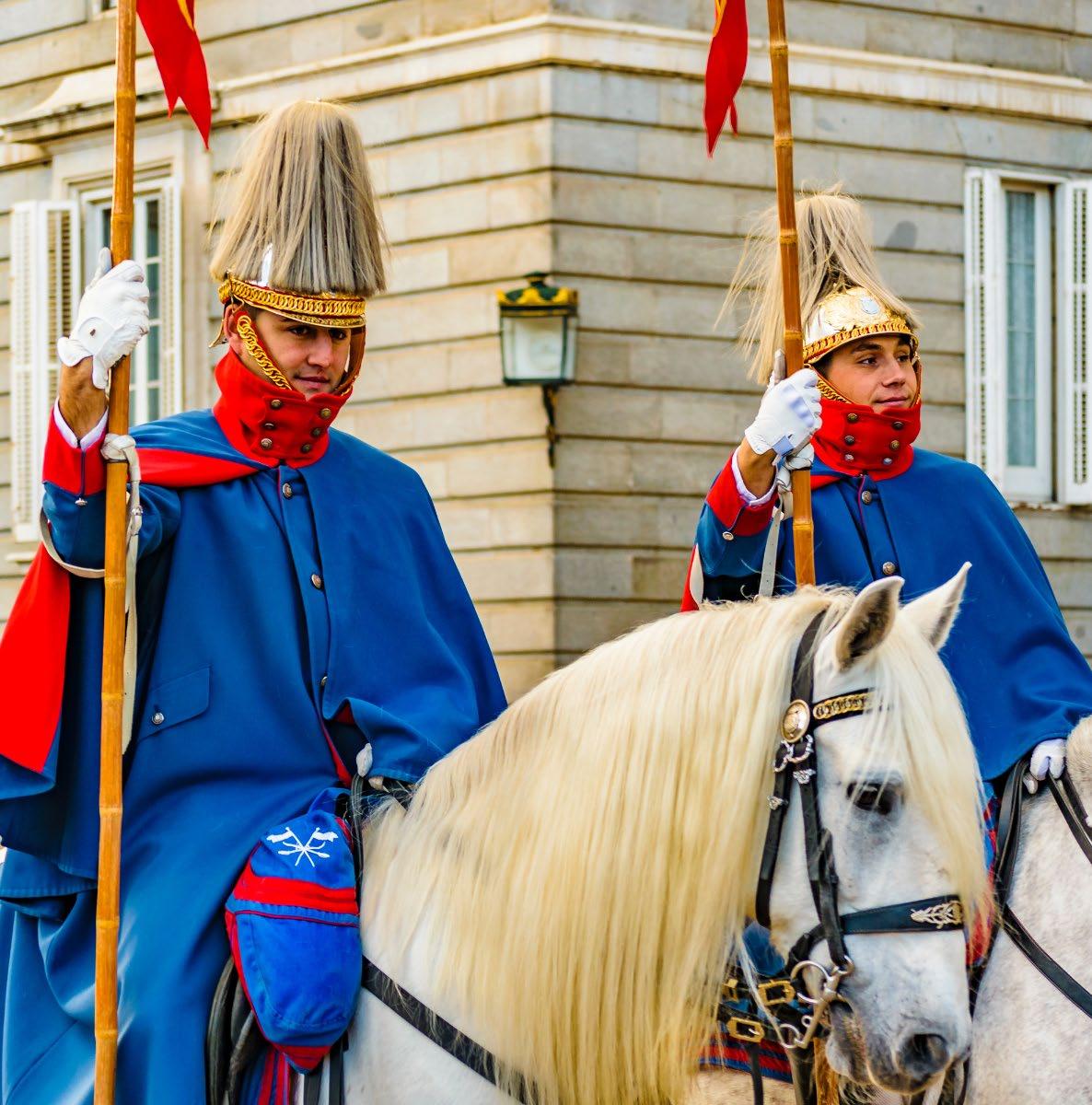
an array of period furniture, tapestries, paintings, and decorative arts from artists like Velázquez and Goya. The palace also houses significant collections of clocks, silverware, and musical instruments, including rare Stradivarius violins. The Royal Palace is surrounded by beautifully landscaped gardens, including the Campo del Moro and Sabatini Gardens, offering stunning views of the building and the city. It is open to the public year-round, allowing visitors to immerse themselves in Spain’s royal history while also admiring its architectural grandeur and cultural treasures. While the current royal family resides in the more modest Zarzuela Palace, the Royal Palace of Madrid remains a vital symbol of Spain’s monarchy and cultural heritage.
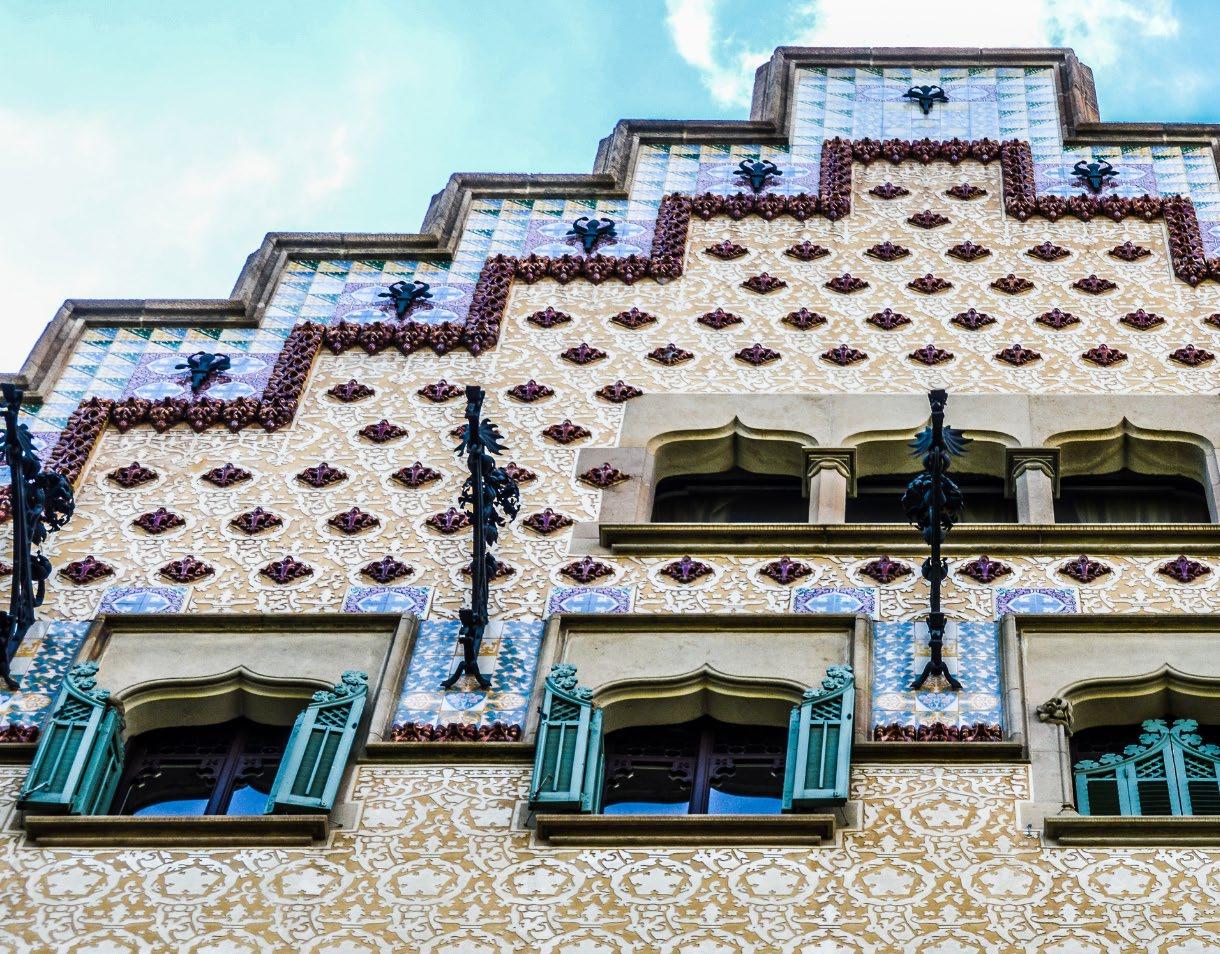
Casa Batlló is one of Barcelona’s most iconic buildings, designed by renowned architect Antoni Gaudí. Completed in 1906, it is a prime example of modernist architecture, showcasing Gaudí’s unique vision and creativity. Located on Passeig de Gràcia, the building was originally constructed in 1877 and later remodeled by Gaudí for textile industrialist Josep Batlló. The design is characterized by organic forms and vibrant colors, inspired by nature and Catalan culture. The building’s façade features undulating stonework and a mosaic of broken ceramic tiles, known as trencadís, which create a shimmering effect. The balconies resemble masks or bones, leading many to nickname the structure the “House of Bones.” The roof, with its
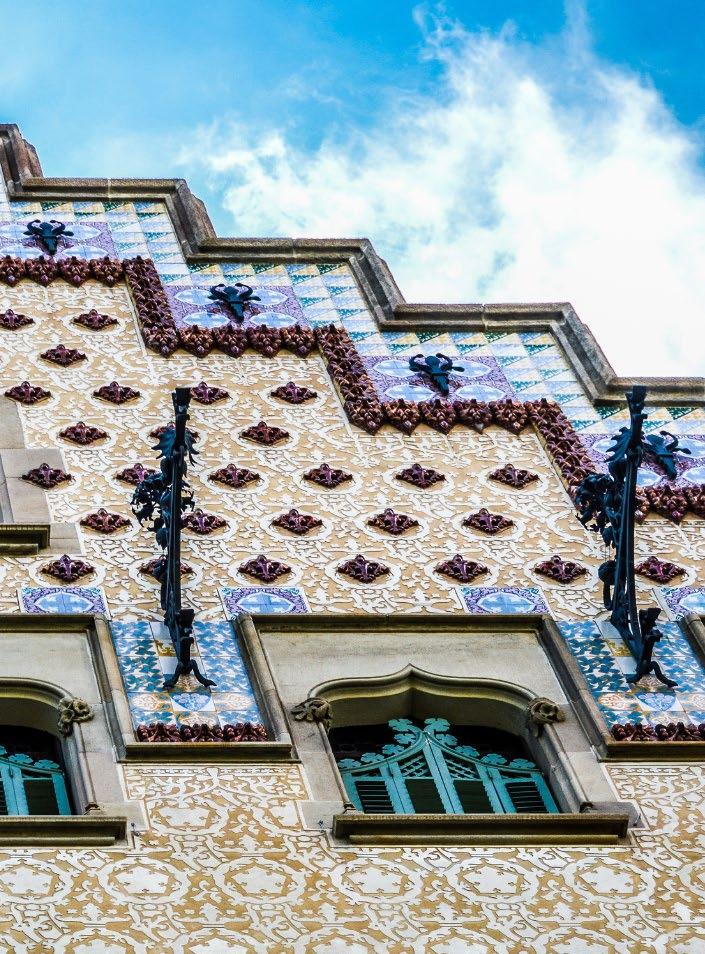
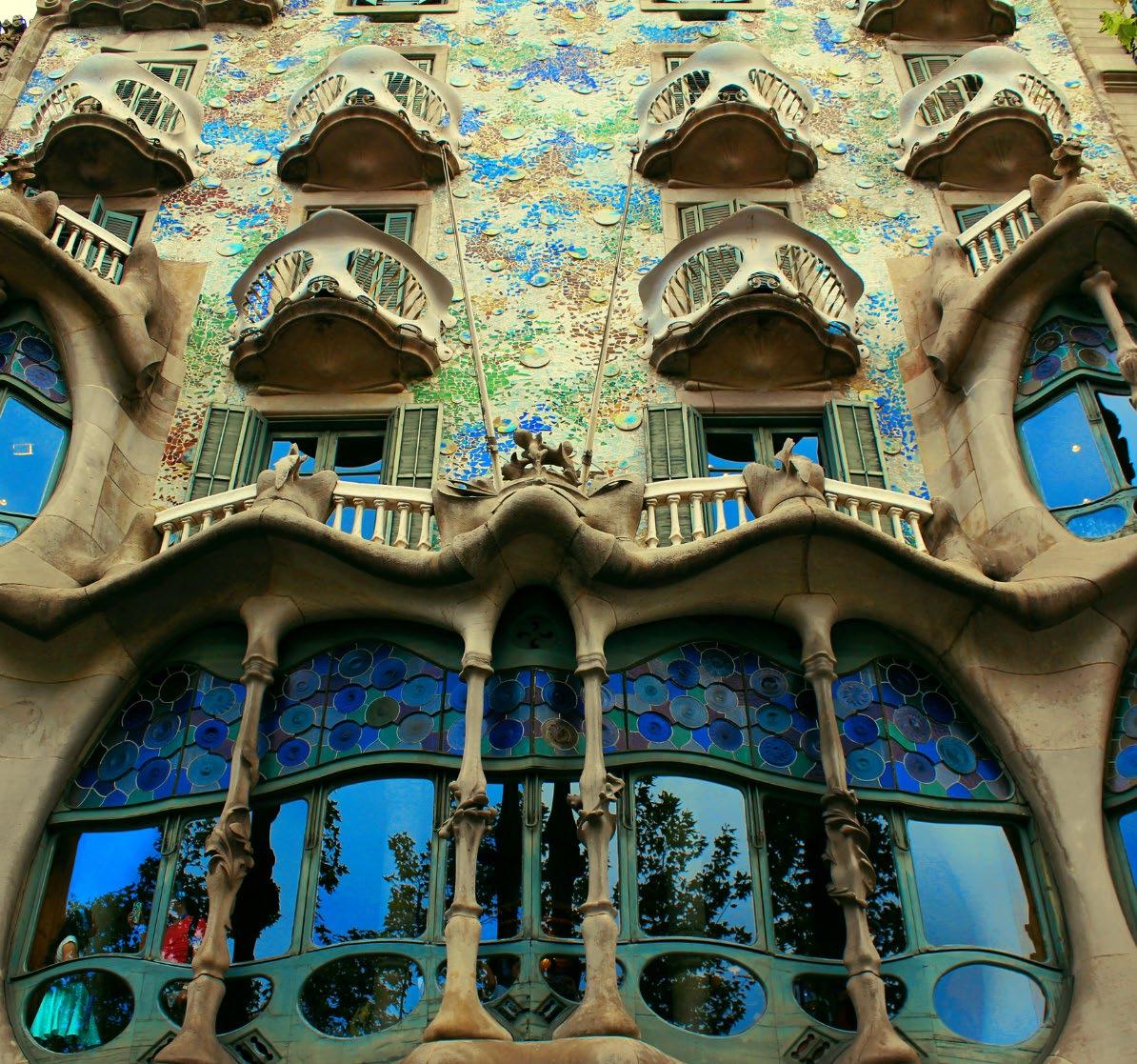
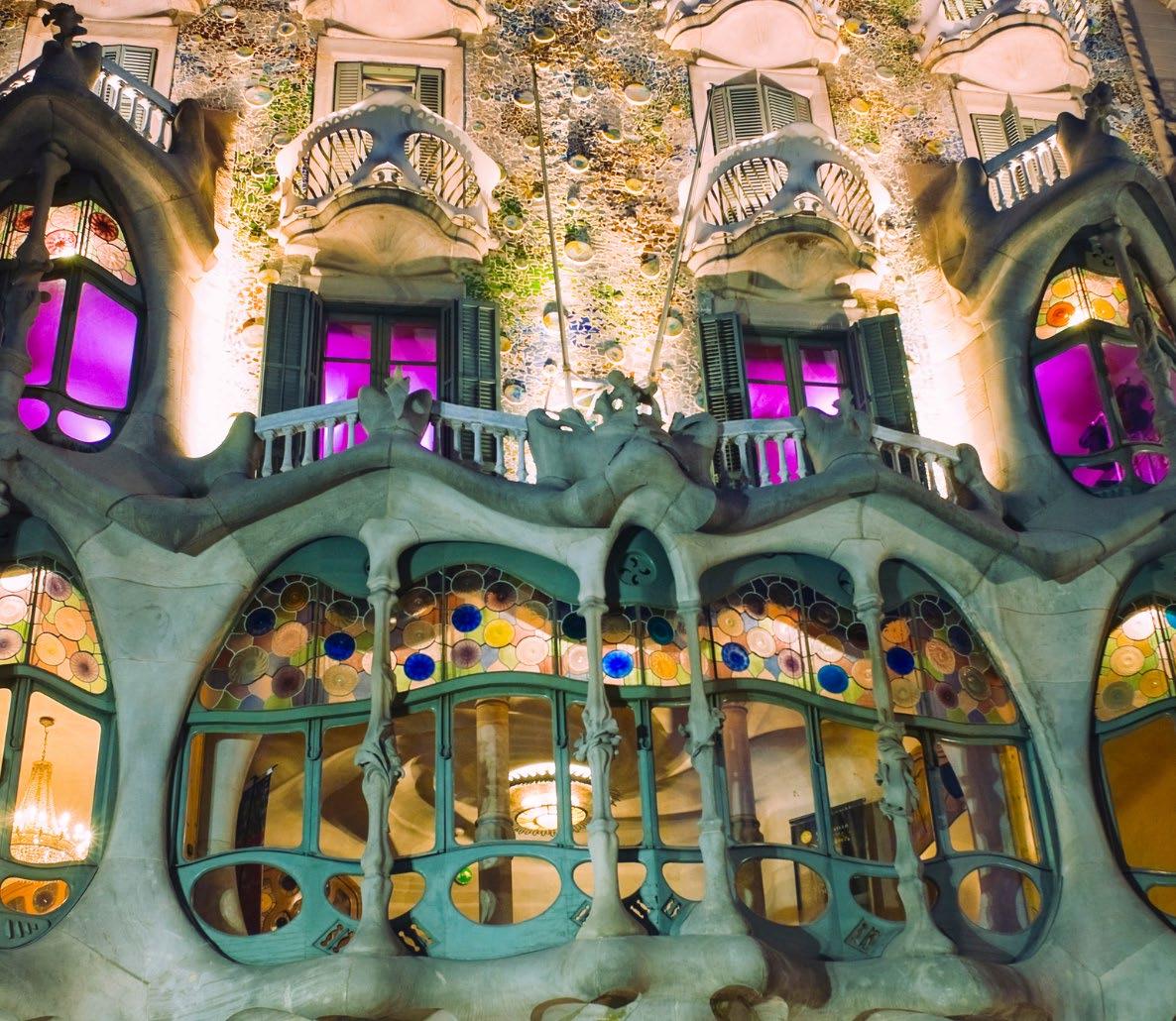
arched shape and colorful tiles, evokes the back of a dragon, a motif often associated with Catalonia’s patron saint, St. George. Inside, Casa Batlló is equally impressive, with flowing lines, intricate woodwork, and skylights that allow natural light to filter throughout the building. Gaudí’s attention to detail extends to every aspect, from the ventilation system to the ergonomic design of the furniture. Casa Batlló is a UNESCO World Heritage Site and an important cultural landmark, drawing millions of visitors annually. It is a symbol of Barcelona’s architectural innovation and a testament to Gaudí’s genius. The building continues to inspire architects and artists worldwide, representing the height of Catalan modernism and the blending of form and function in a truly imaginative way.

El Teide National Park, located on the island of Tenerife in Spain’s Canary Islands, is a UNESCO World Heritage Site and one of the most visited national parks in Europe. The park is named after Mount Teide, a dormant volcano that is the highest peak in Spain and the third-highest volcanic structure in the world, rising to 3,718 meters (12,198 feet). Its dramatic landscapes are characterized by volcanic formations, vast lava fields, and striking rock structures shaped by millions of years of volcanic activity. Teide’s towering presence, along with the Las Cañadas caldera, a large volcanic depression formed by multiple eruptions and collapses, gives the park an otherworldly appearance, often likened to a lunar or Martian landscape. The park is home



to a rich variety of endemic species, including unique flora like the Teide violet and rare fauna such as the Tenerife lizard. El Teide’s high altitude creates a unique microclimate that supports diverse ecosystems, from pine forests at lower elevations to barren, rocky terrain at the summit. Additionally, the clear, dark skies above the park make it a prime destination for stargazing, attracting astronomy enthusiasts from around the world. Hiking, guided tours, and the popular cable car to the summit of Mount Teide offer visitors a chance to explore and appreciate the park’s geological and natural wonders. El Teide National Park is not only a place of natural beauty but also holds cultural significance, being a revered site for the indigenous Guanche people.
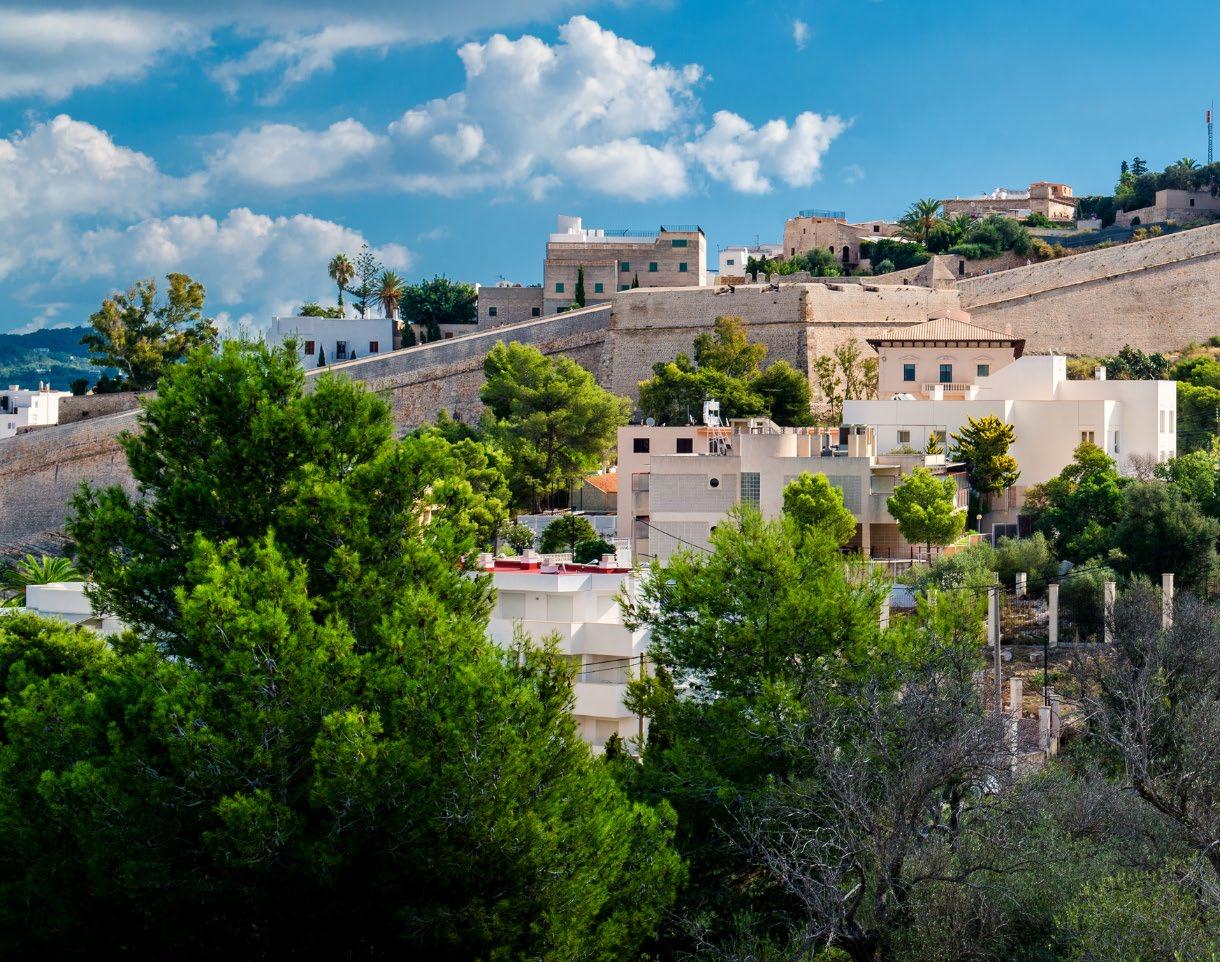
Old Town Ibiza, also known as Dalt Vila, is a UNESCO World Heritage site that offers a glimpse into the rich history and culture of Ibiza. Located on a hill overlooking the Mediterranean Sea, the fortified area dates back to Phoenician times, though its most prominent features, such as the walls and fortifications, were developed during the Renaissance by the Spanish monarchy to protect against pirates and invaders. The Old Town is a labyrinth of cobbled streets, narrow alleyways, and historic buildings that blend Moorish, medieval, and Spanish influences. At its heart is the Cathedral of Santa María, built in the 13th century, which offers stunning views of the island and the sea. Dalt Vila is a treasure trove of cultural landmarks, including the
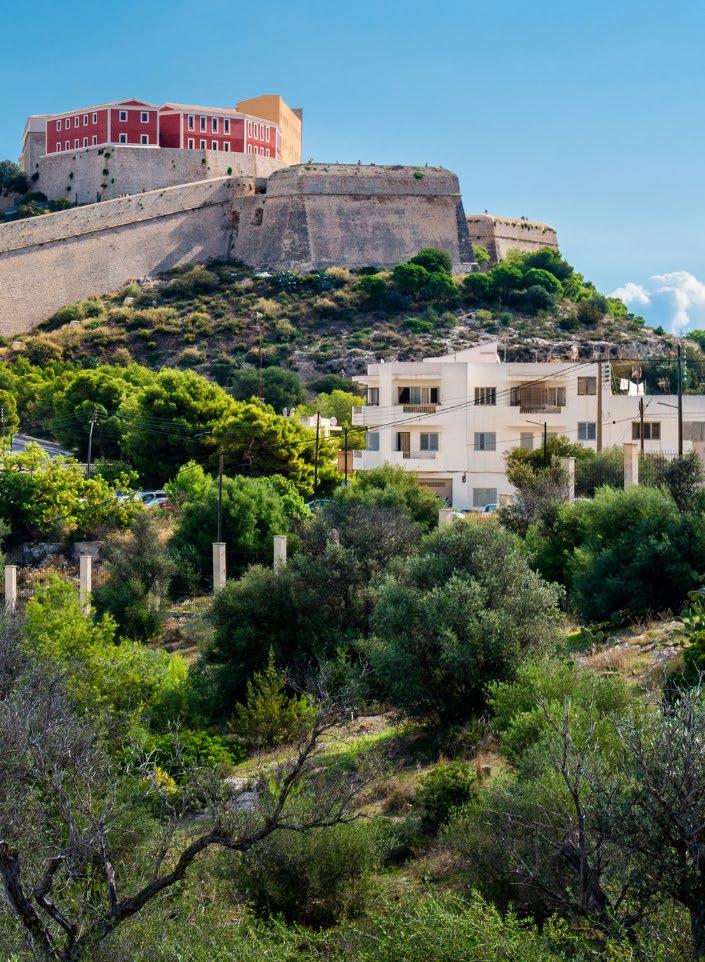
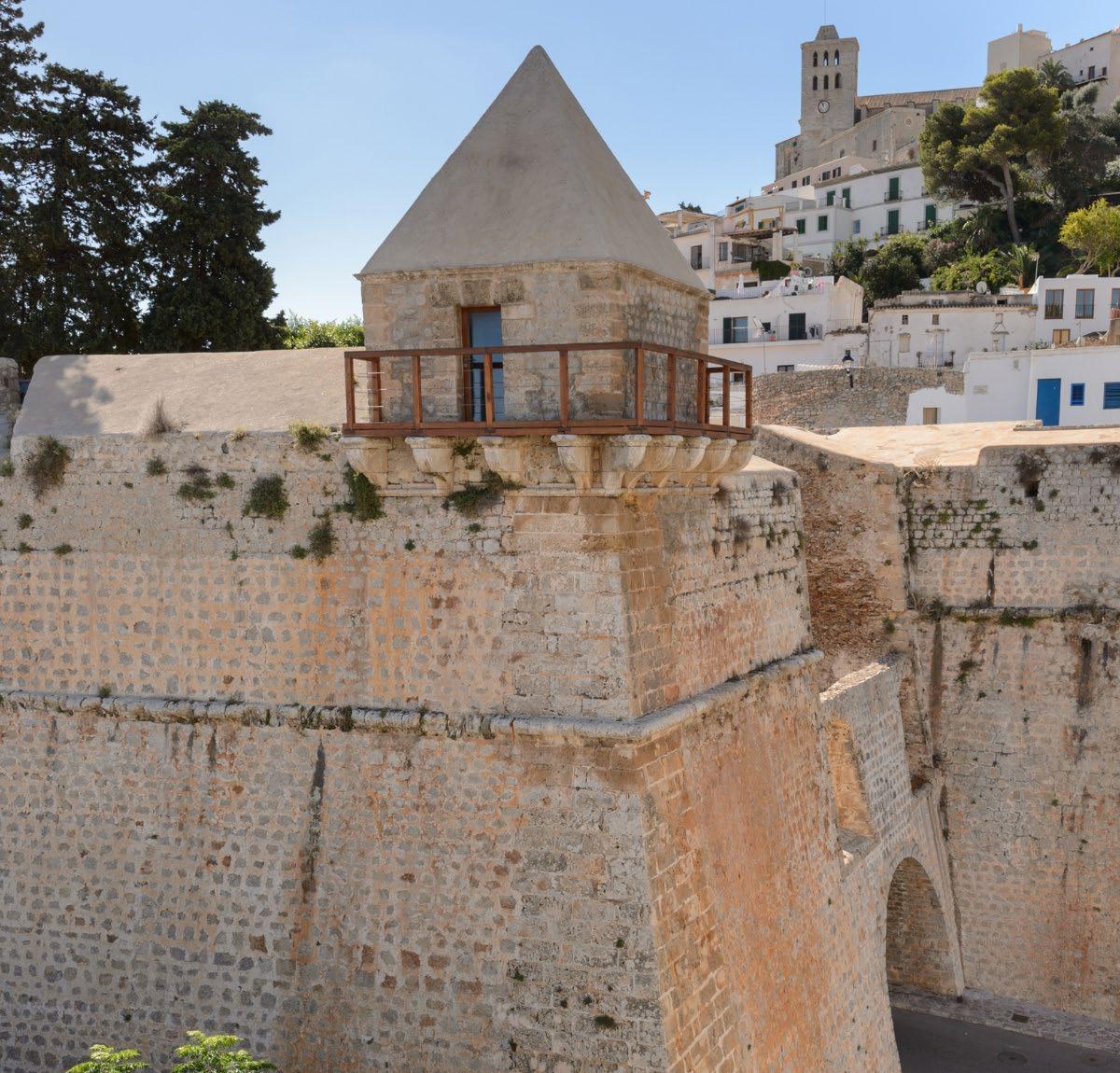
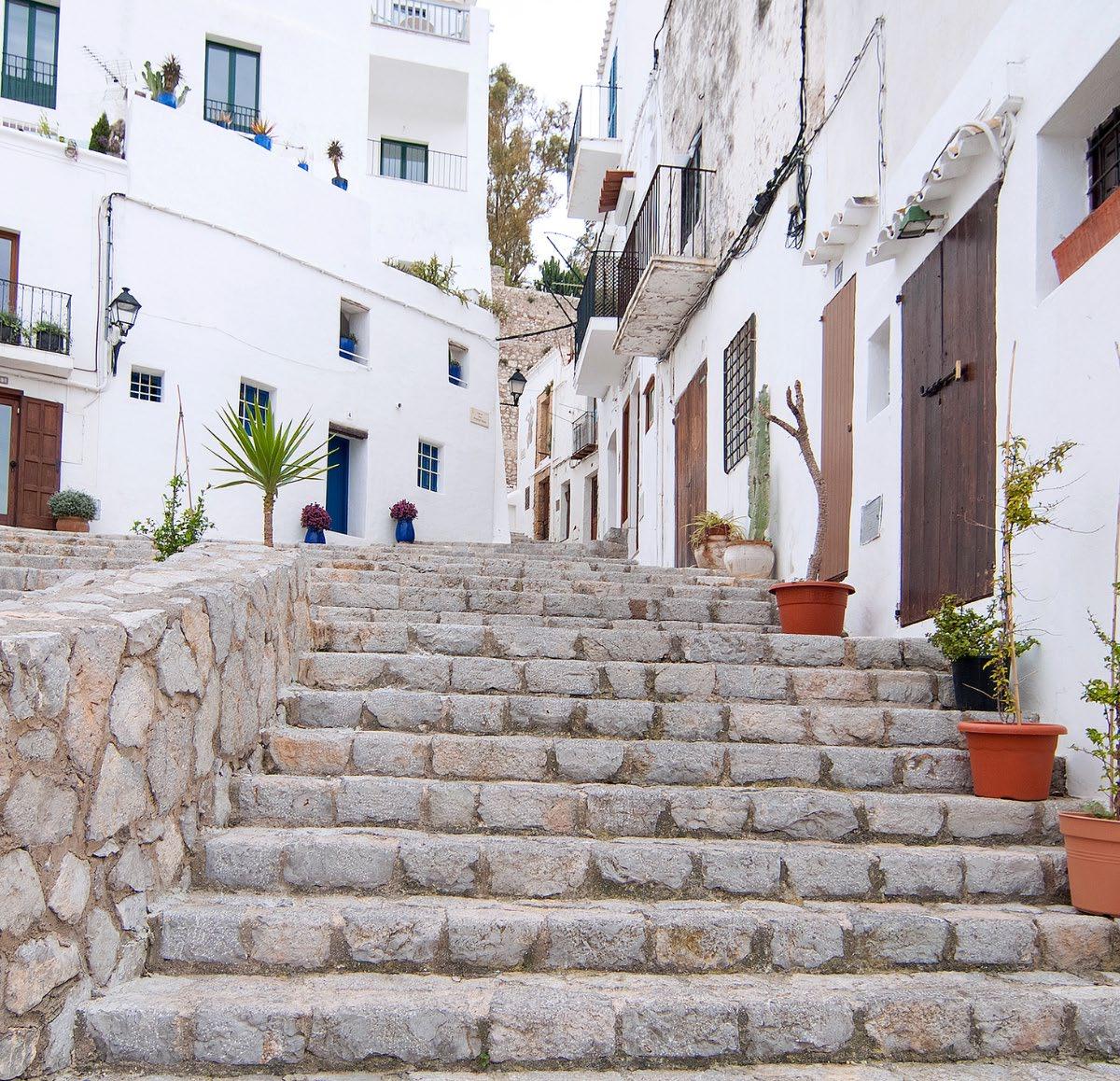
Archaeological Museum and the Bishop’s Palace, that showcase Ibiza’s long history. The area is also home to an array of art galleries, restaurants, and shops that cater to both locals and tourists. The vibrant nightlife for which Ibiza is famous spills over into the Old Town’s streets, with lively bars and cafés lining the squares. Yet, despite its modernity, Old Town Ibiza retains a sense of timeless charm, attracting visitors looking to experience its historic ambiance. Whether wandering through its ancient streets during the day or enjoying its bustling atmosphere at night, Old Town Ibiza offers a unique blend of history, culture, and Mediterranean allure that captivates anyone who visits.

Wishing everyone embarking on their pilgrimage a journey filled with peace, reflection, and profound spiritual growth. May your path be blessed with safety, companionship, and moments of inspiration as you explore the sacred sites and rich history that await you. May you return home with cherished memories and a renewed sense of purpose. Bon voyage and may this pilgrimage bring you deep fulfillment and blessings!

